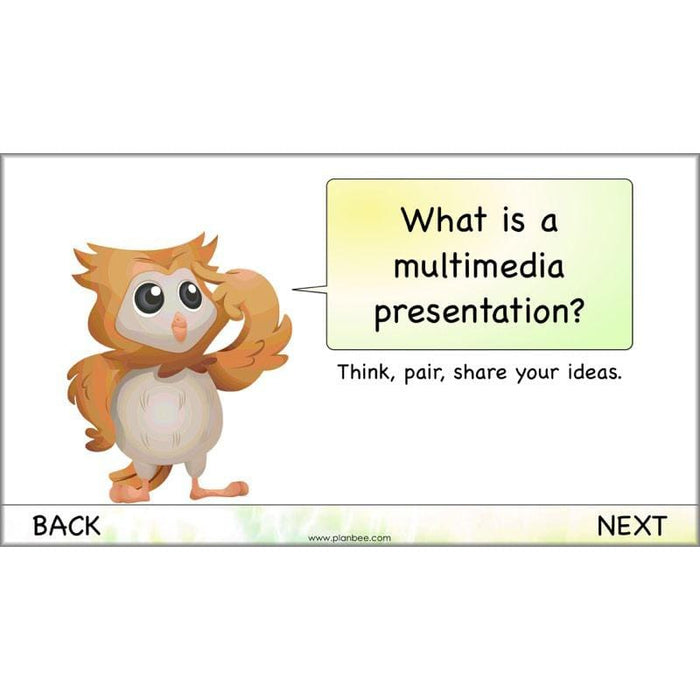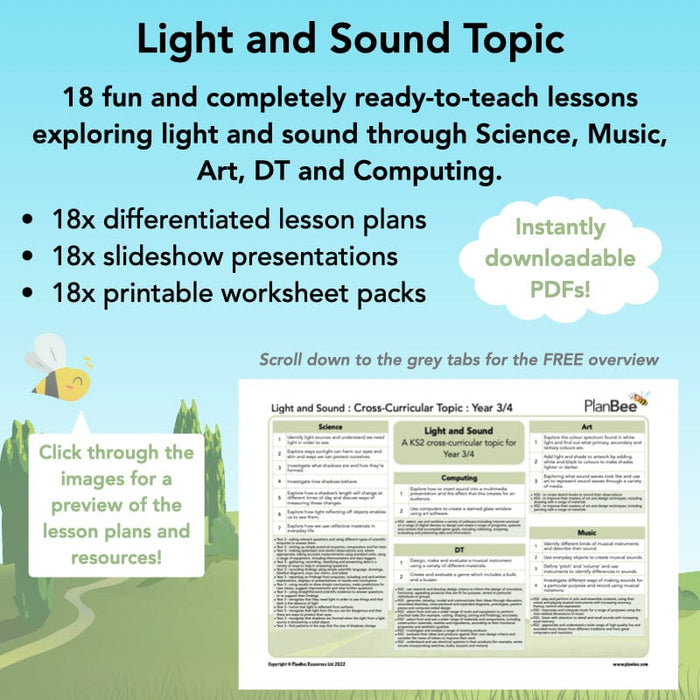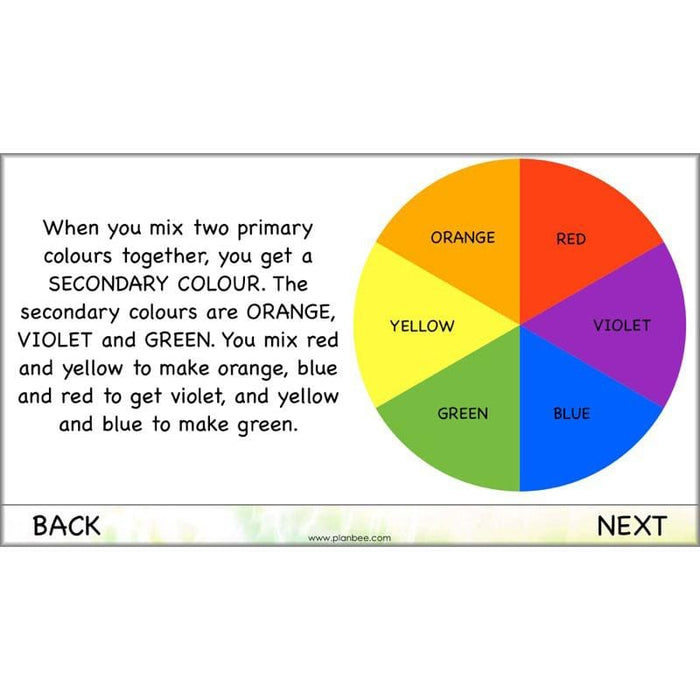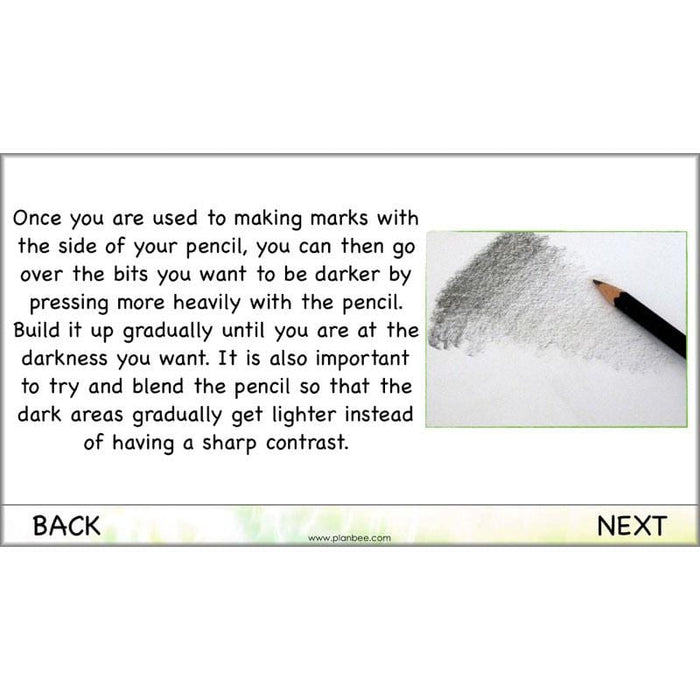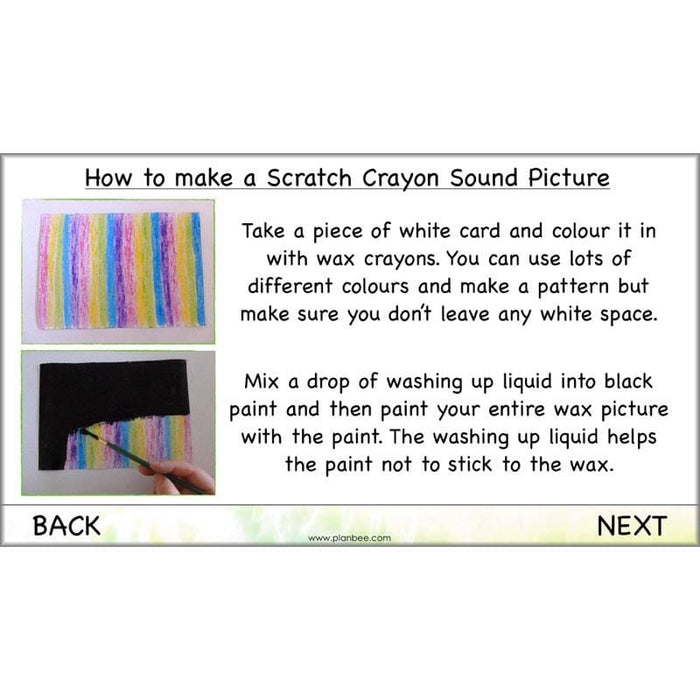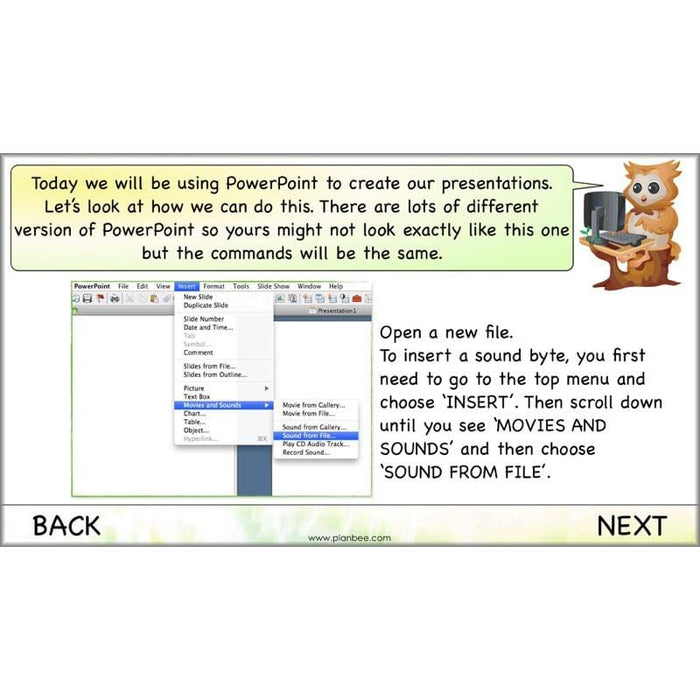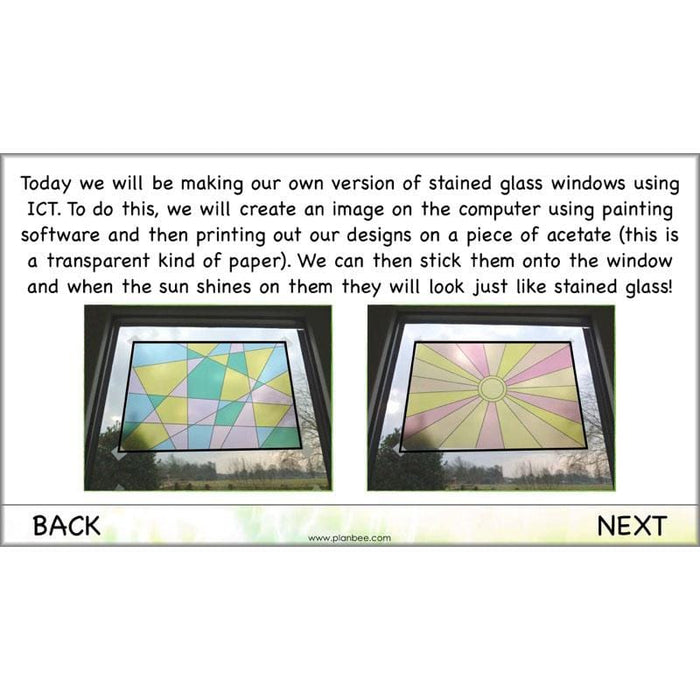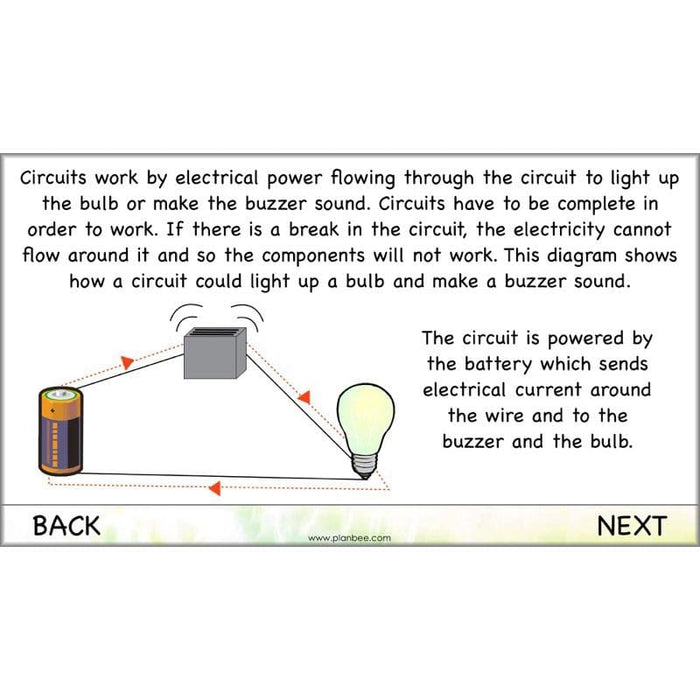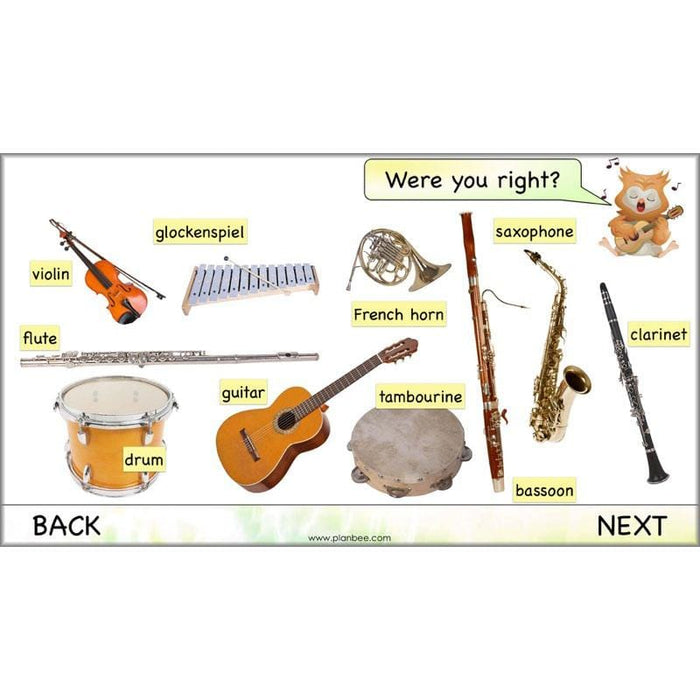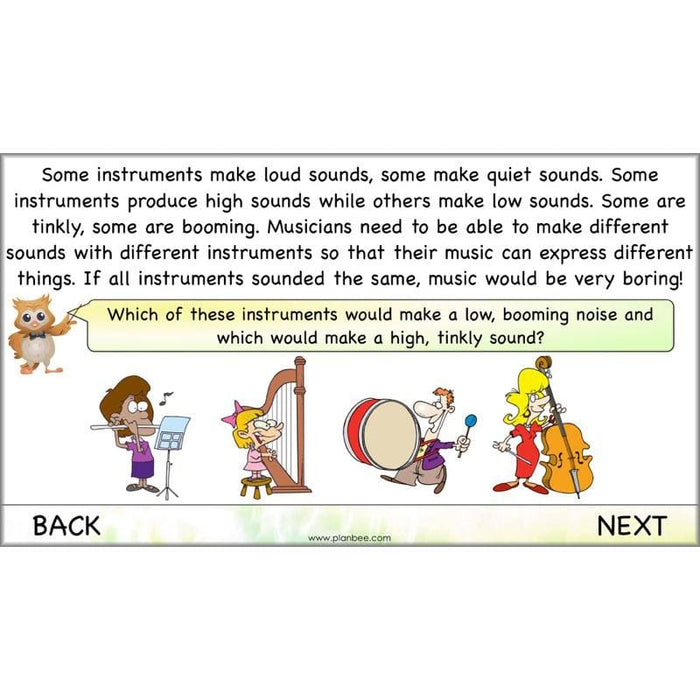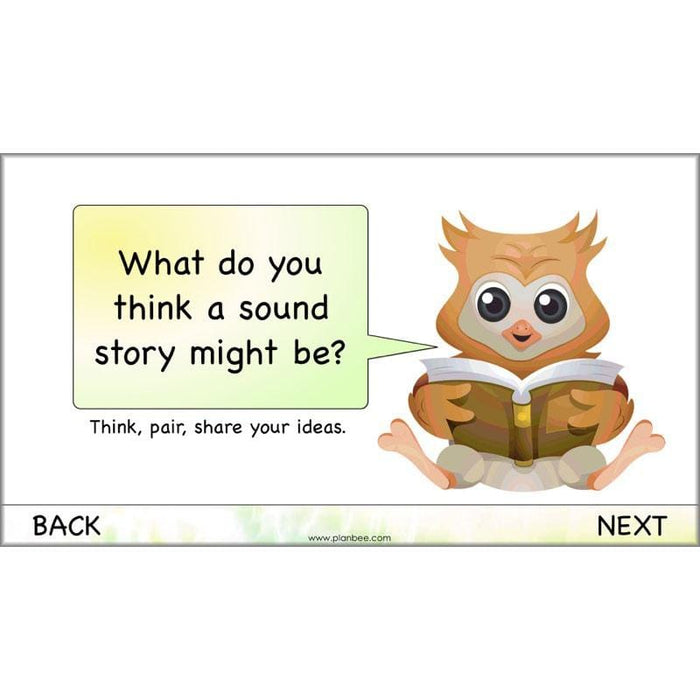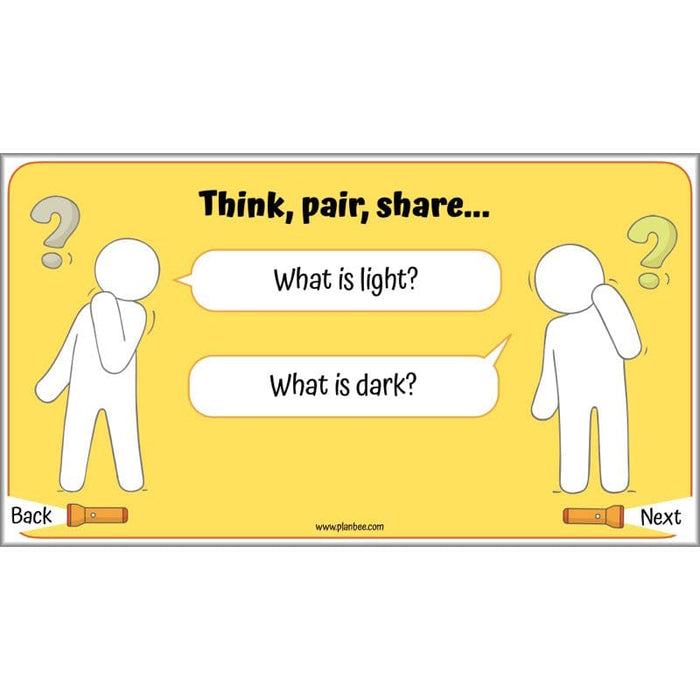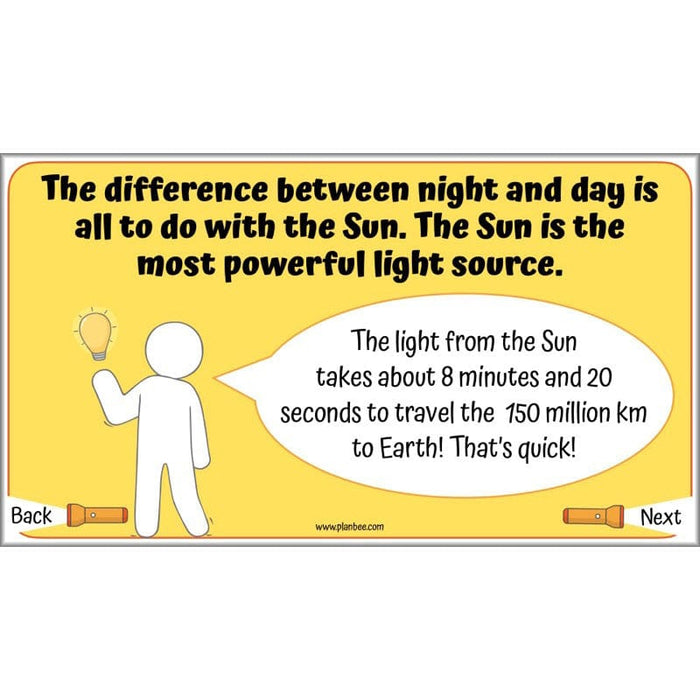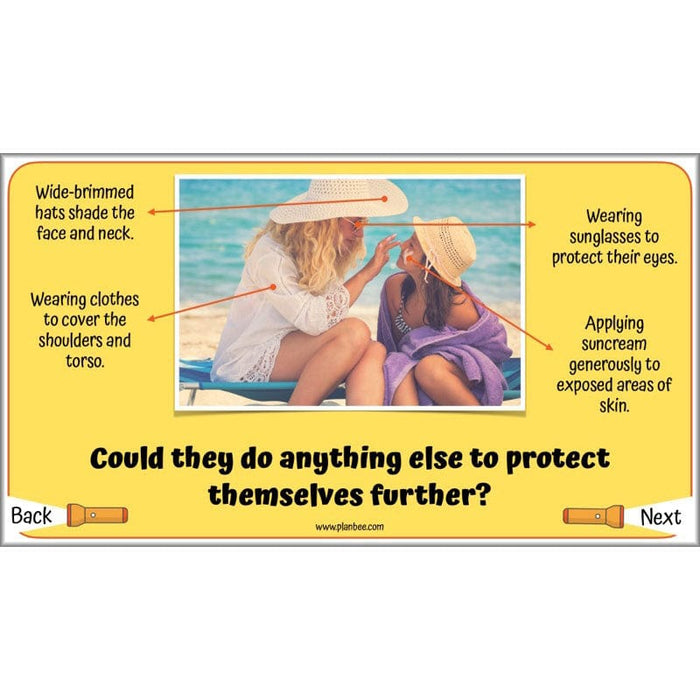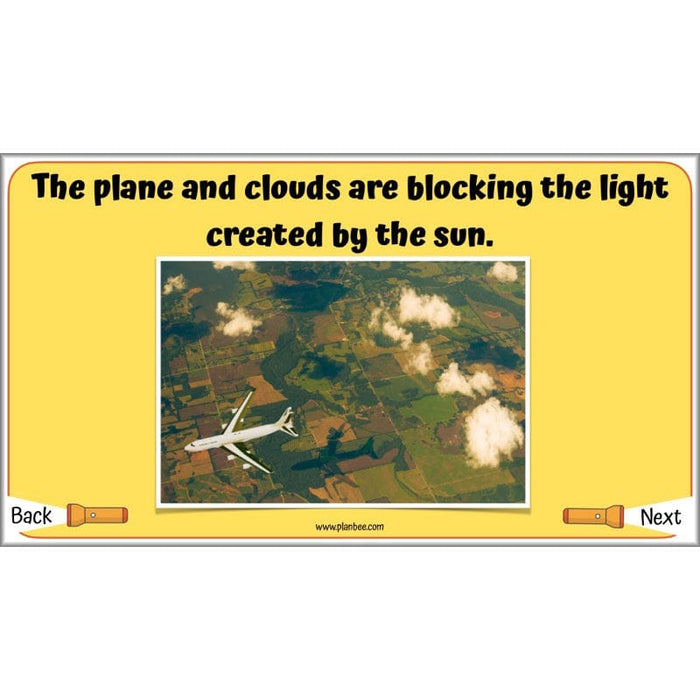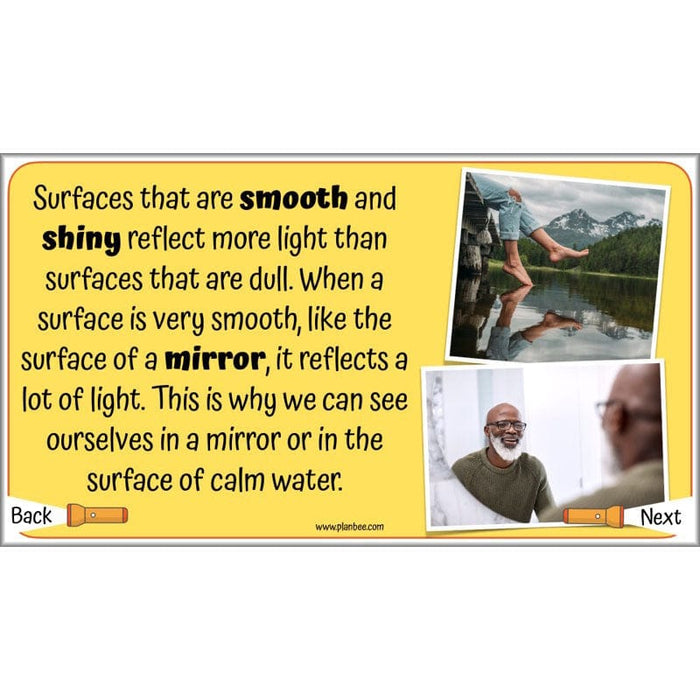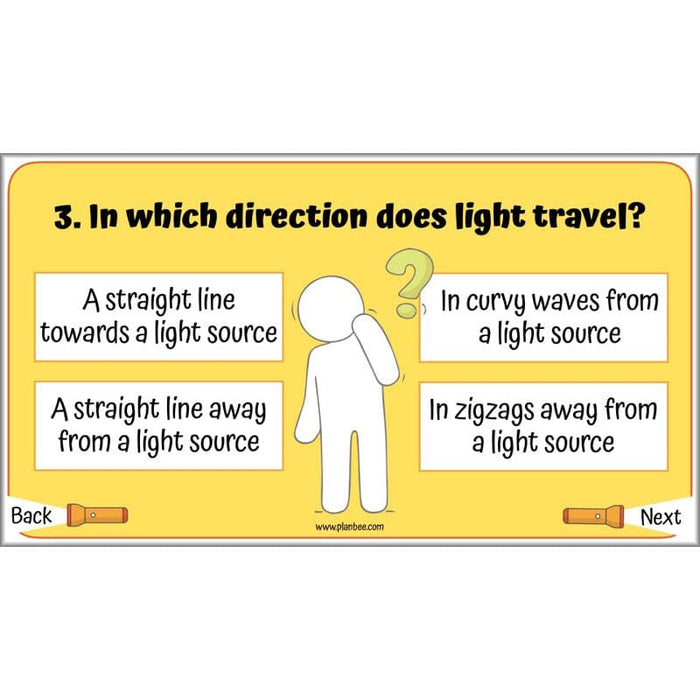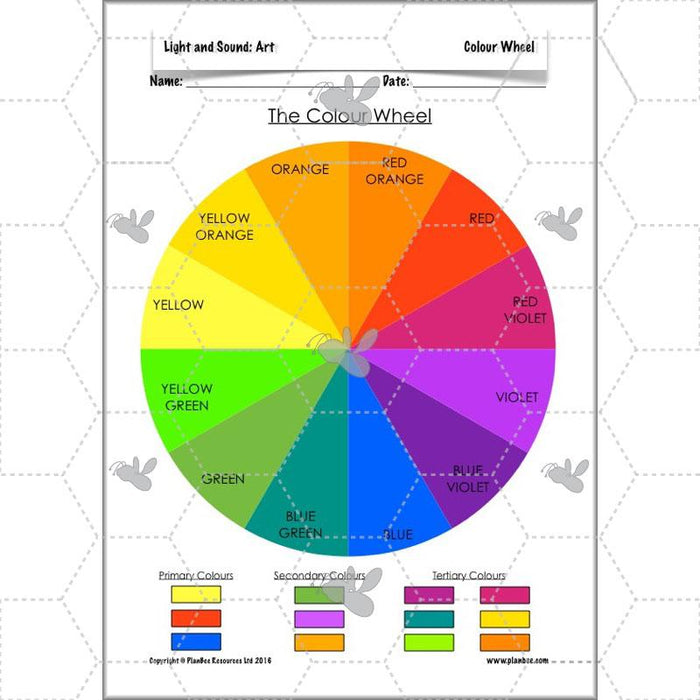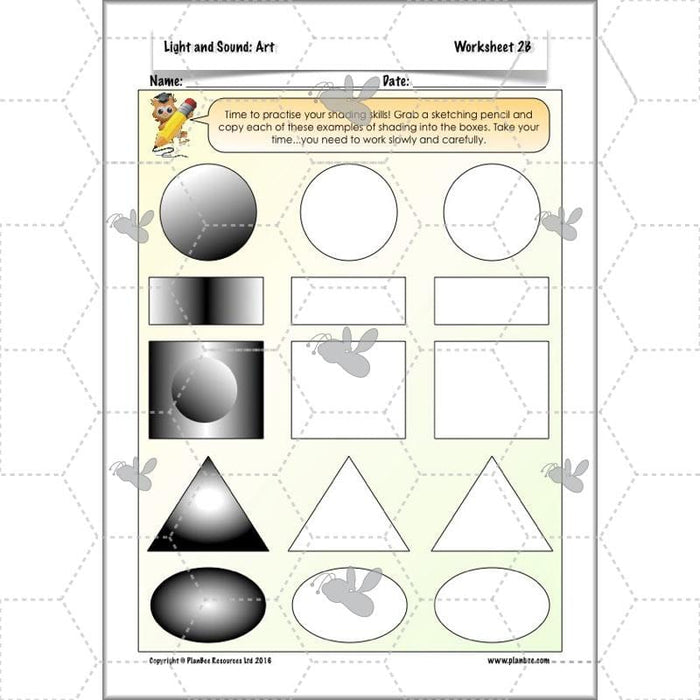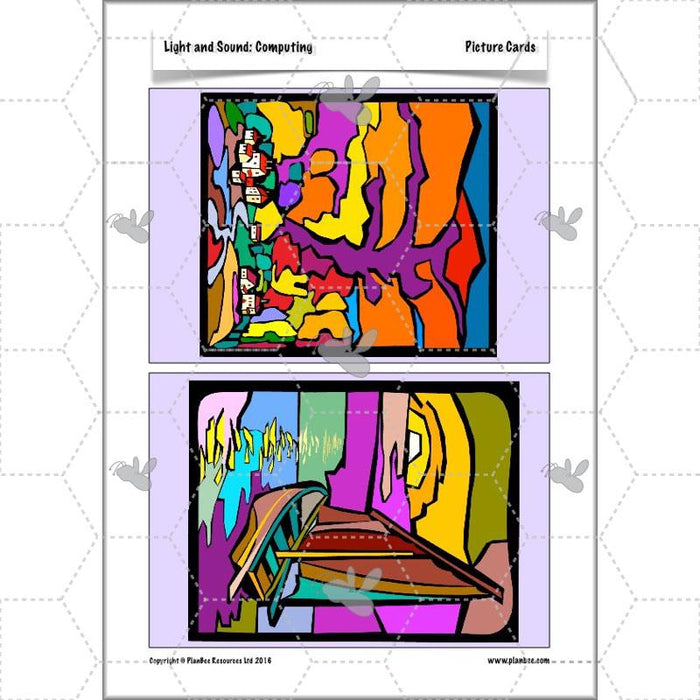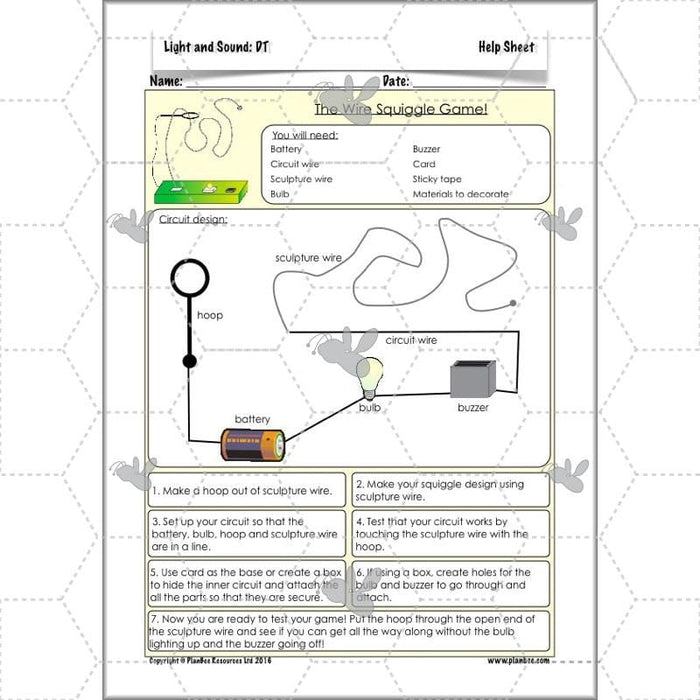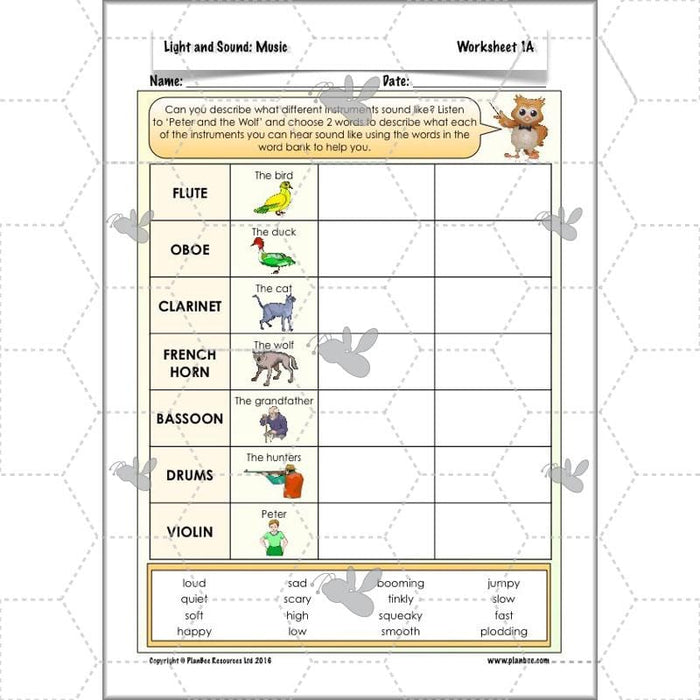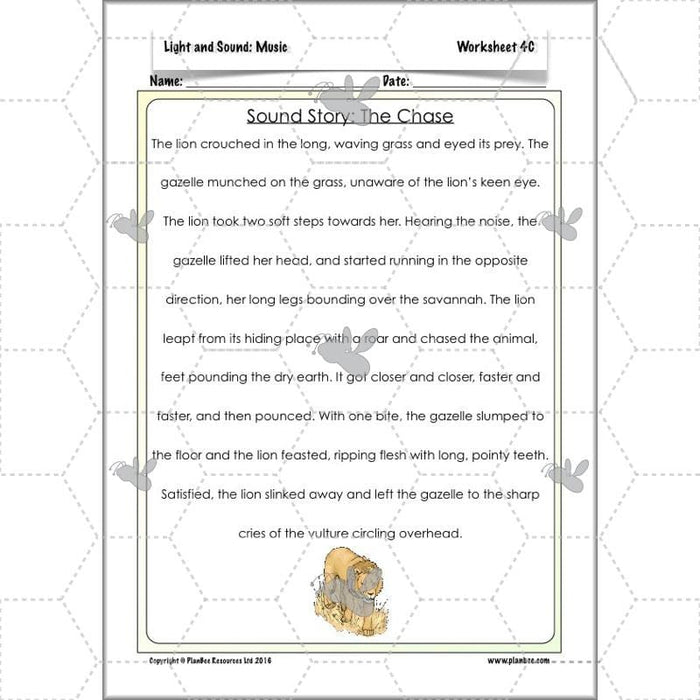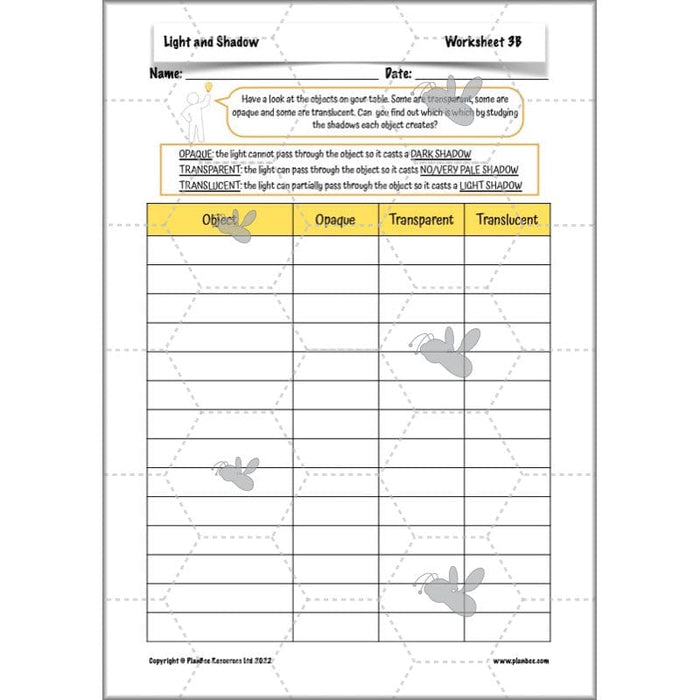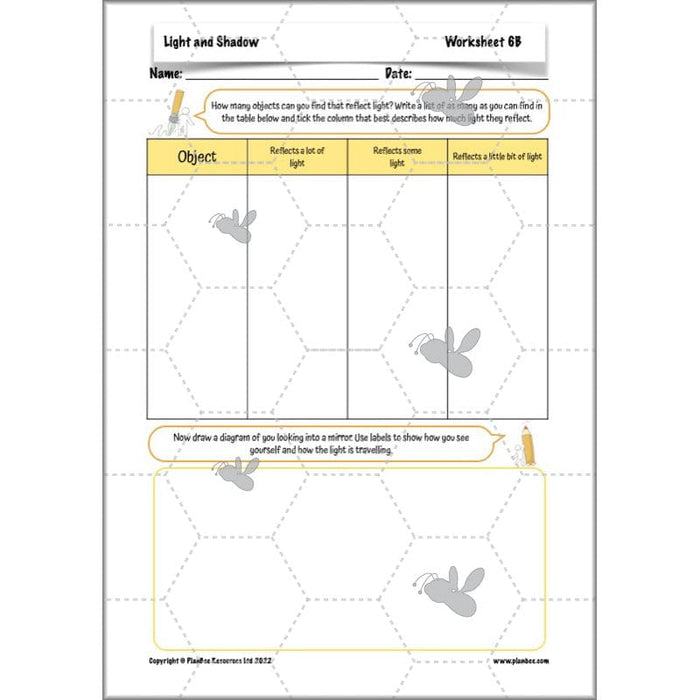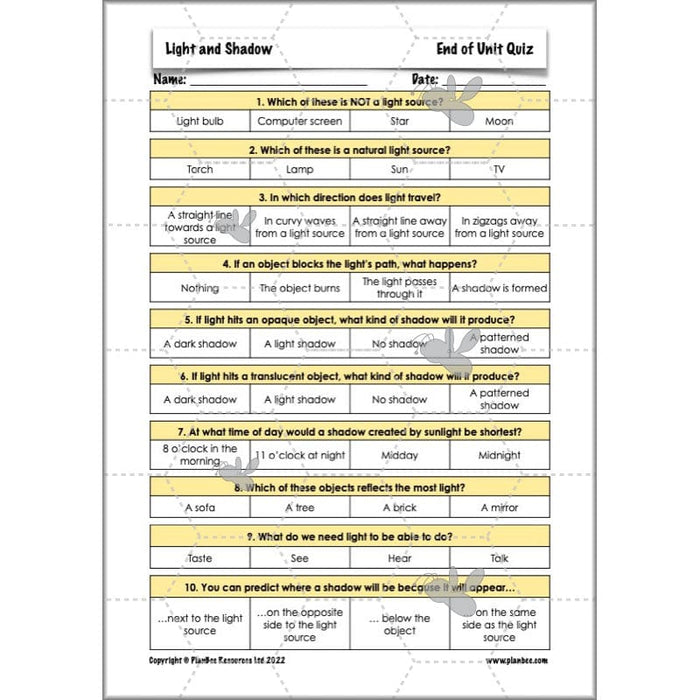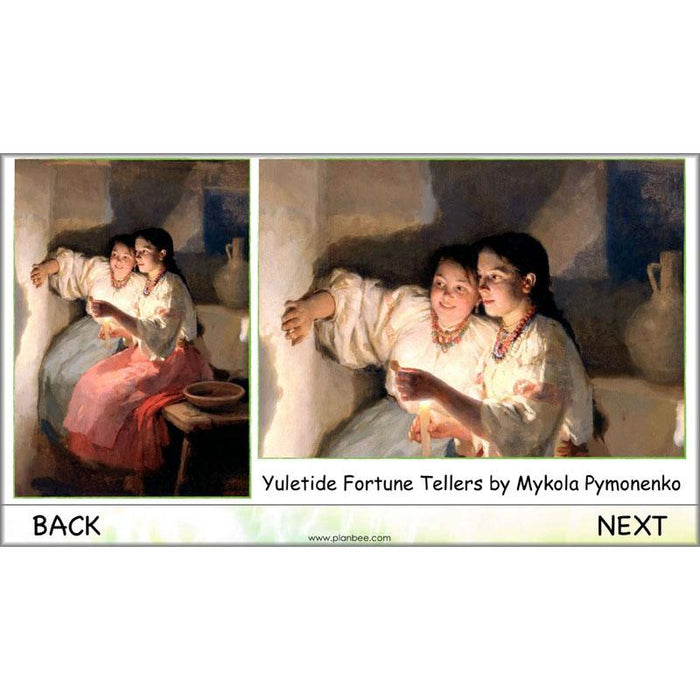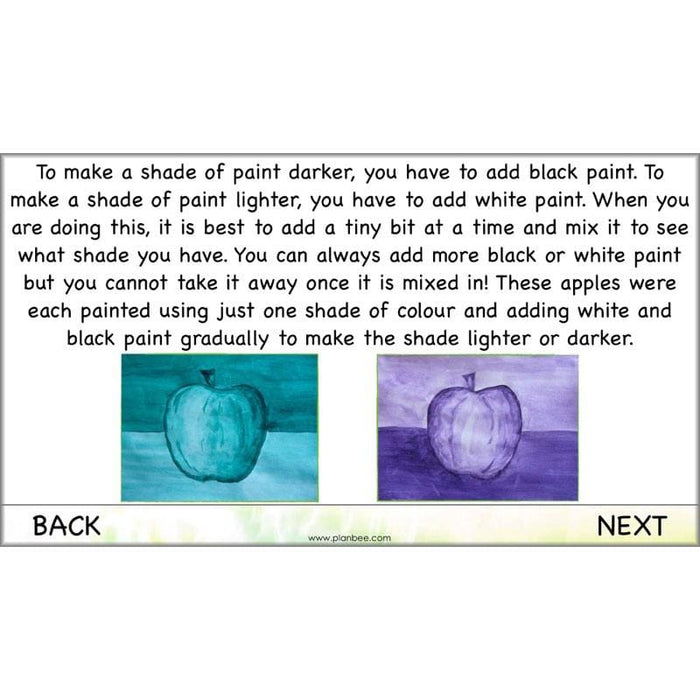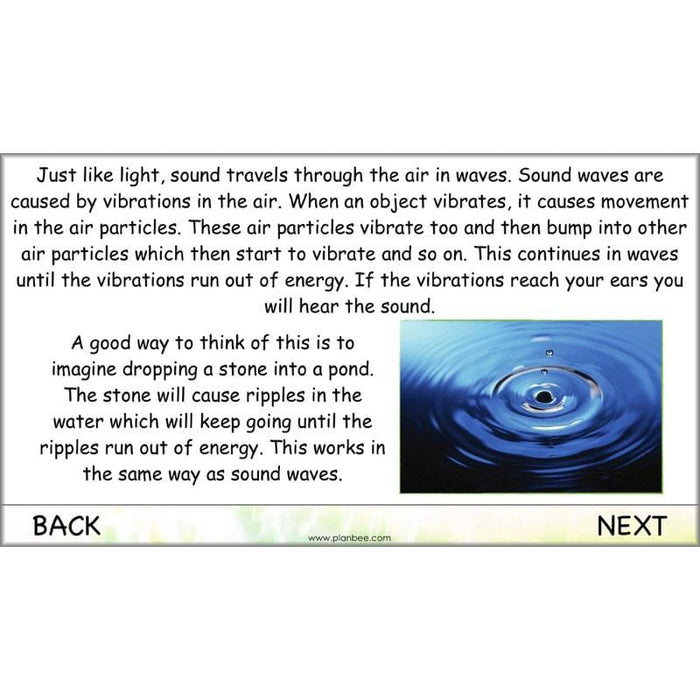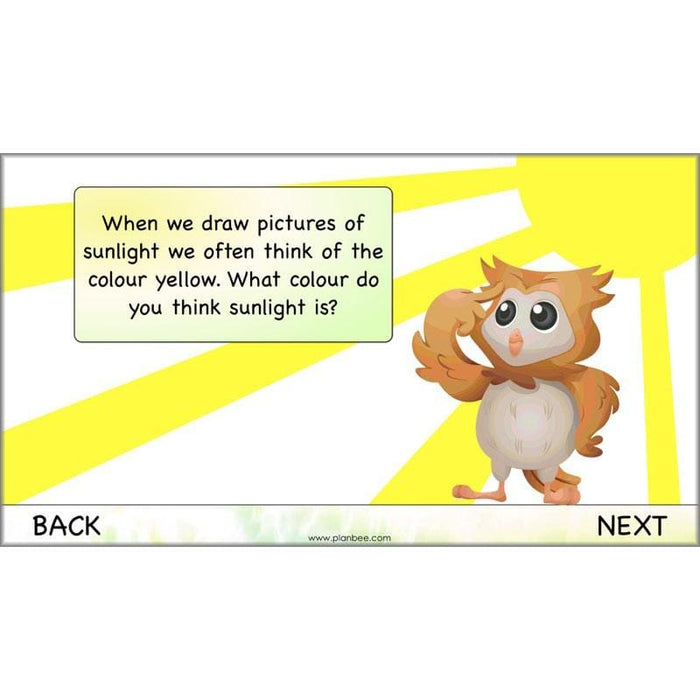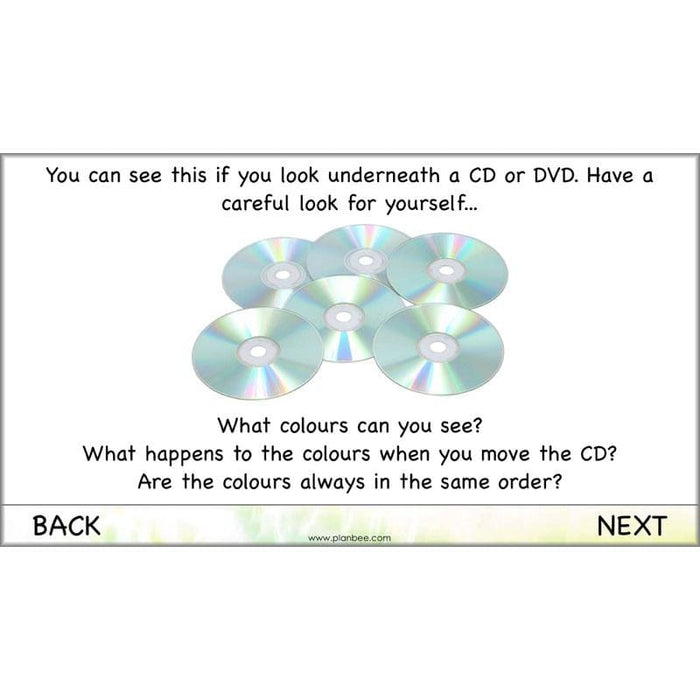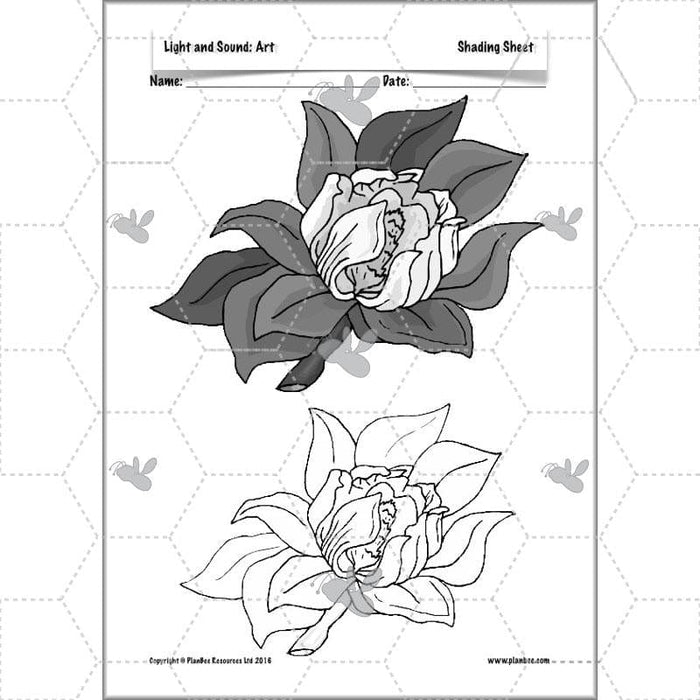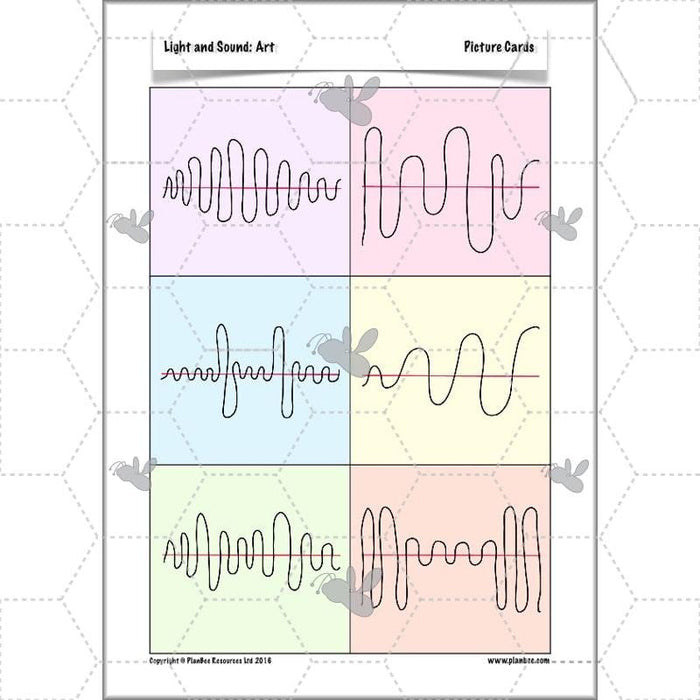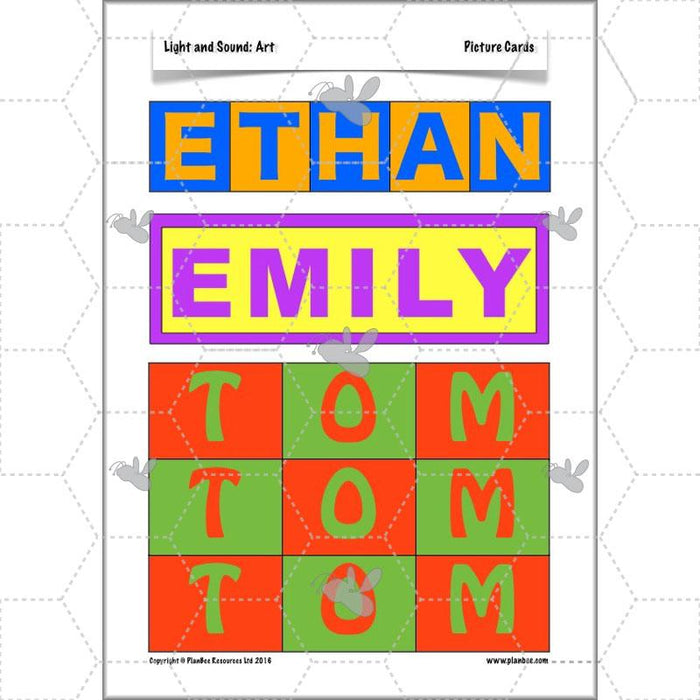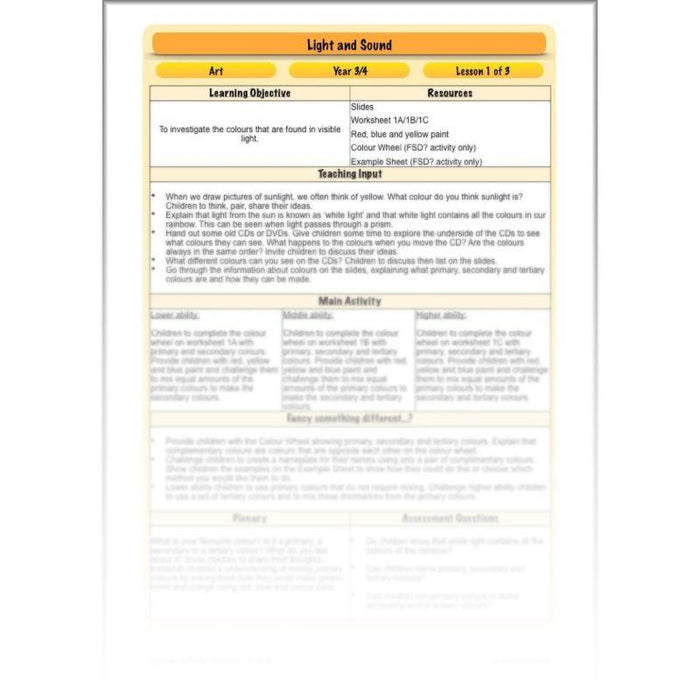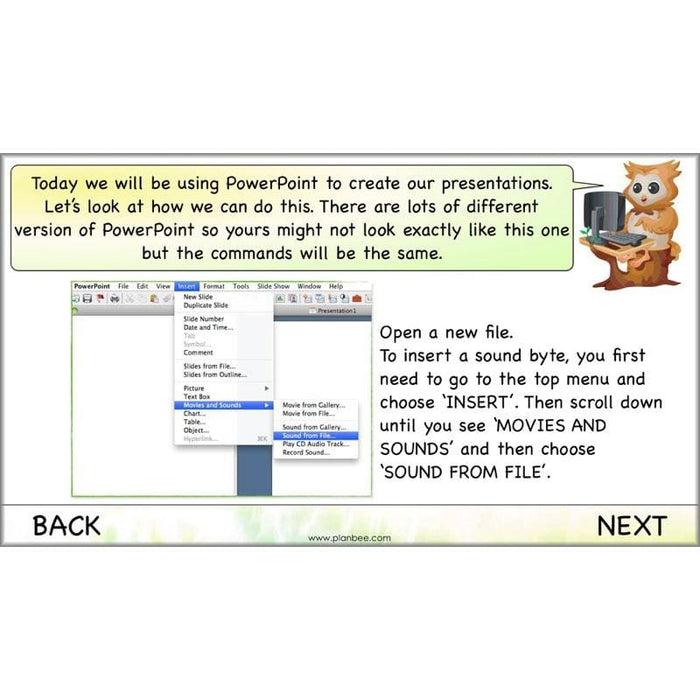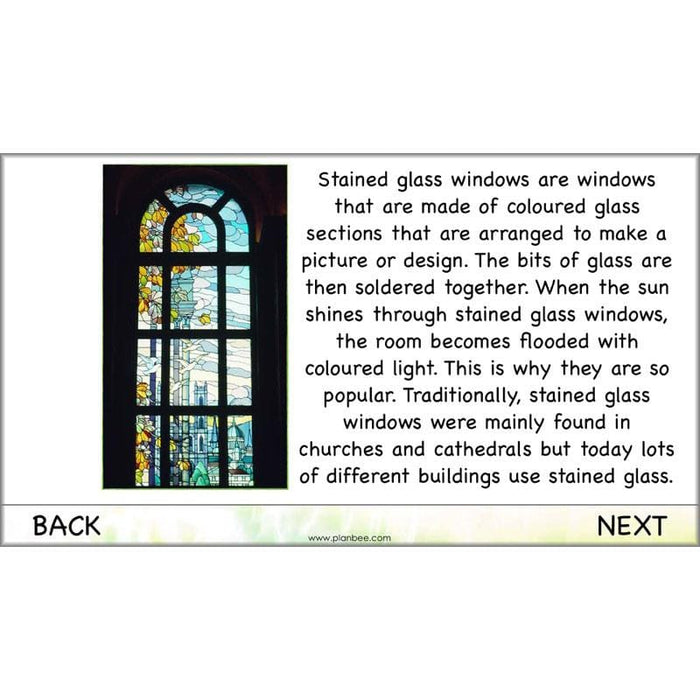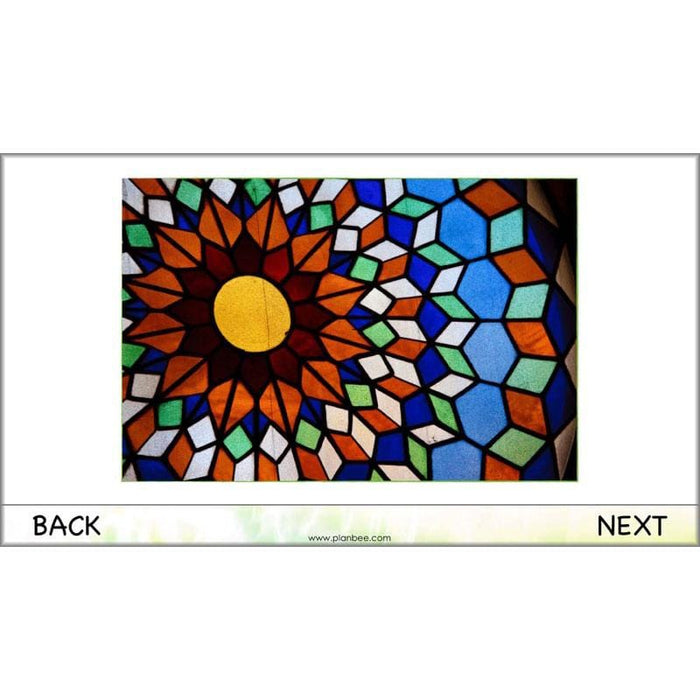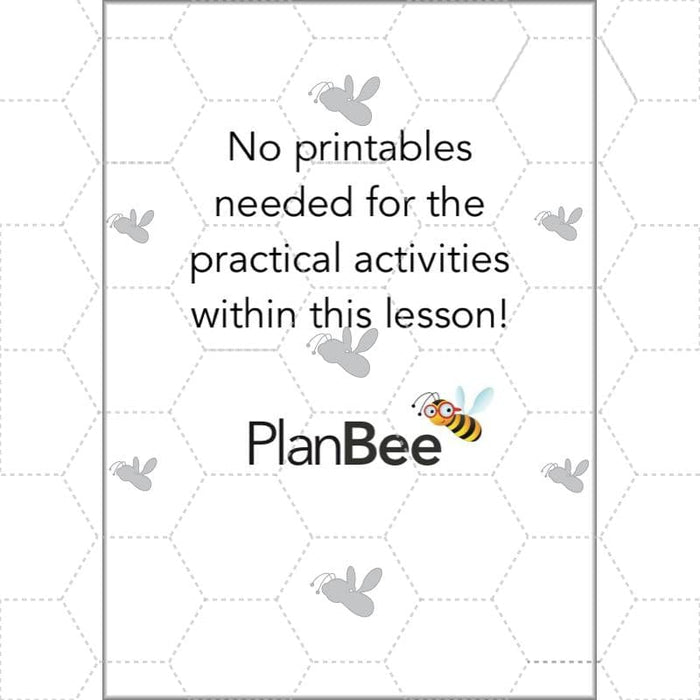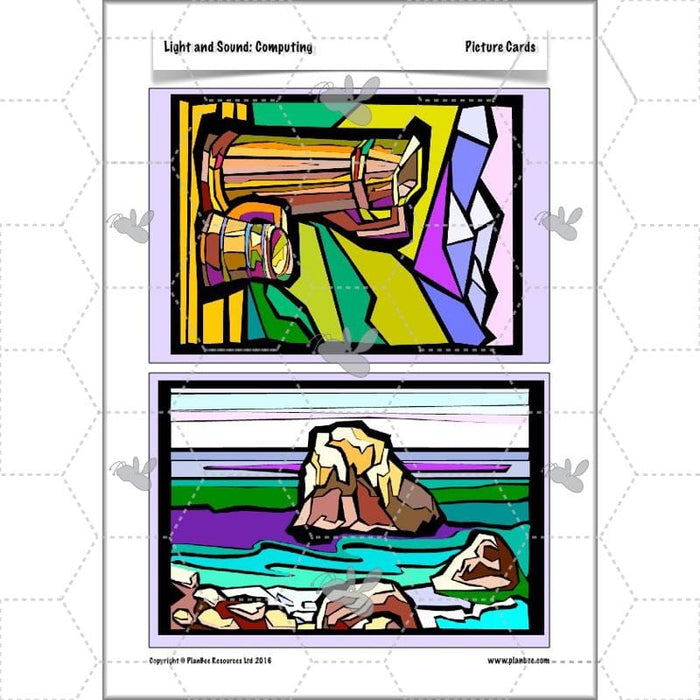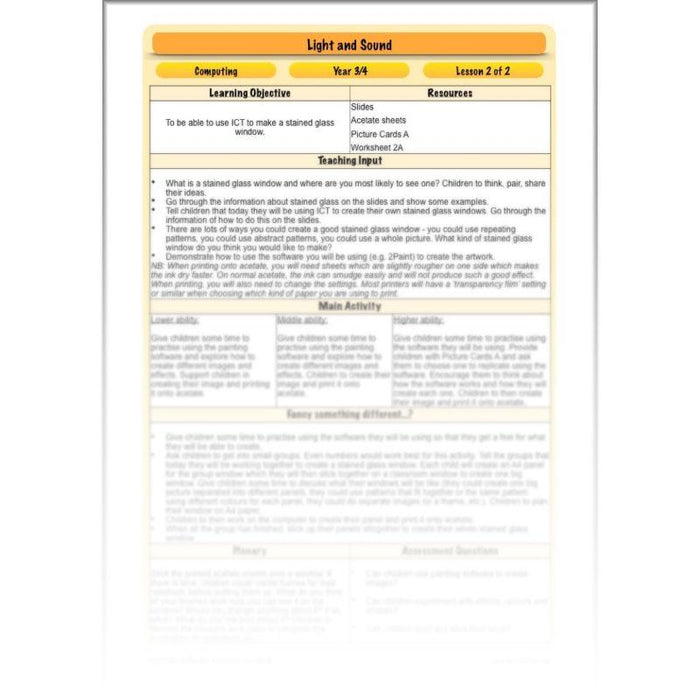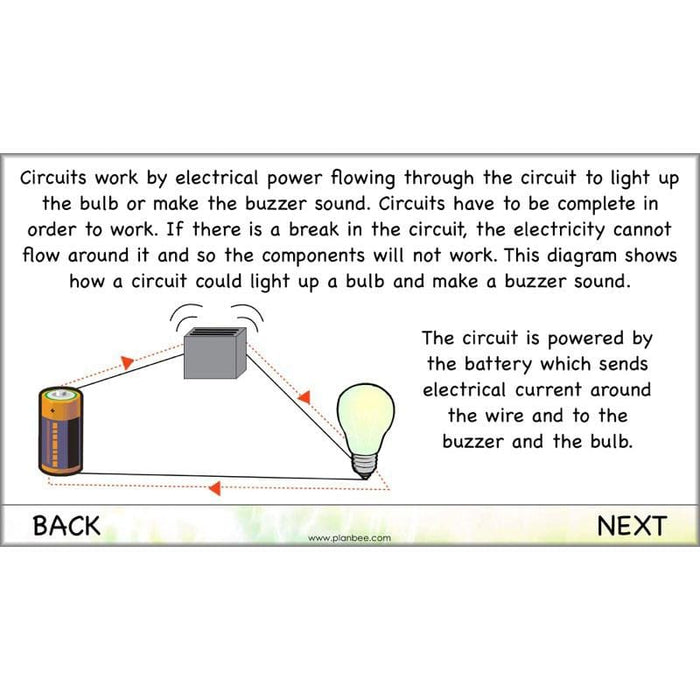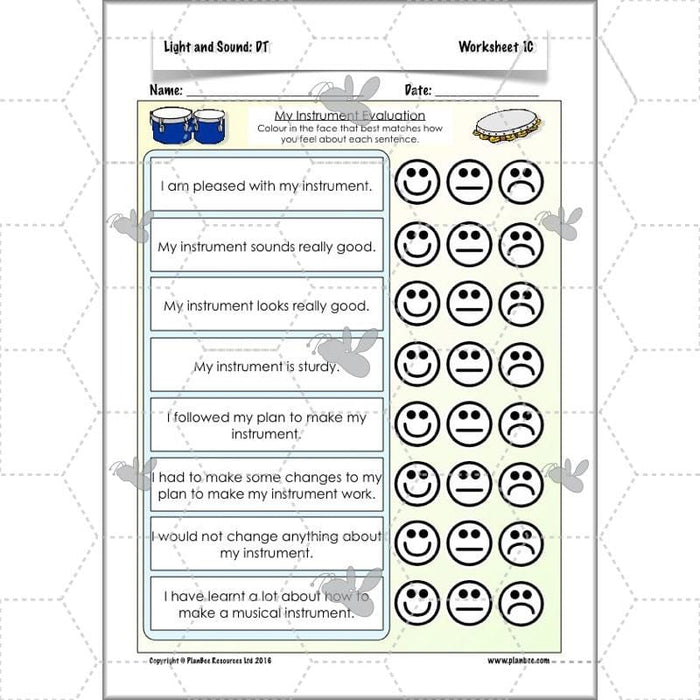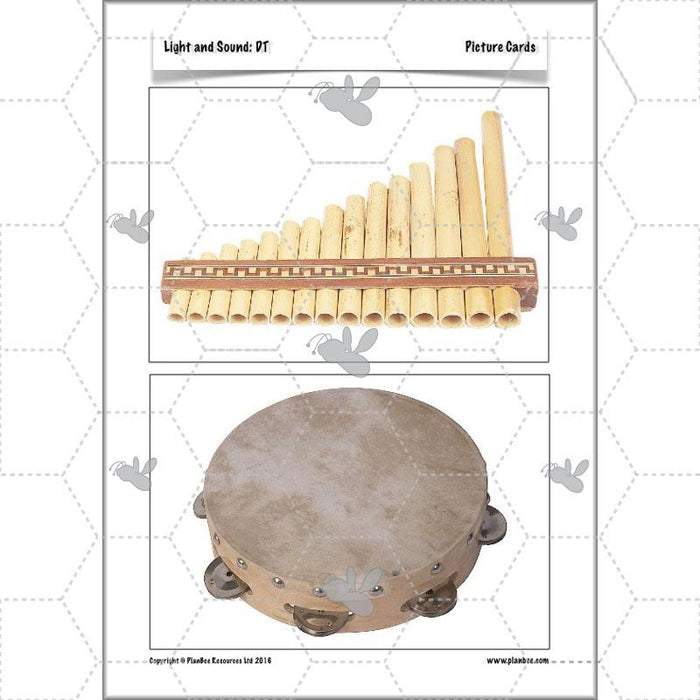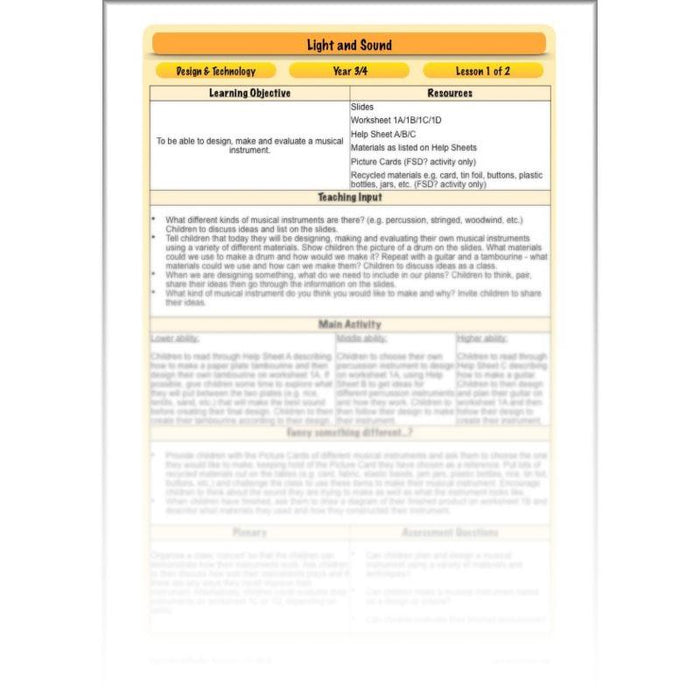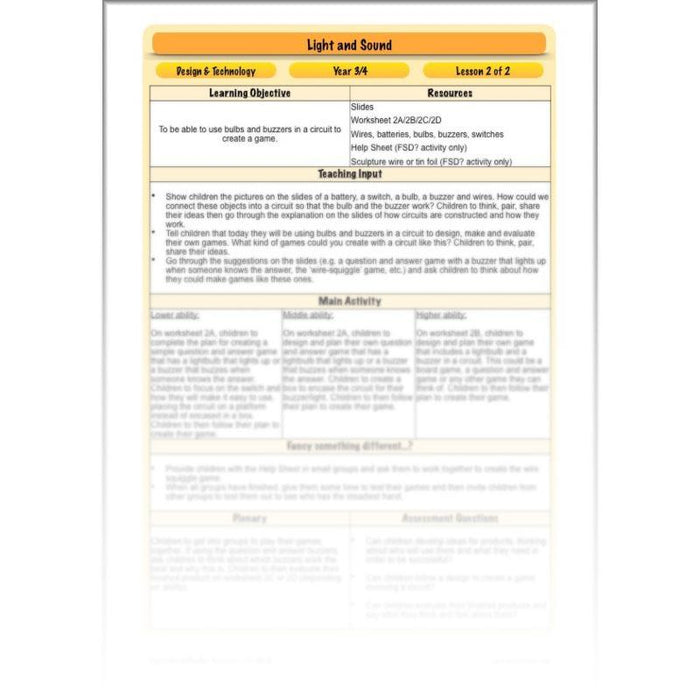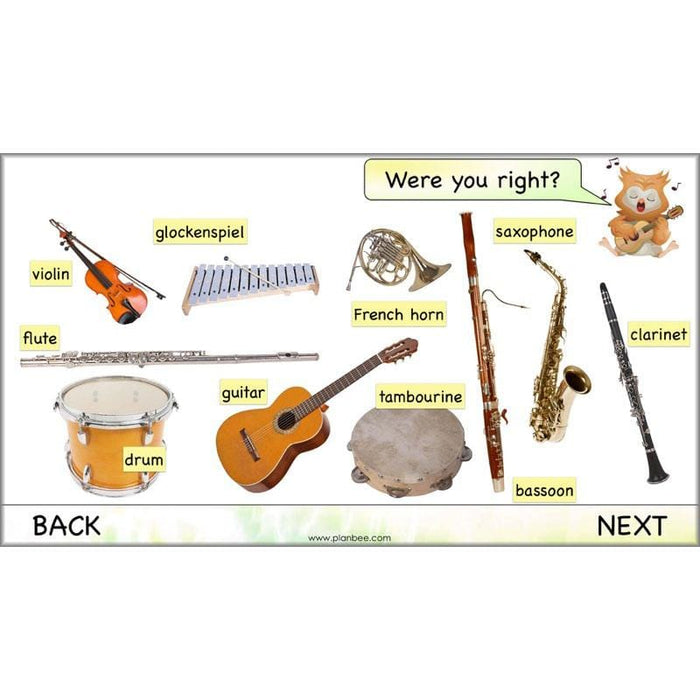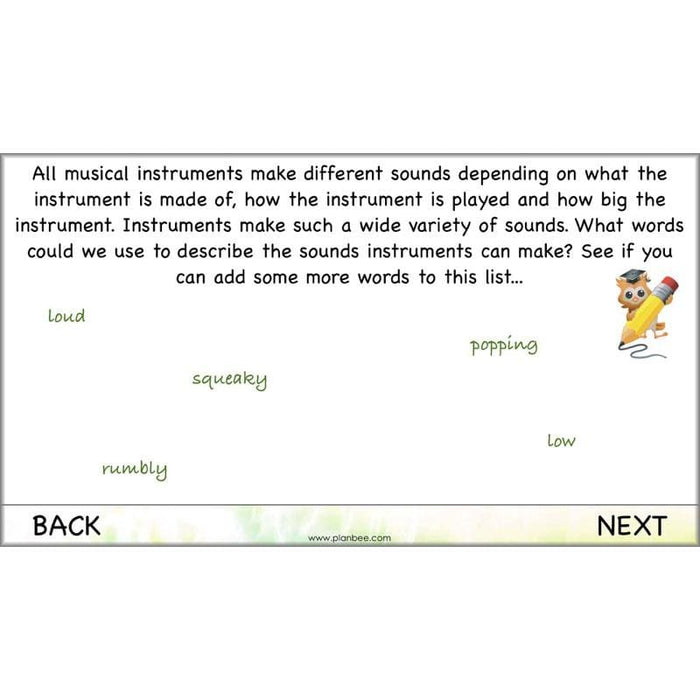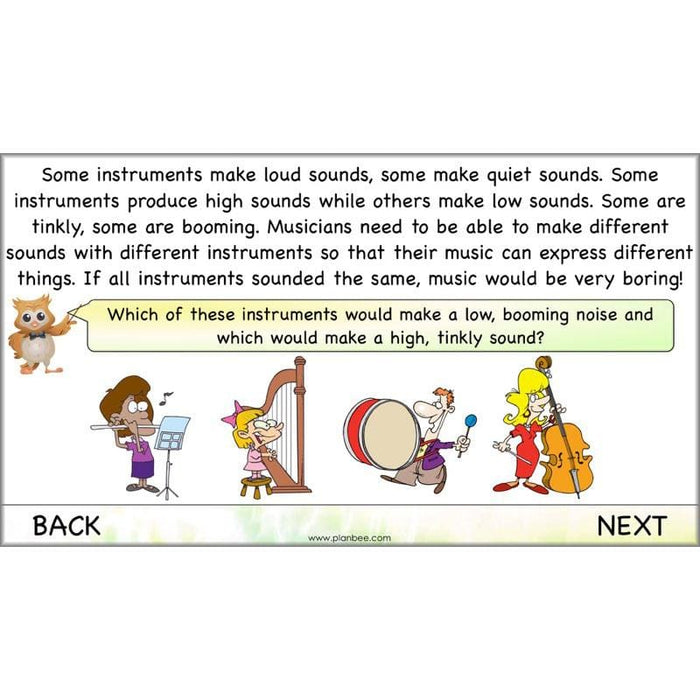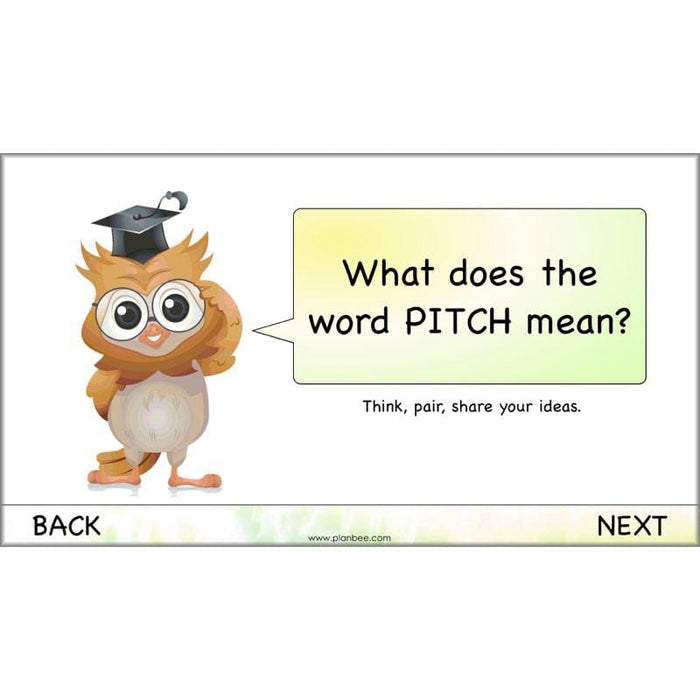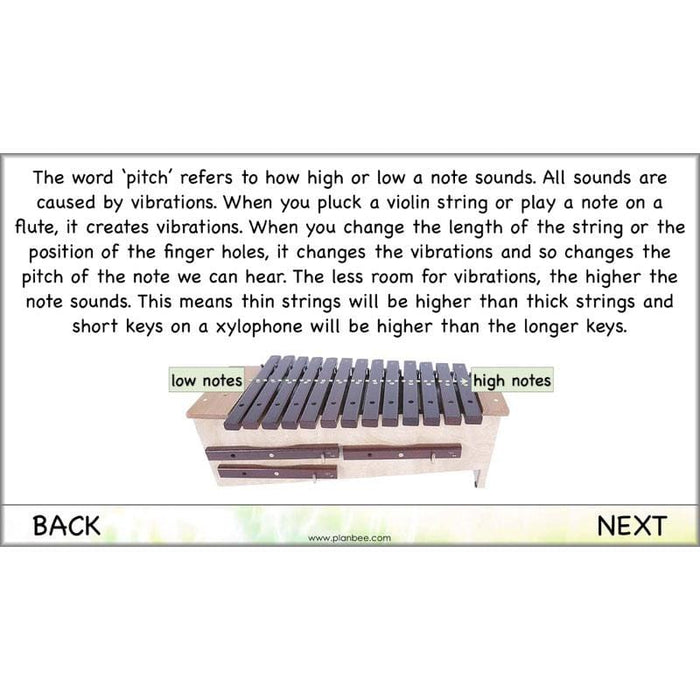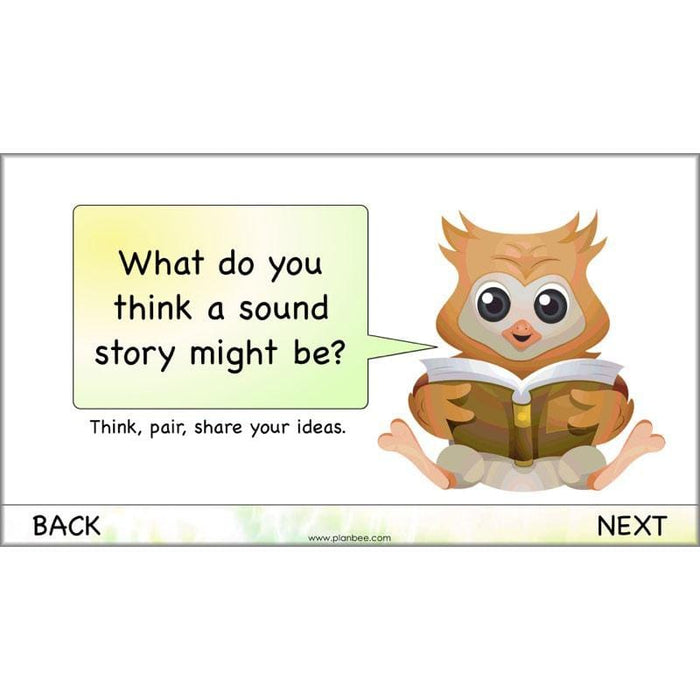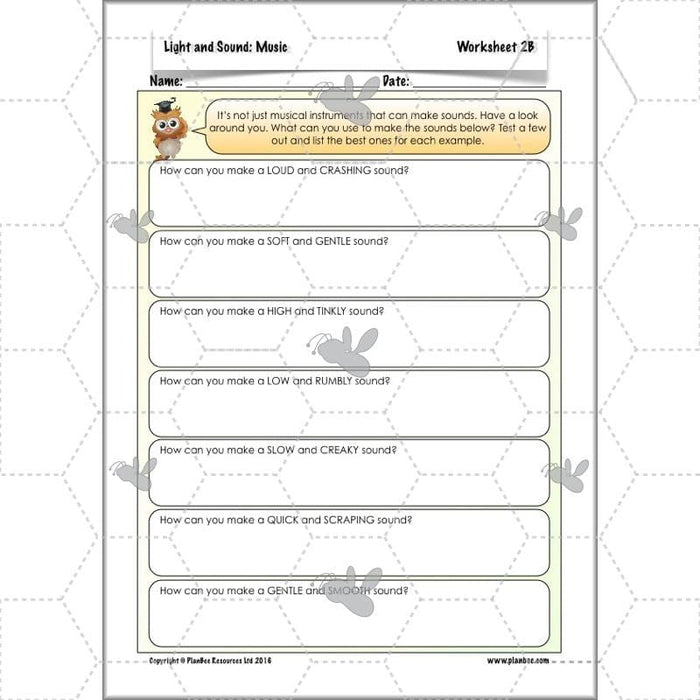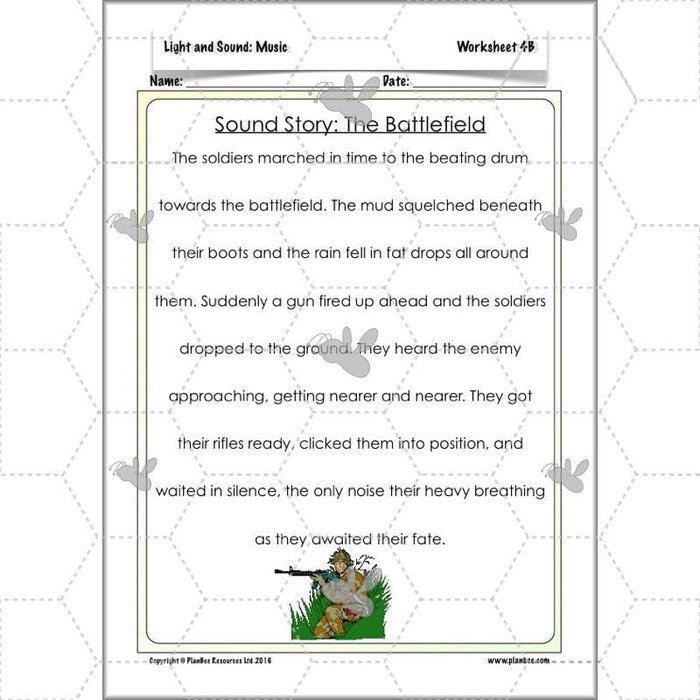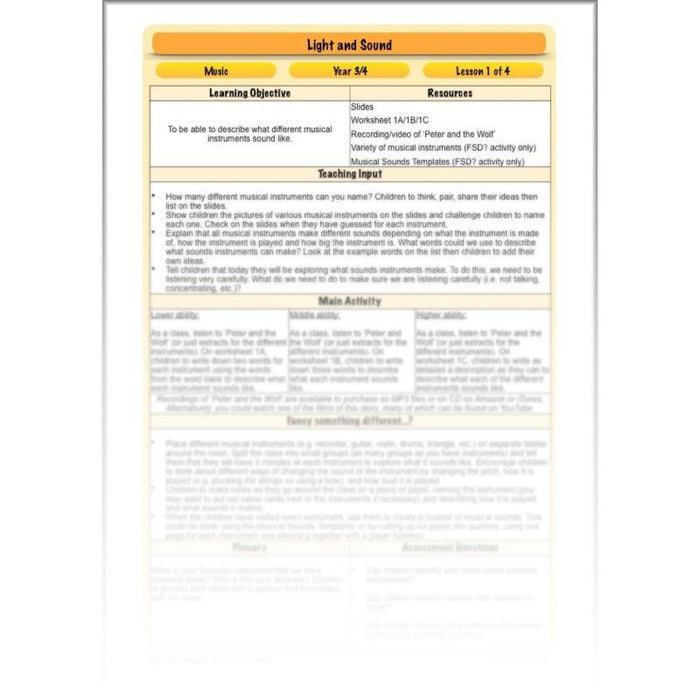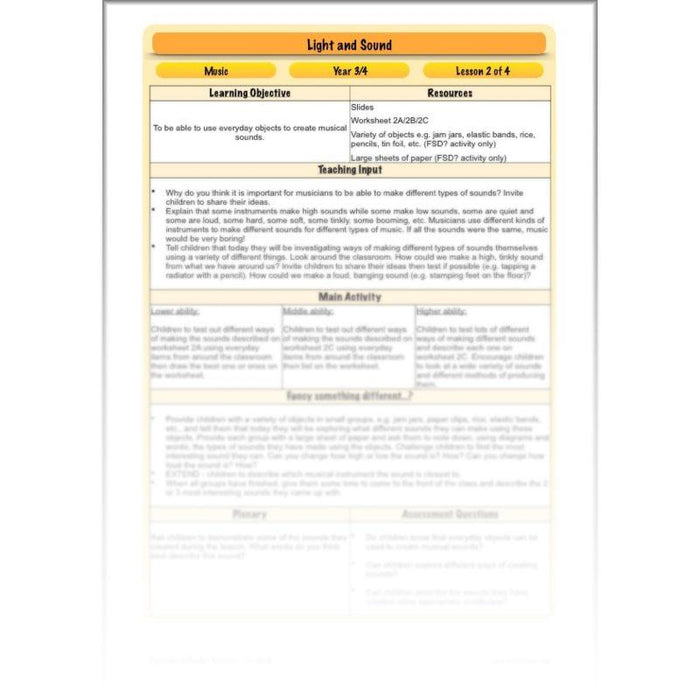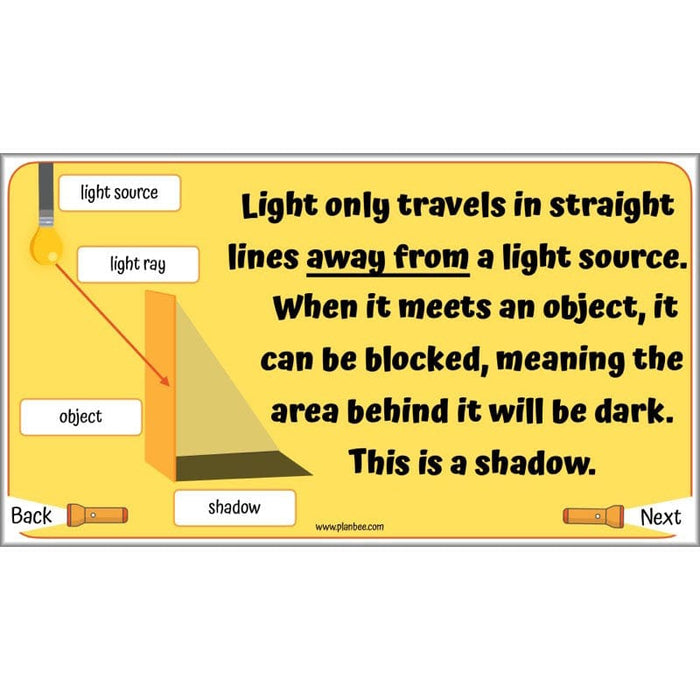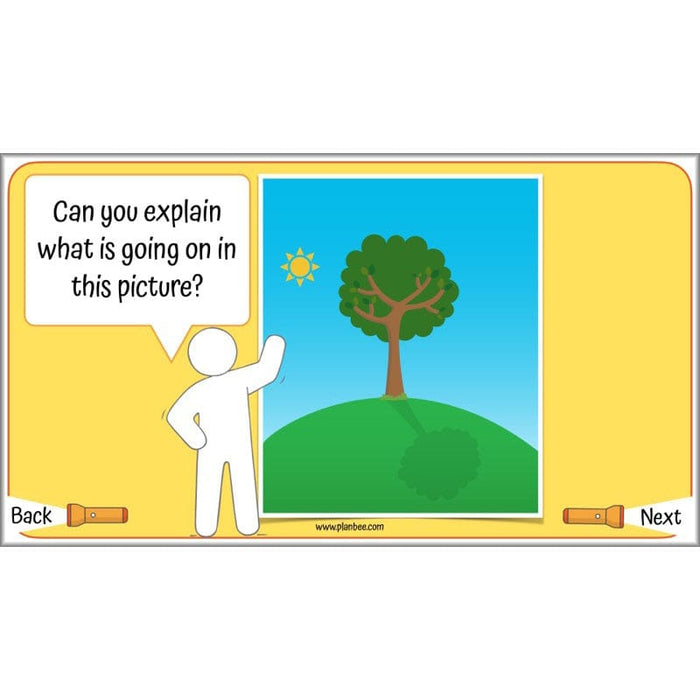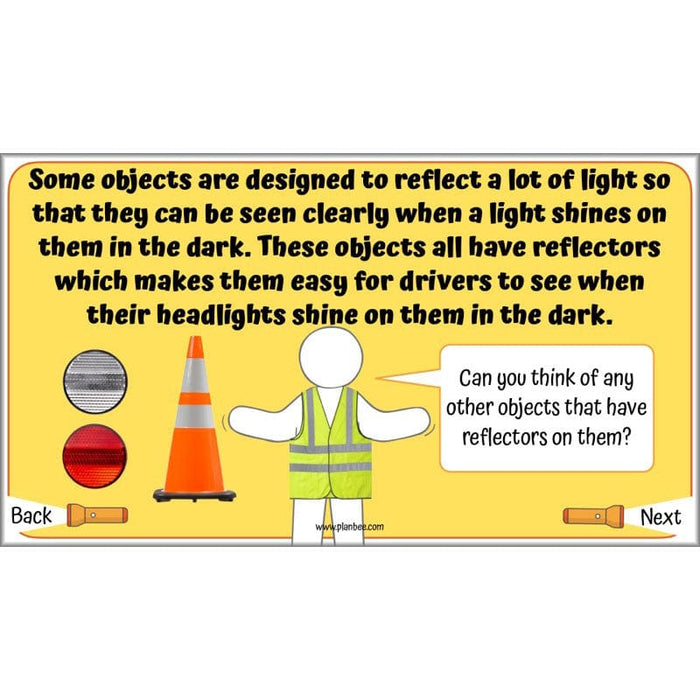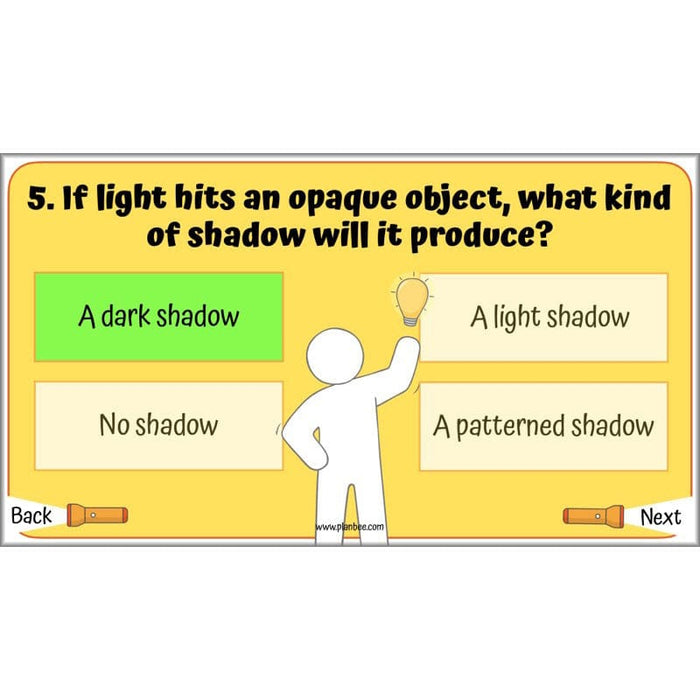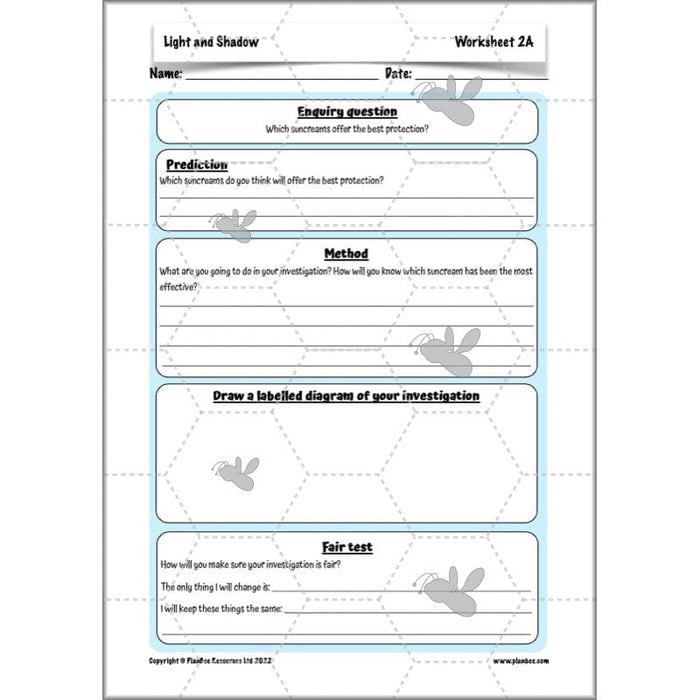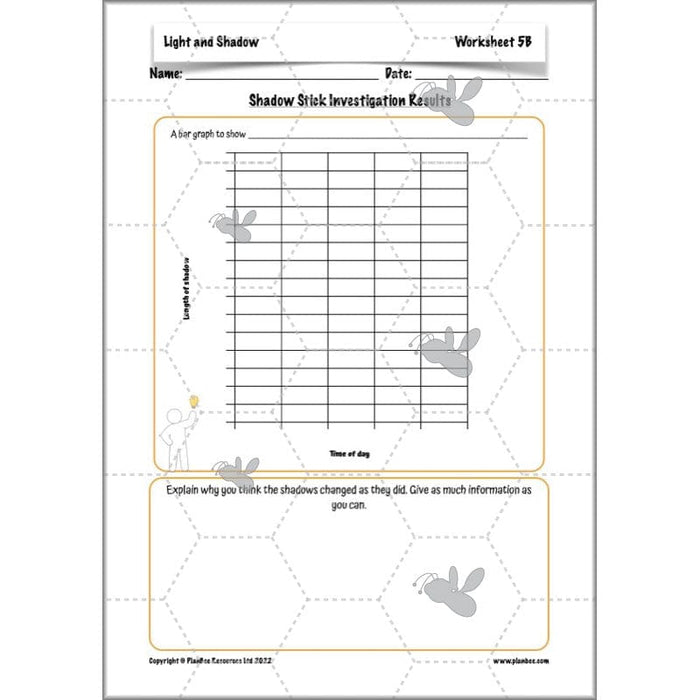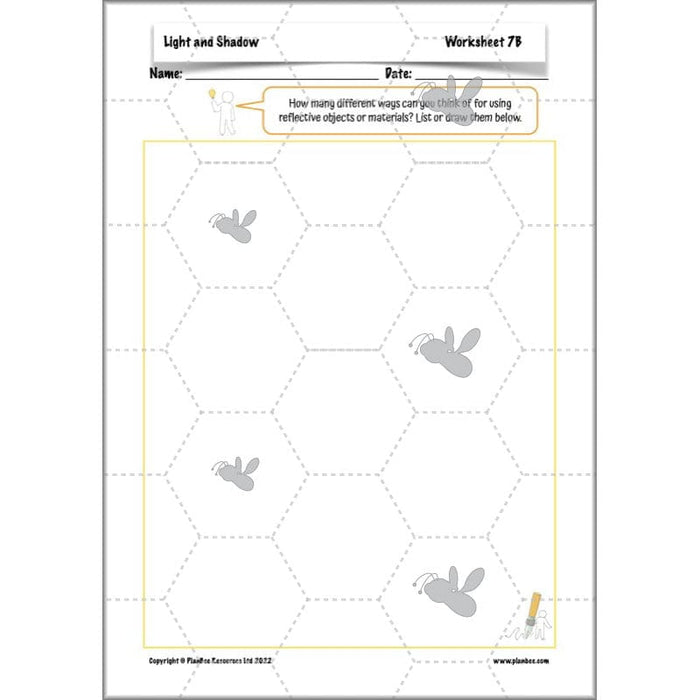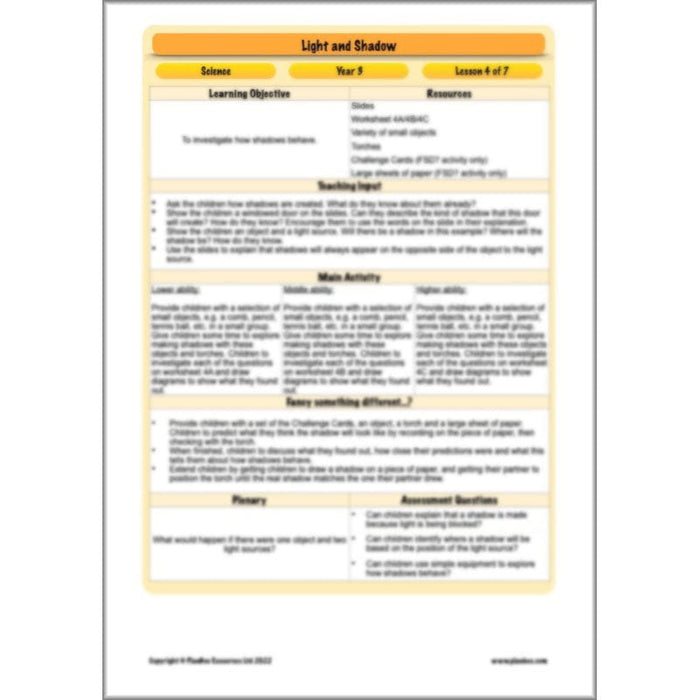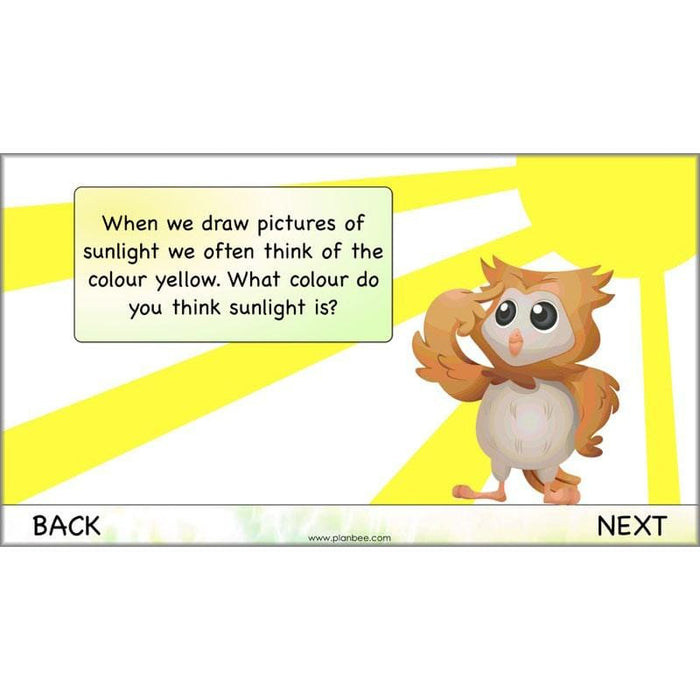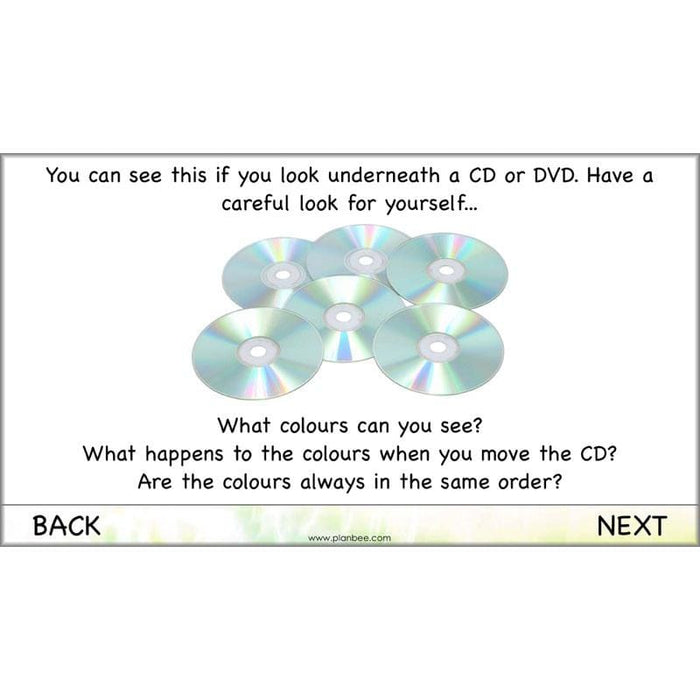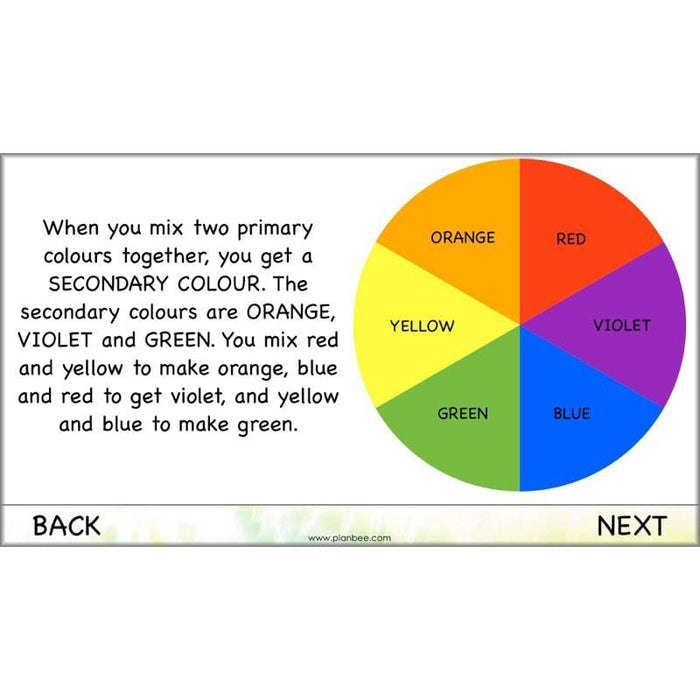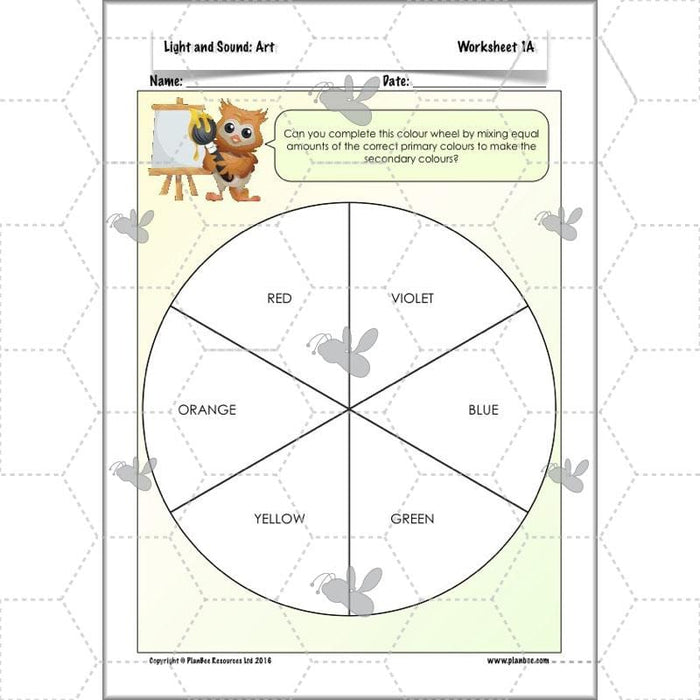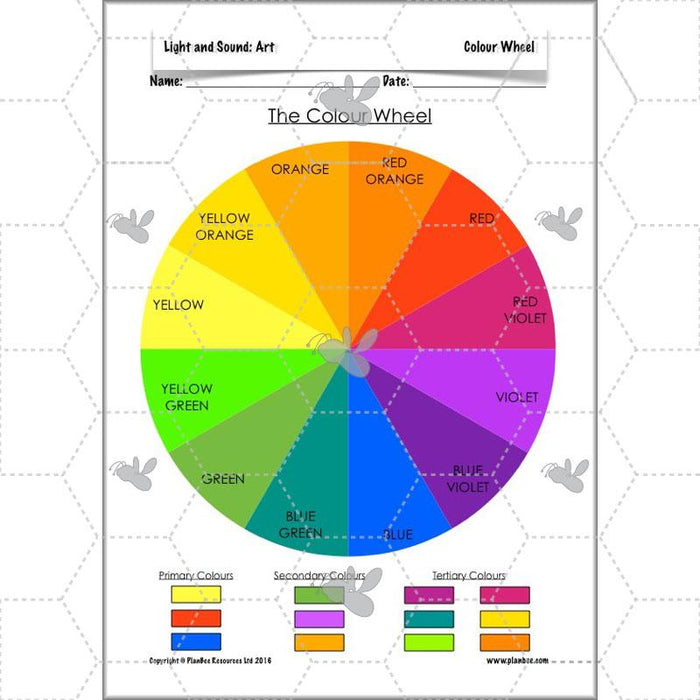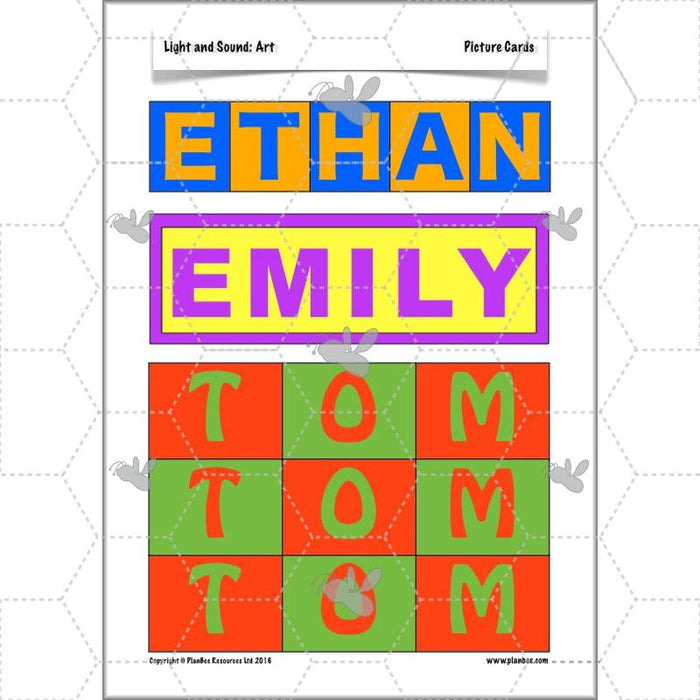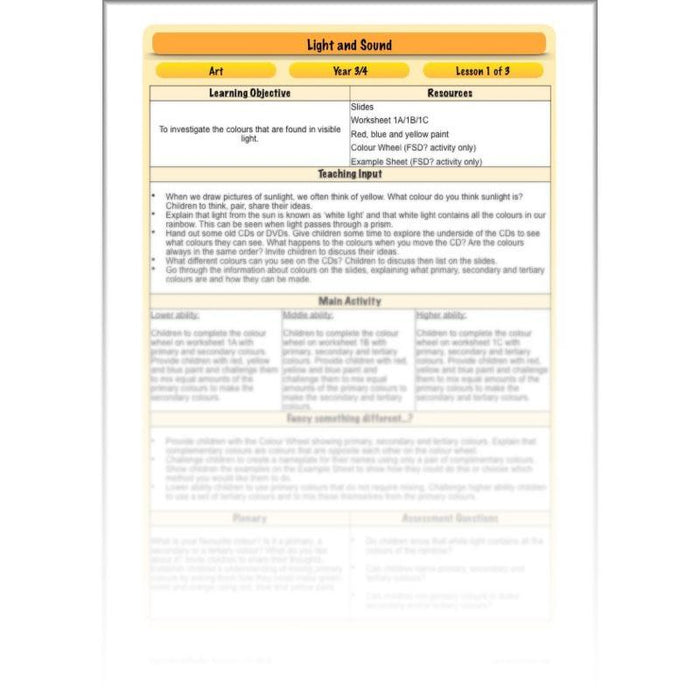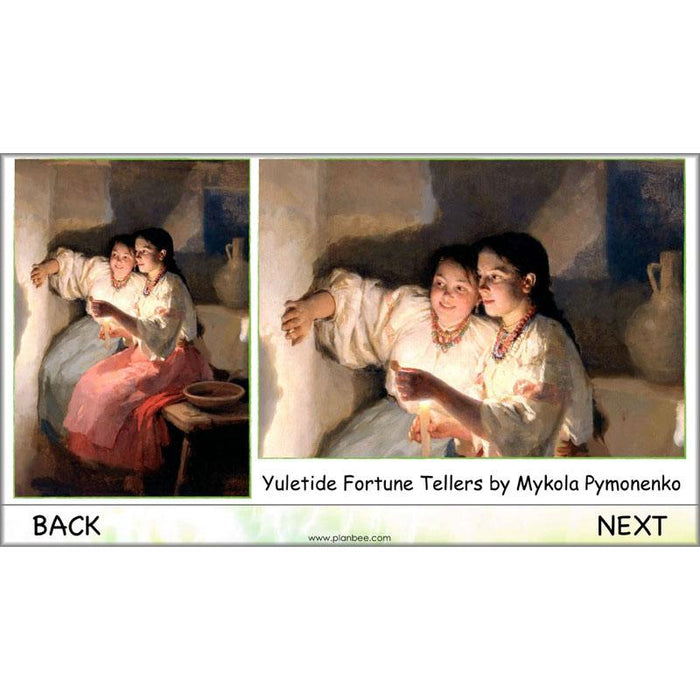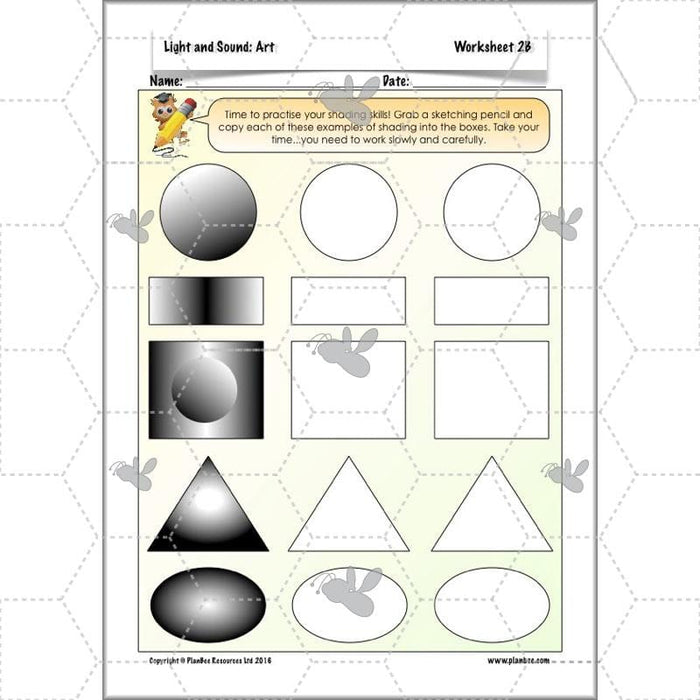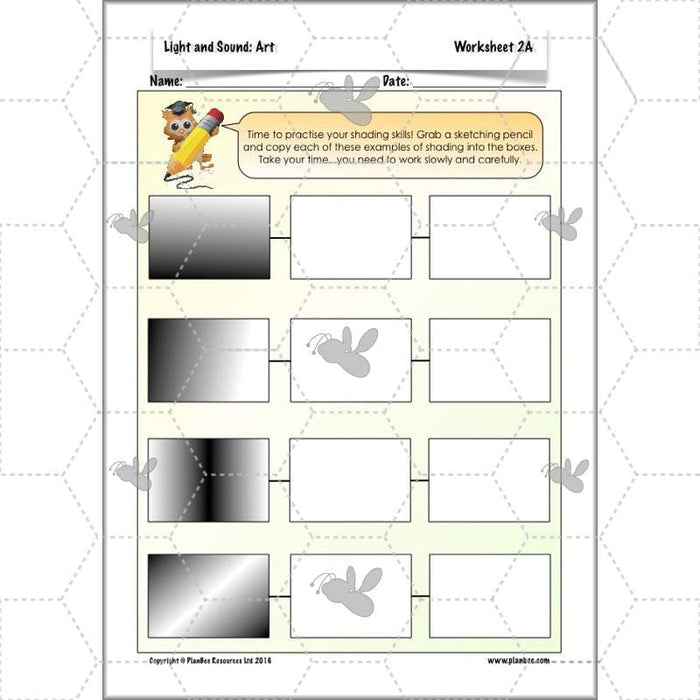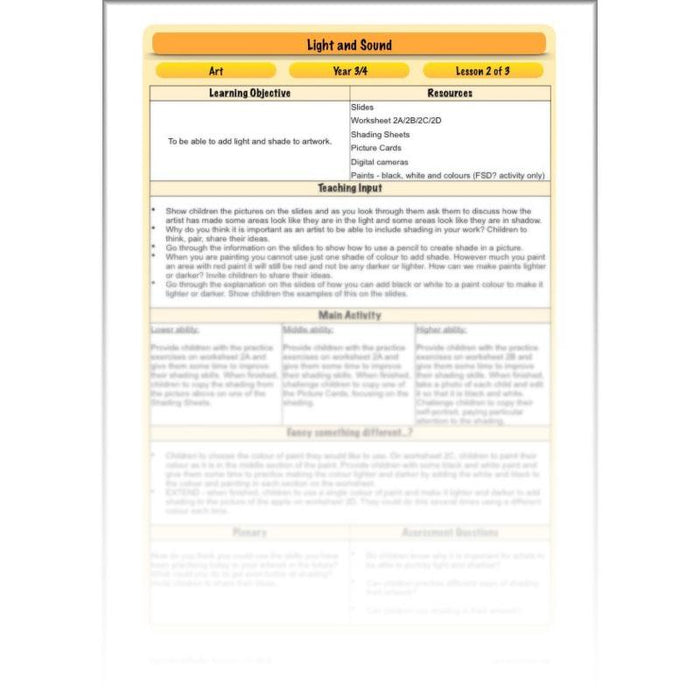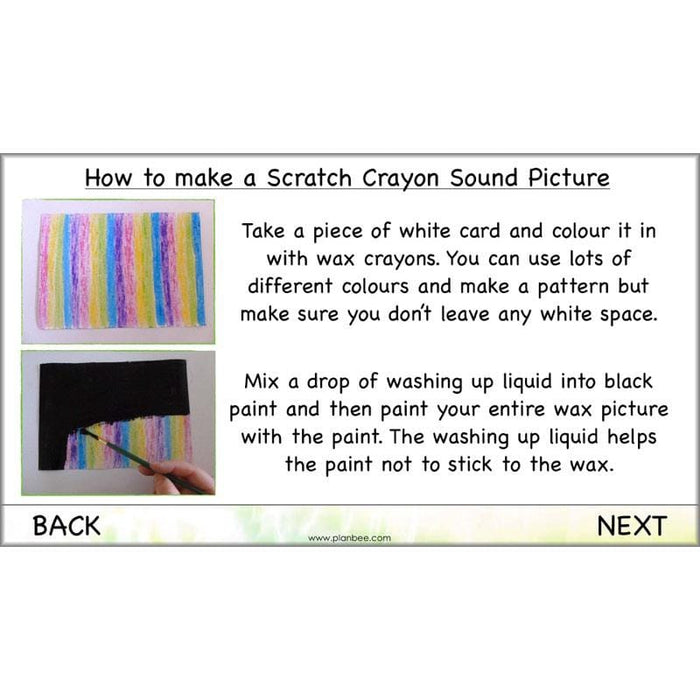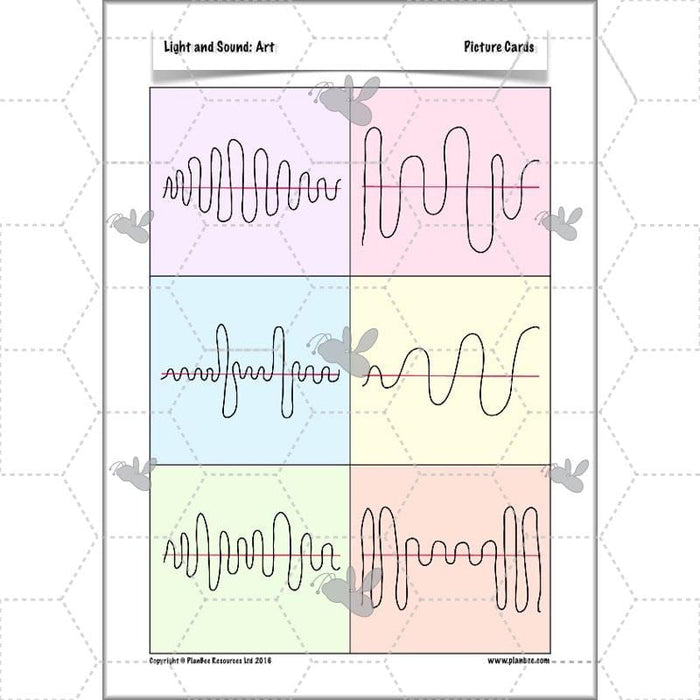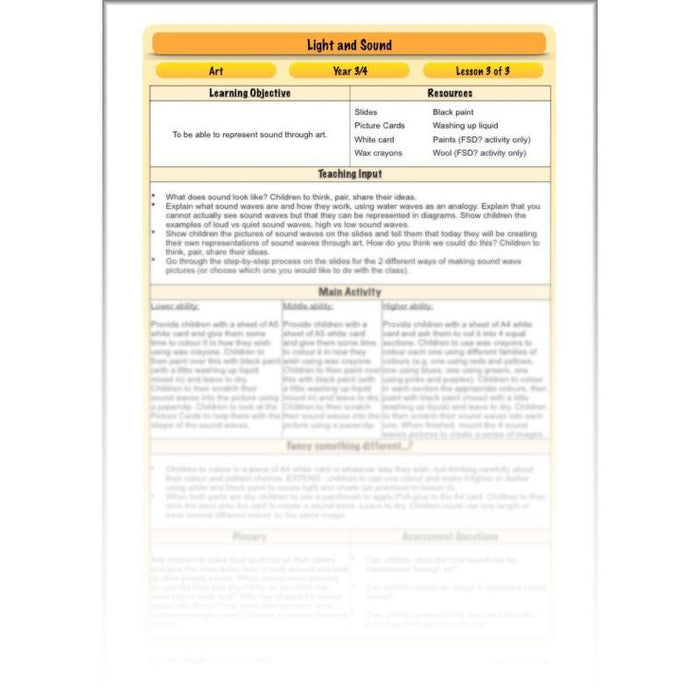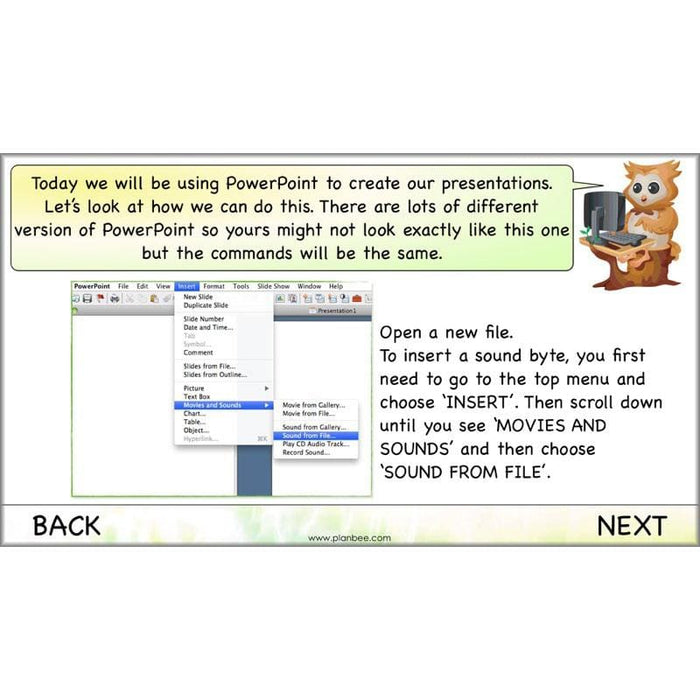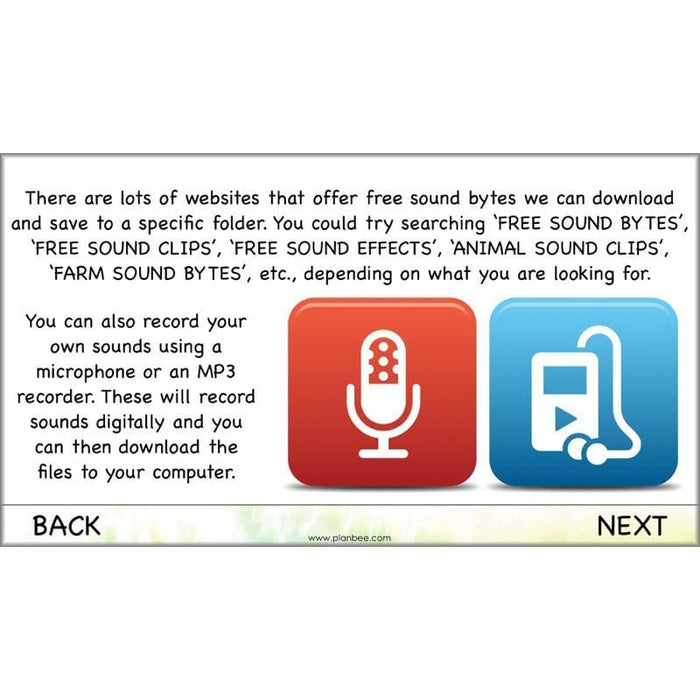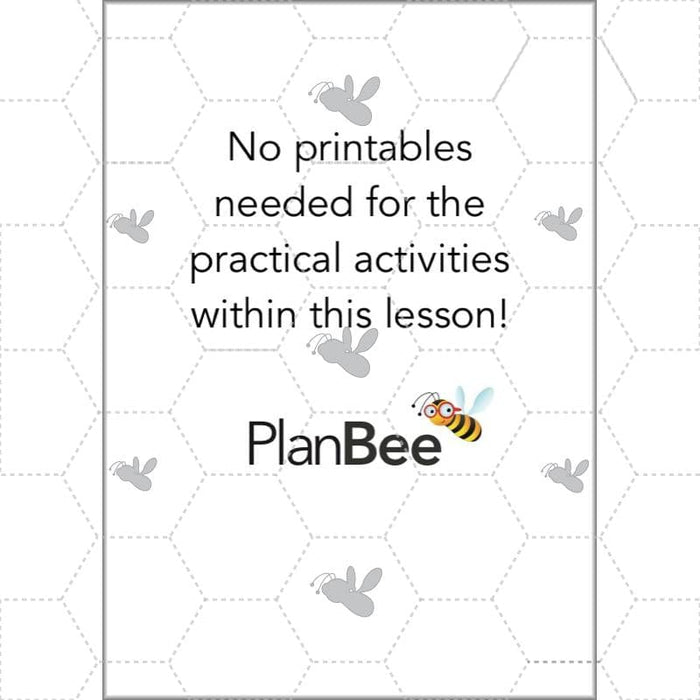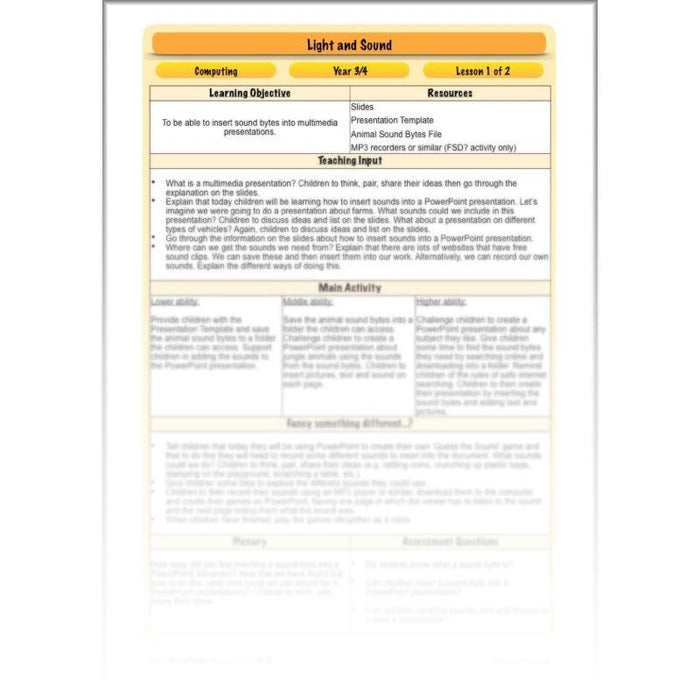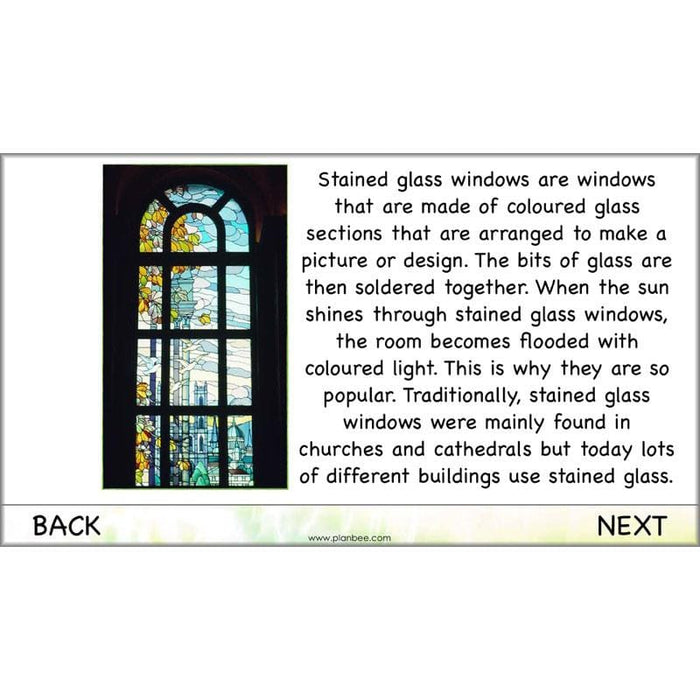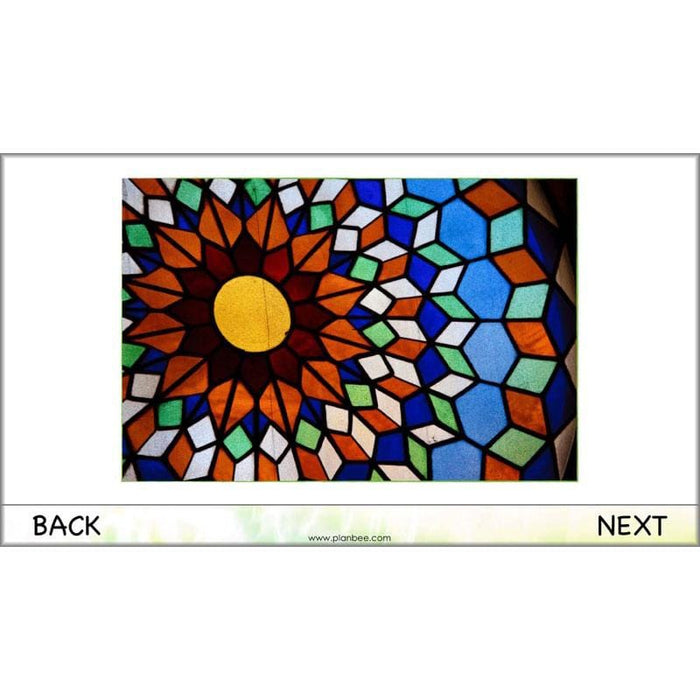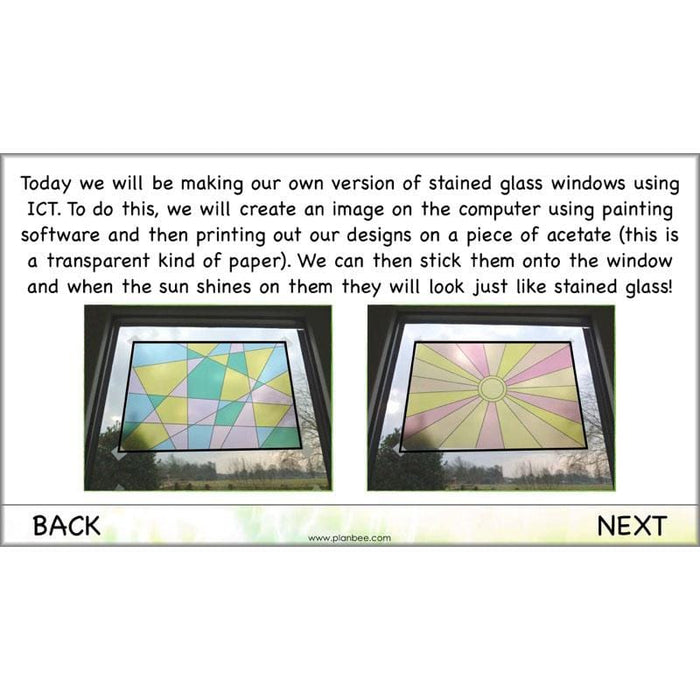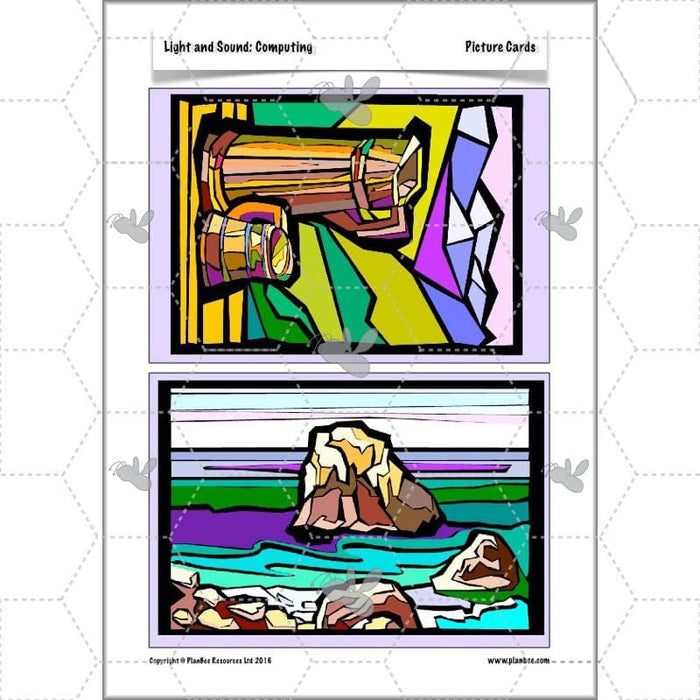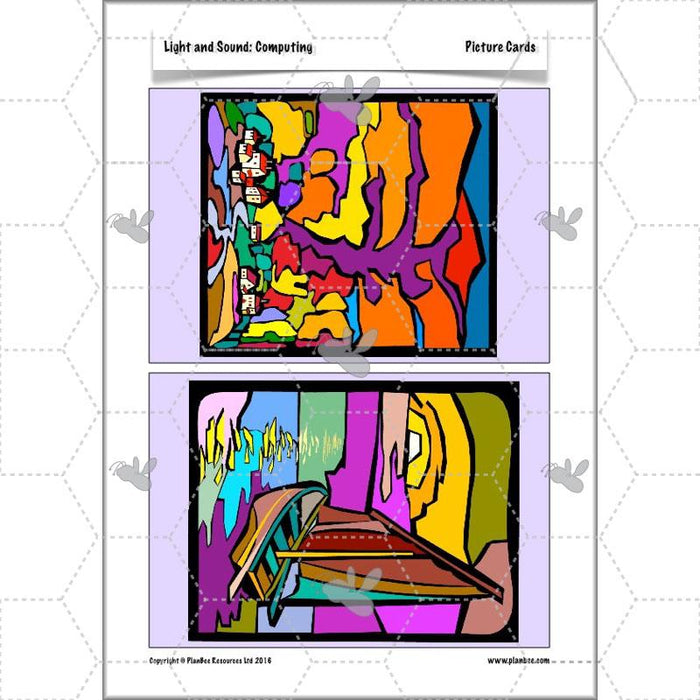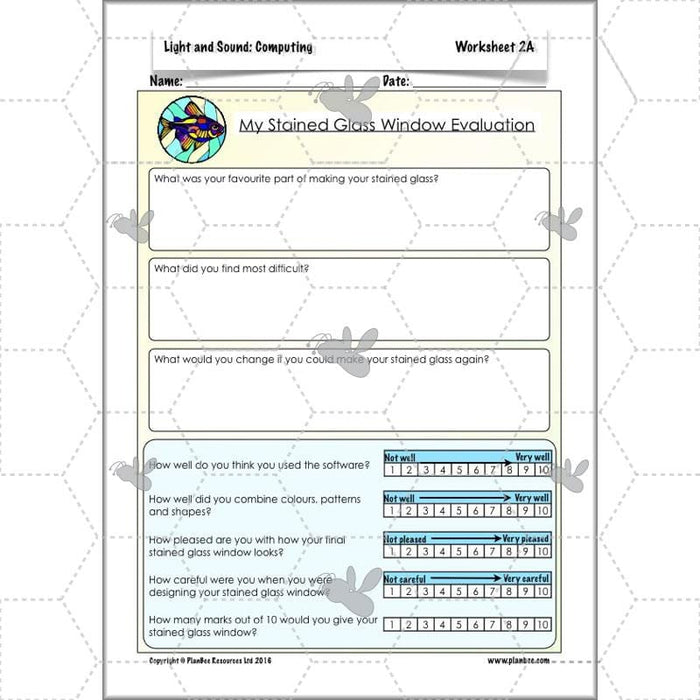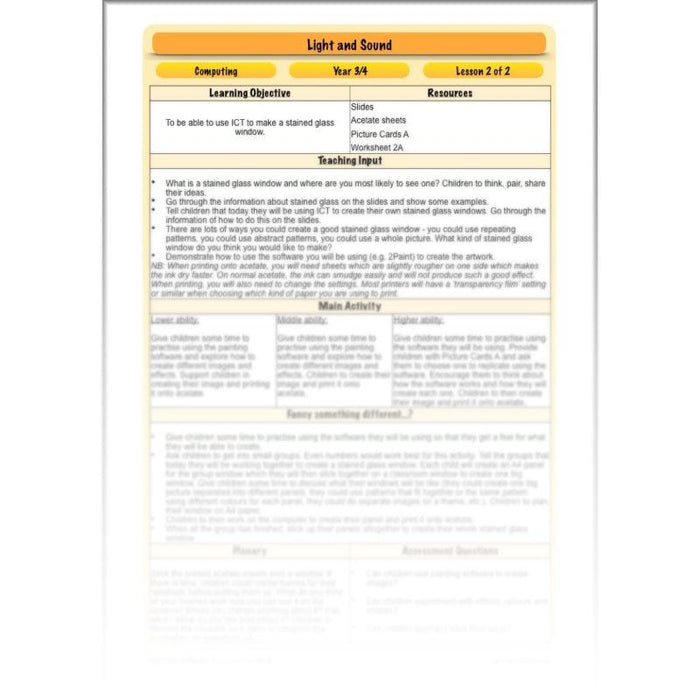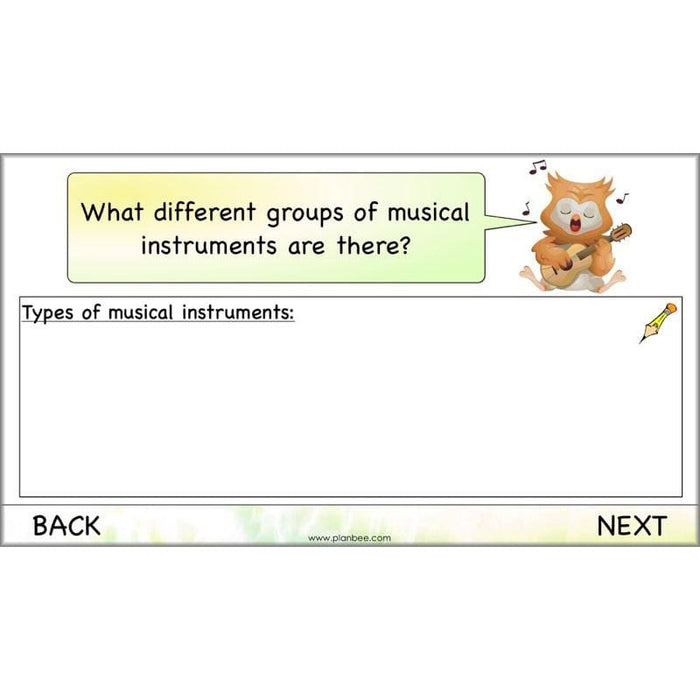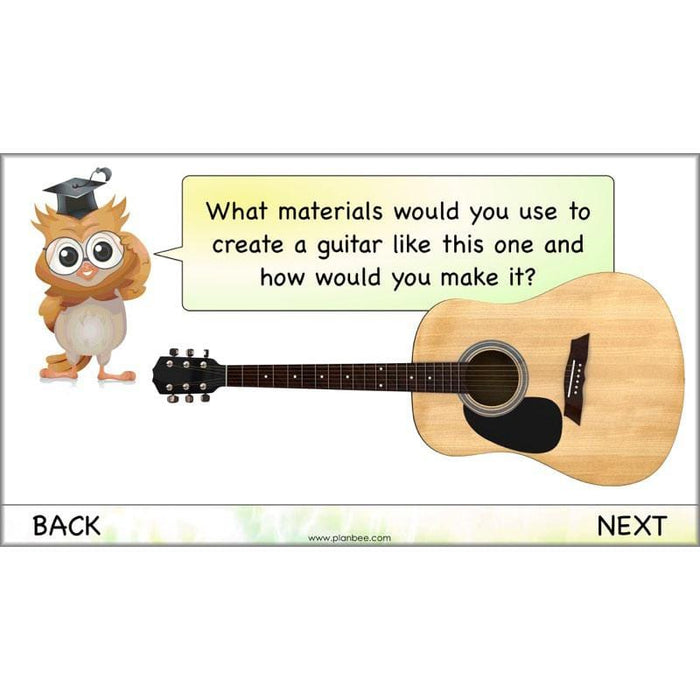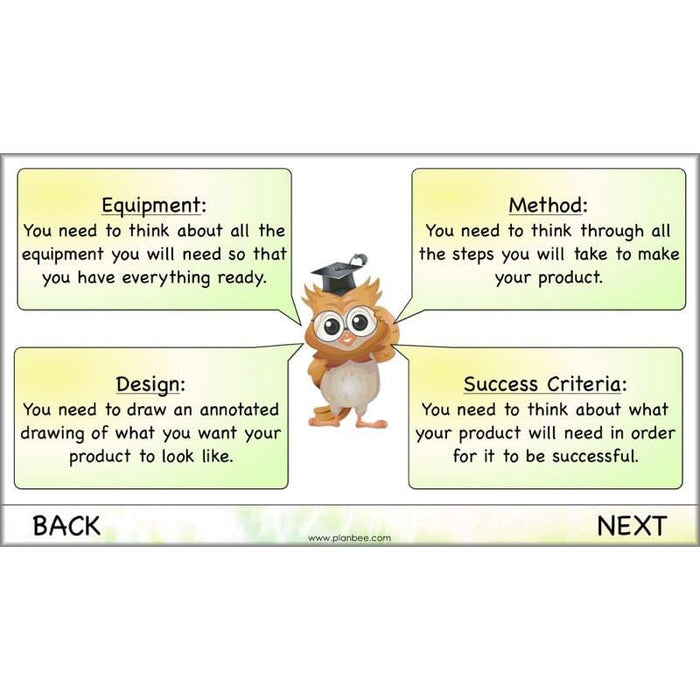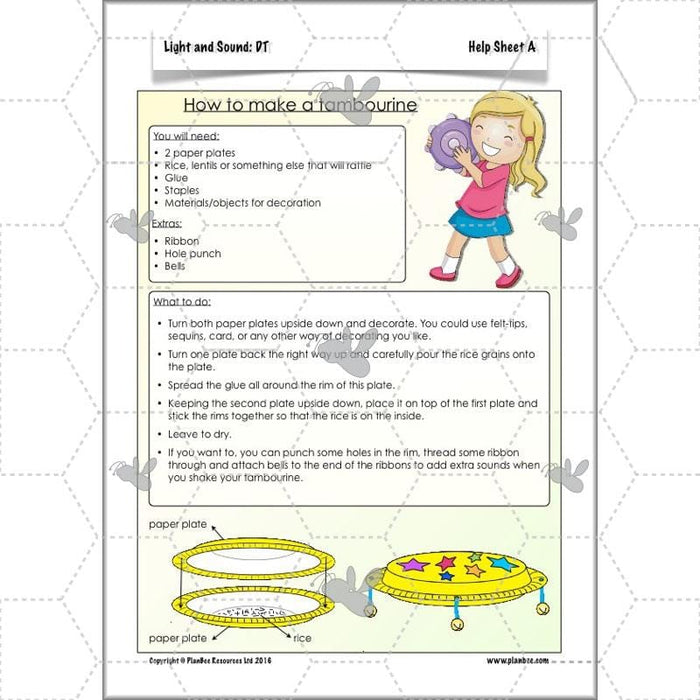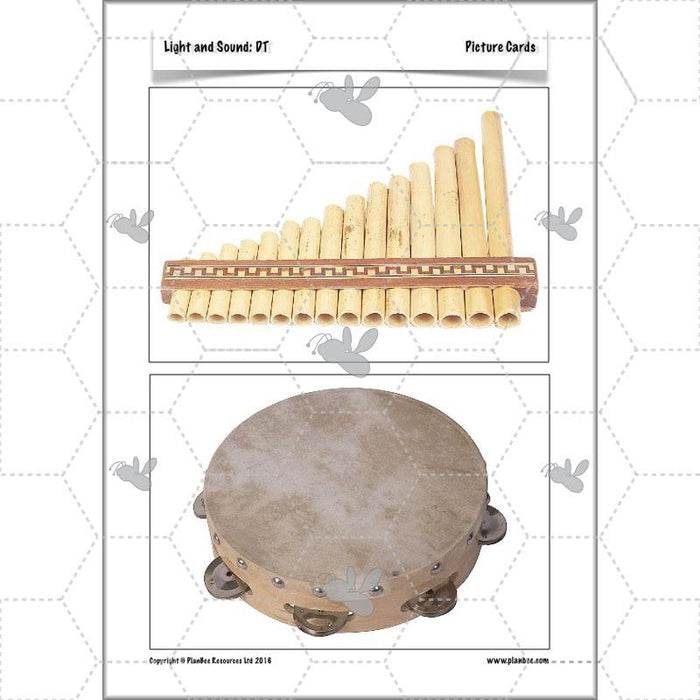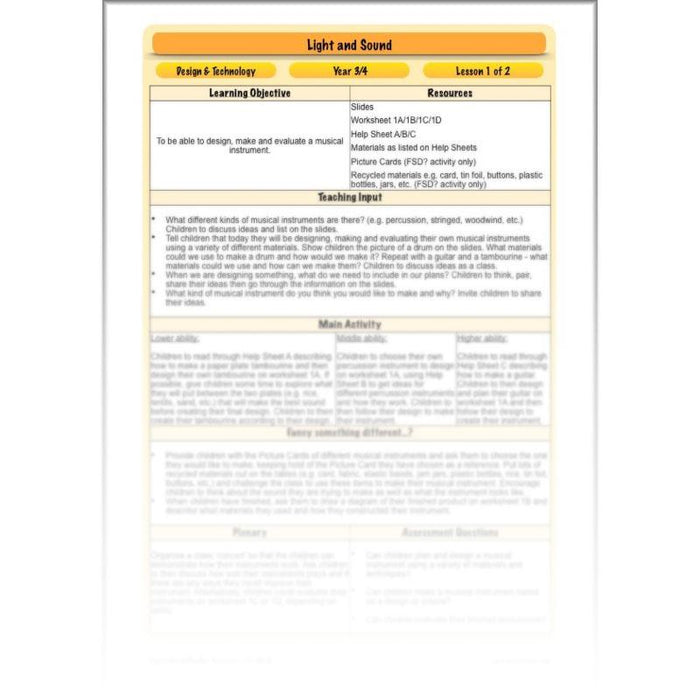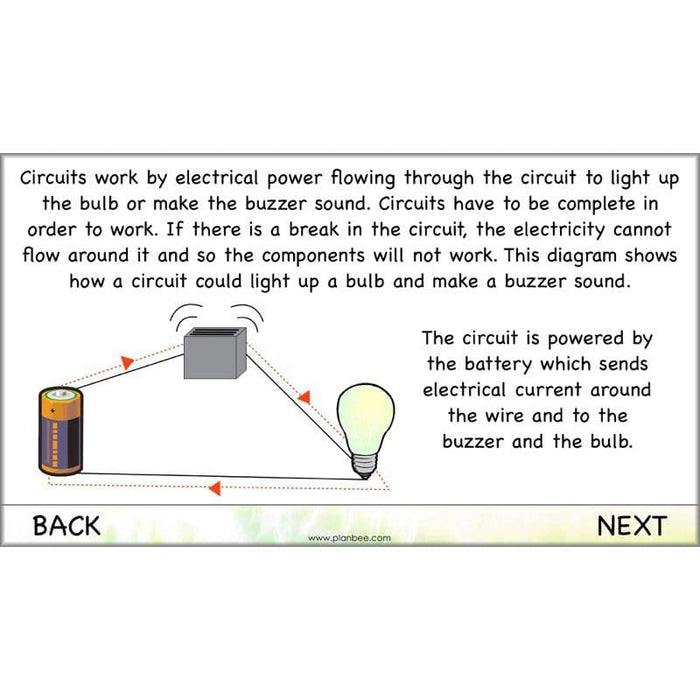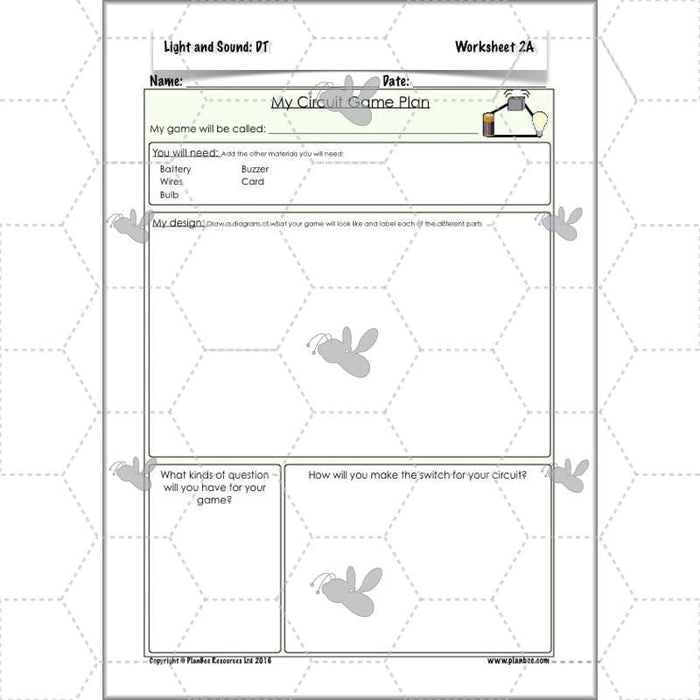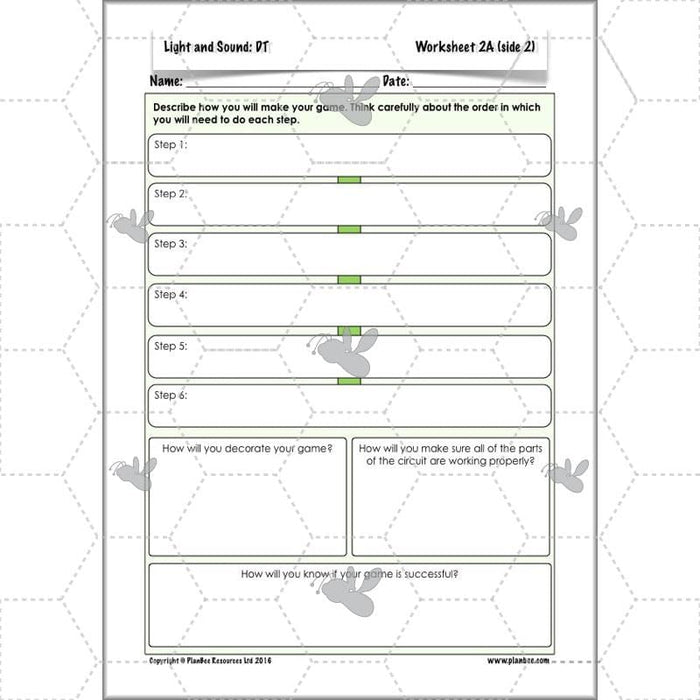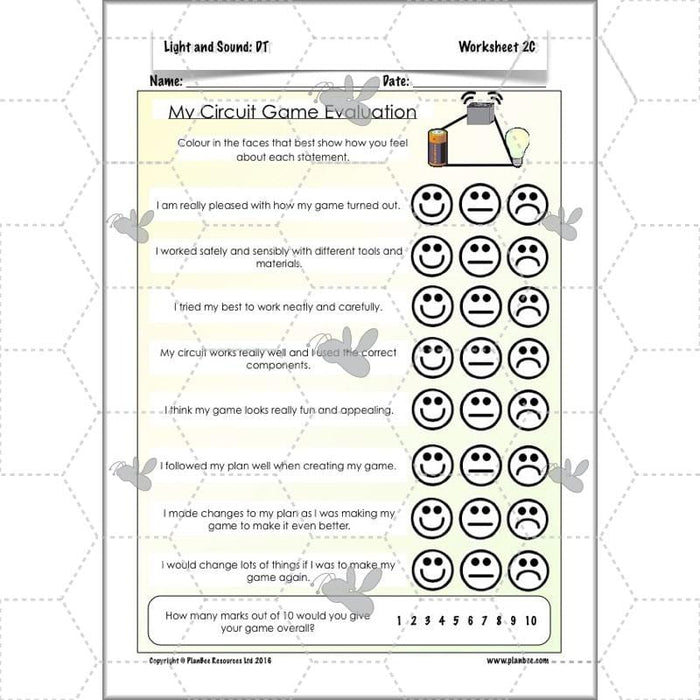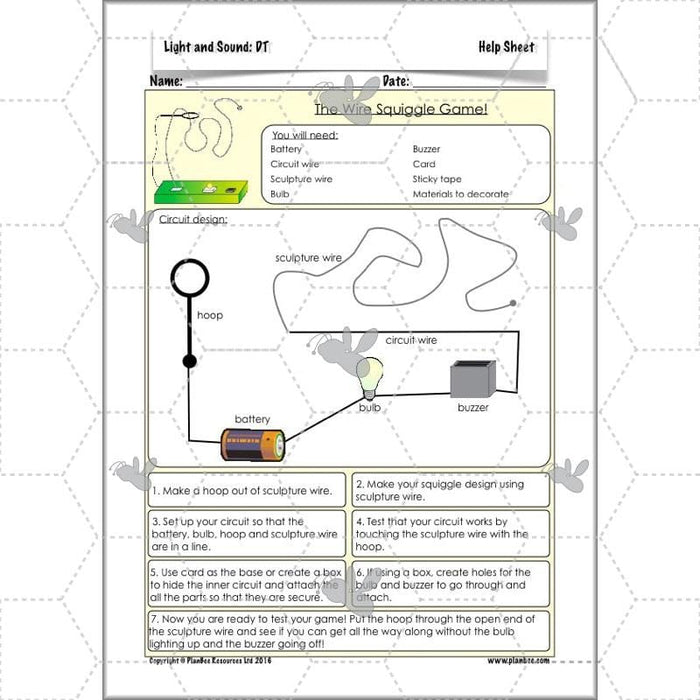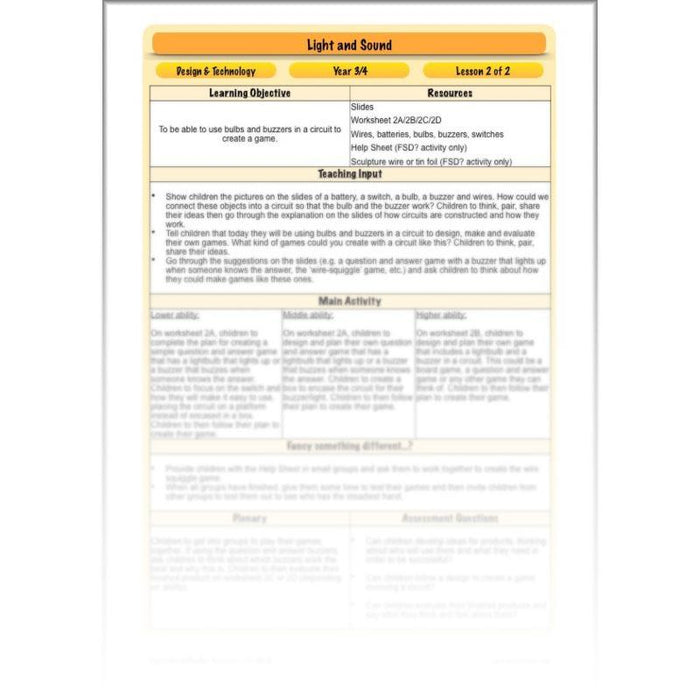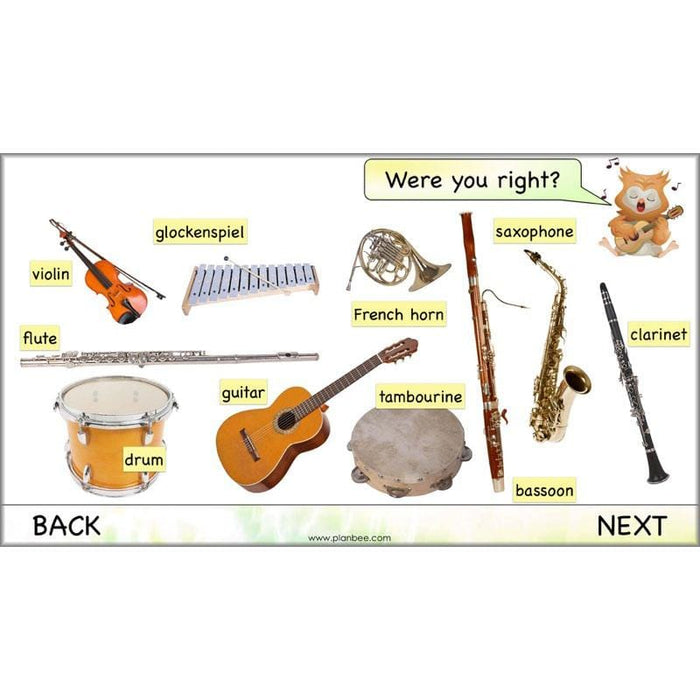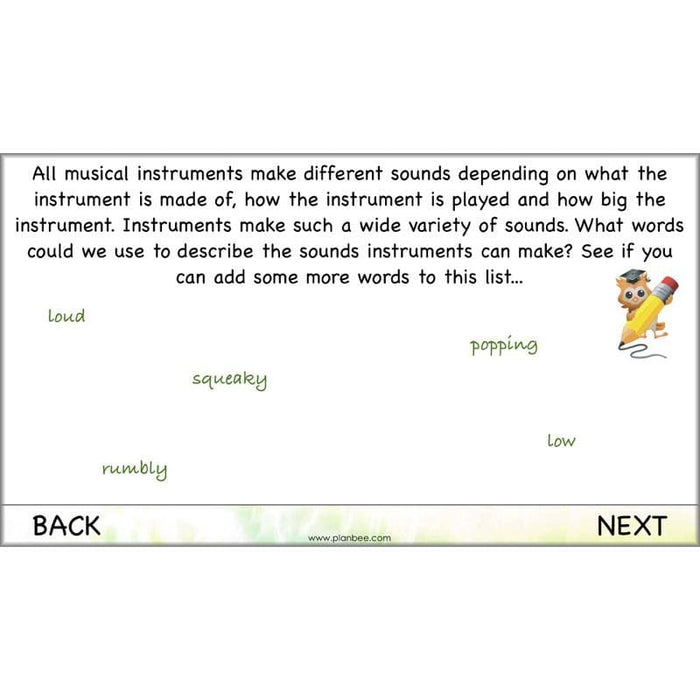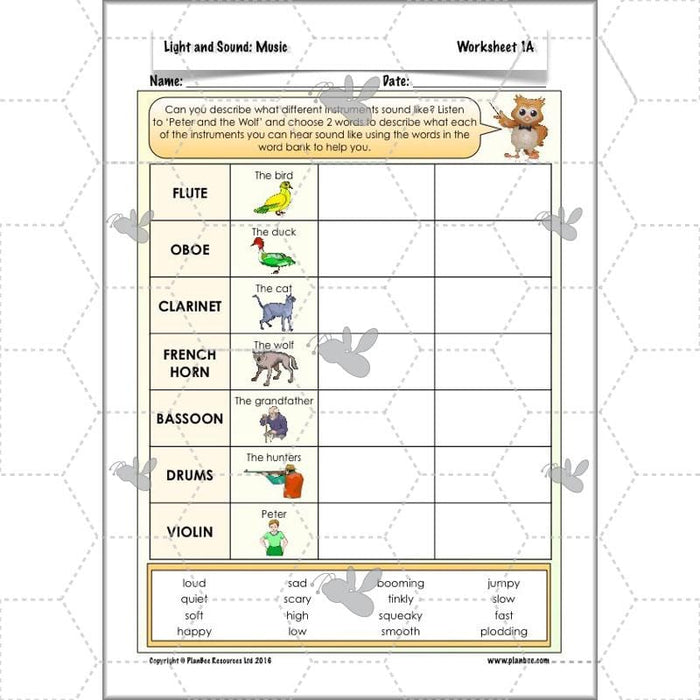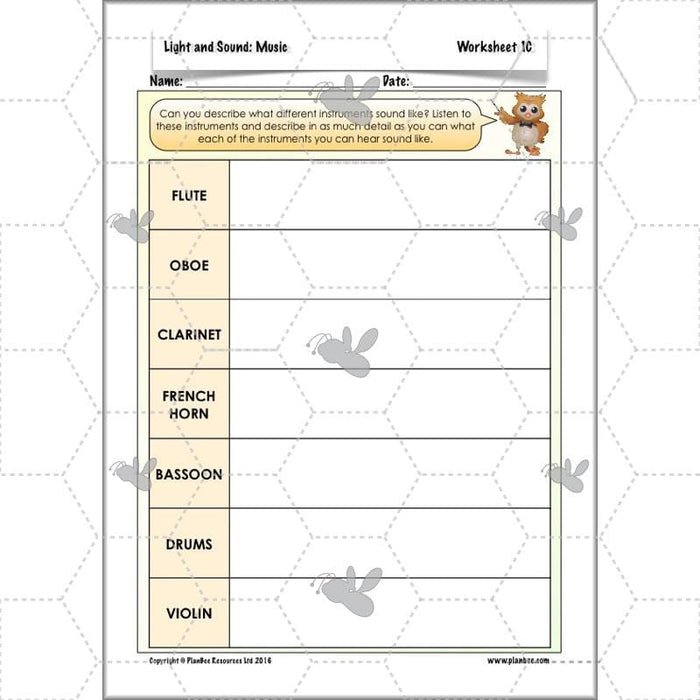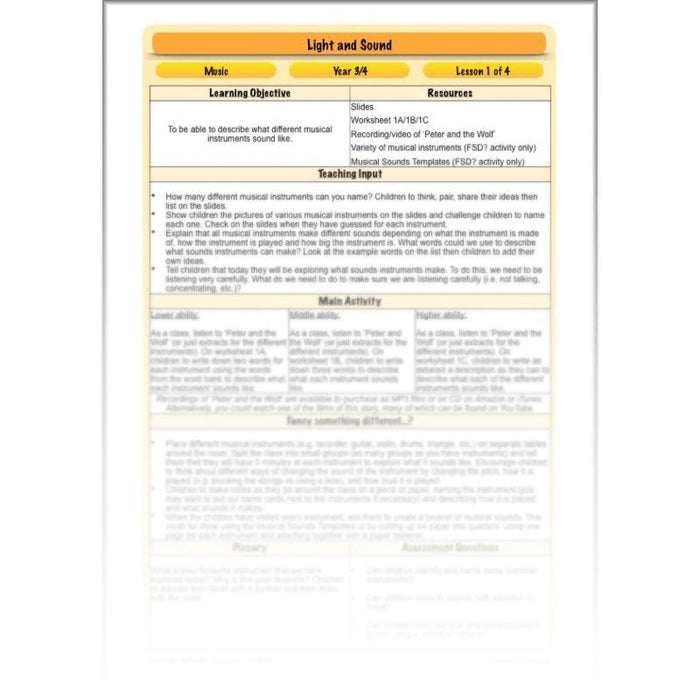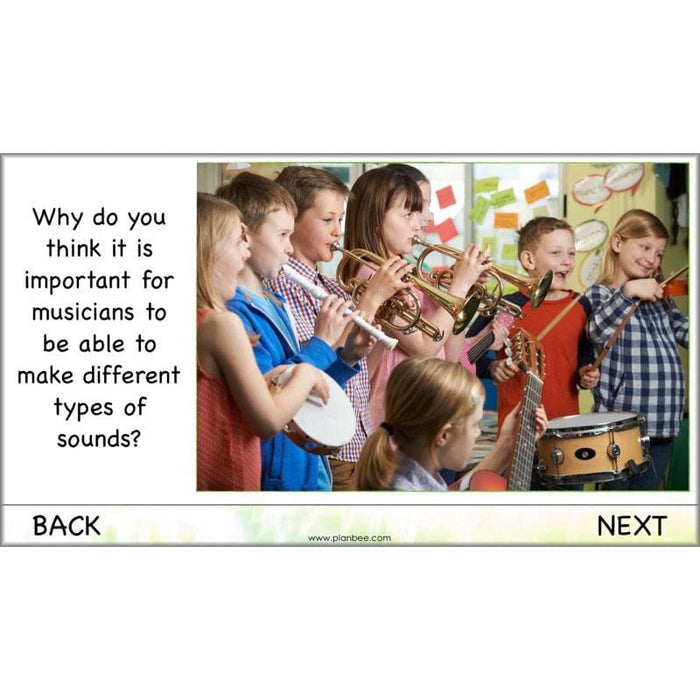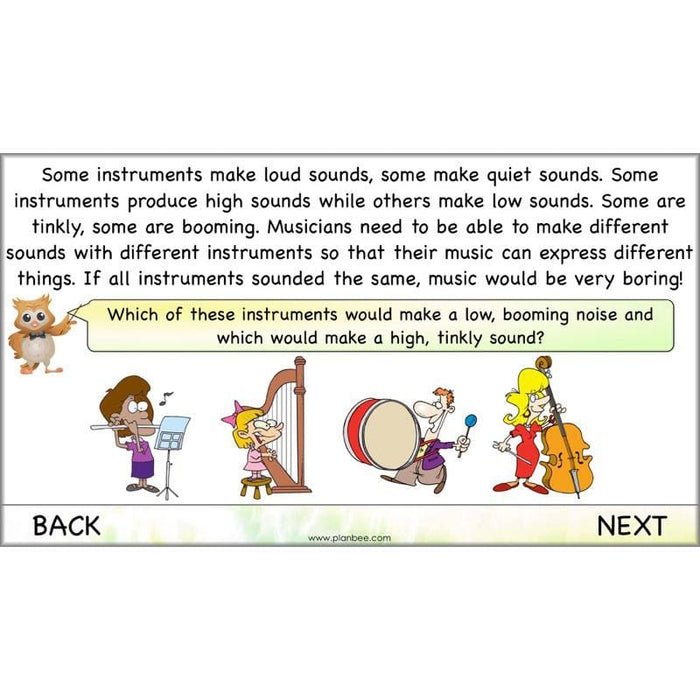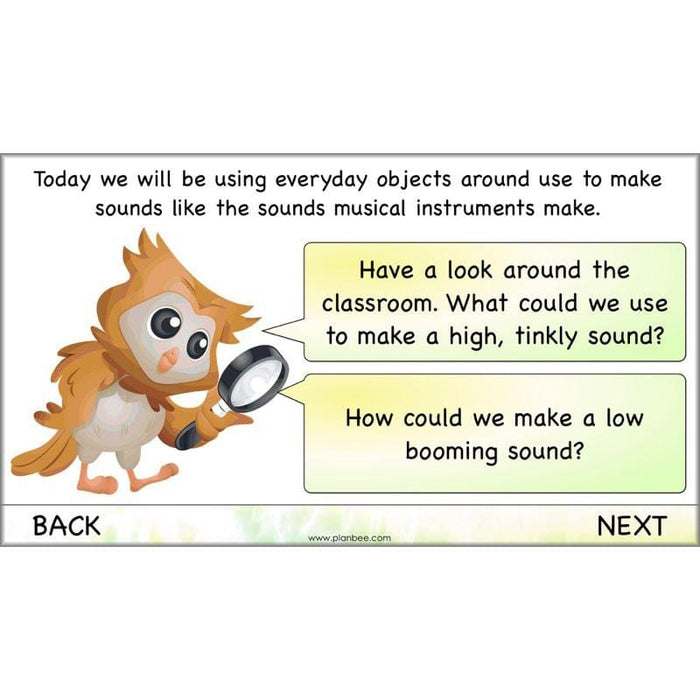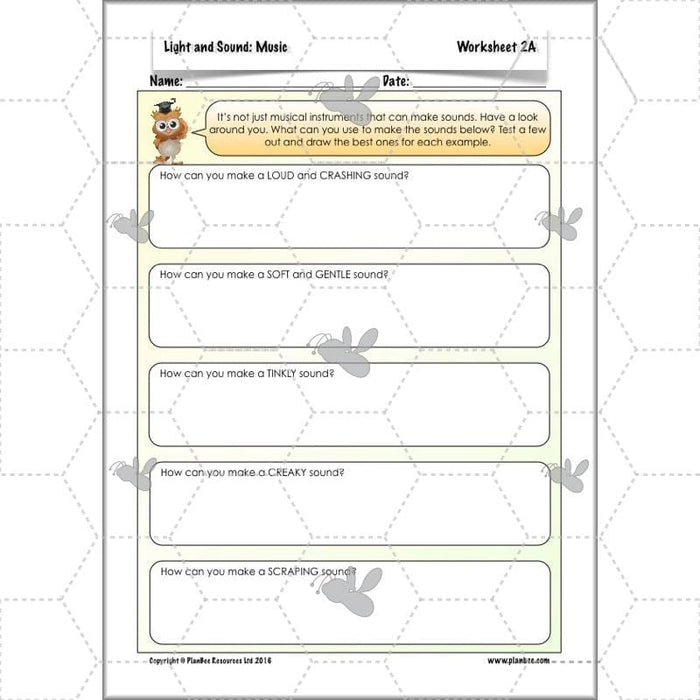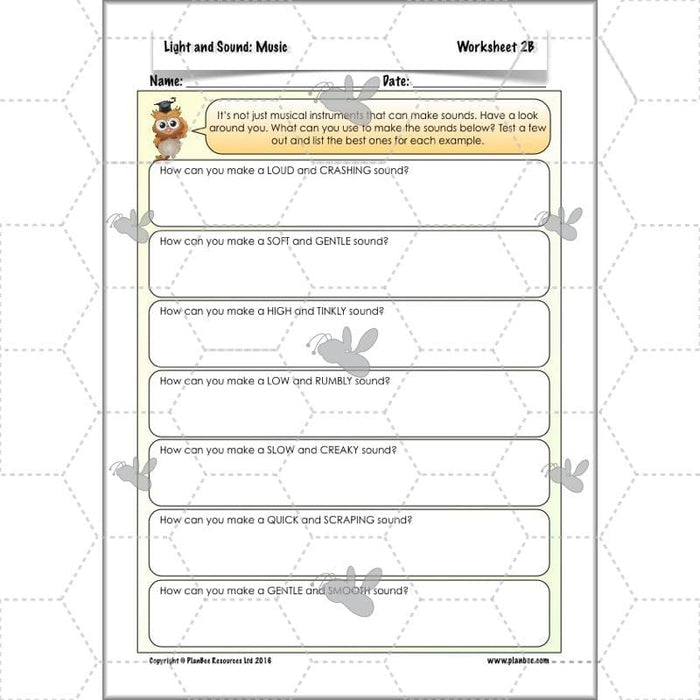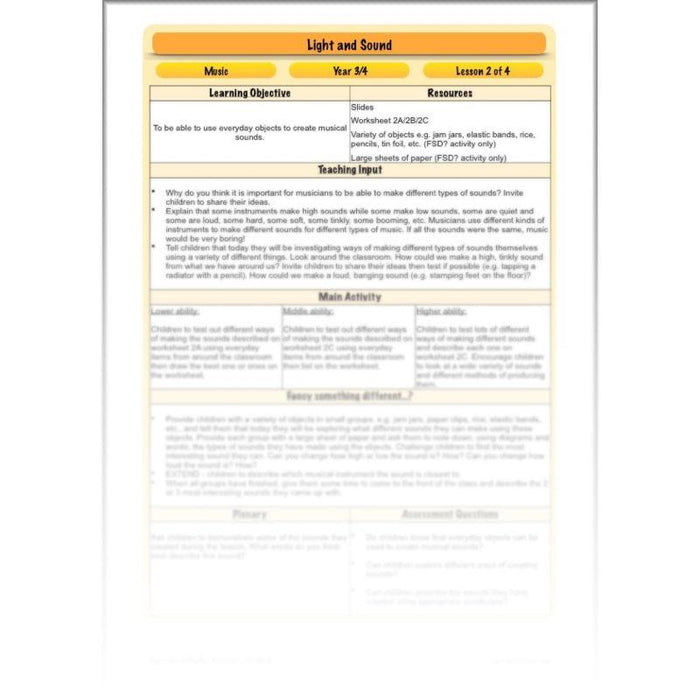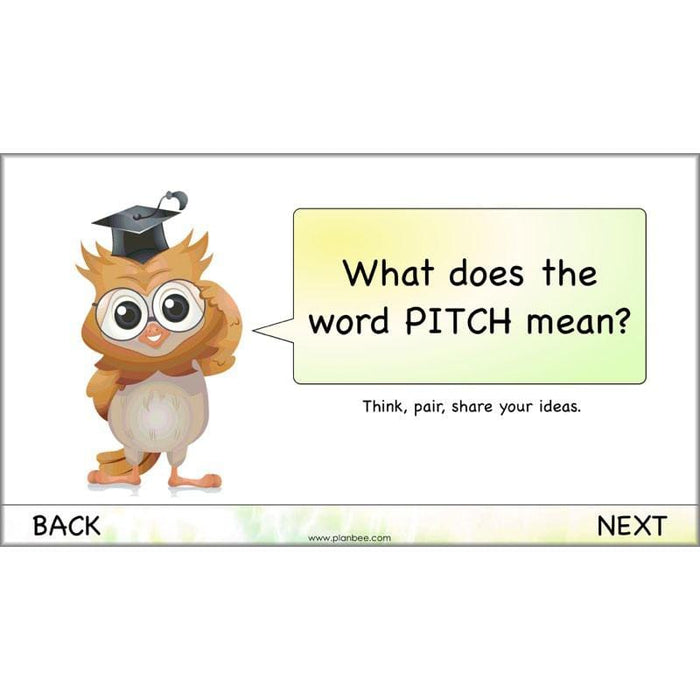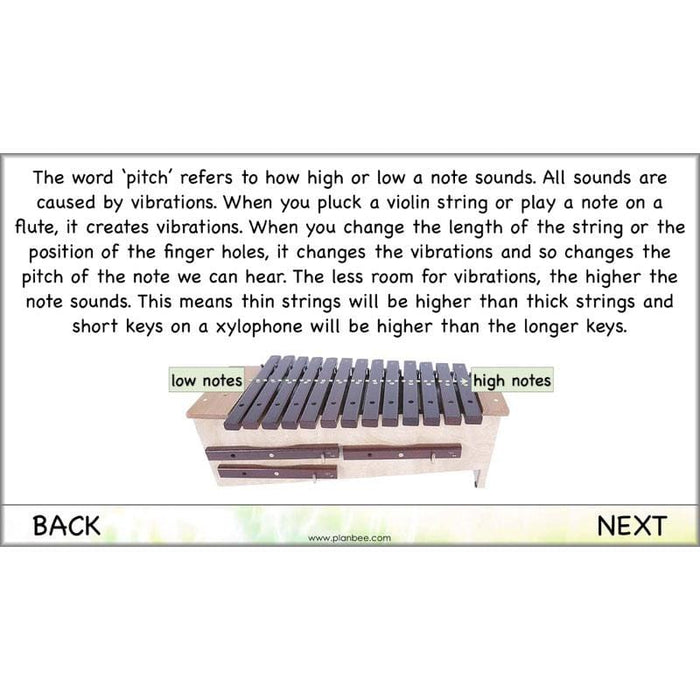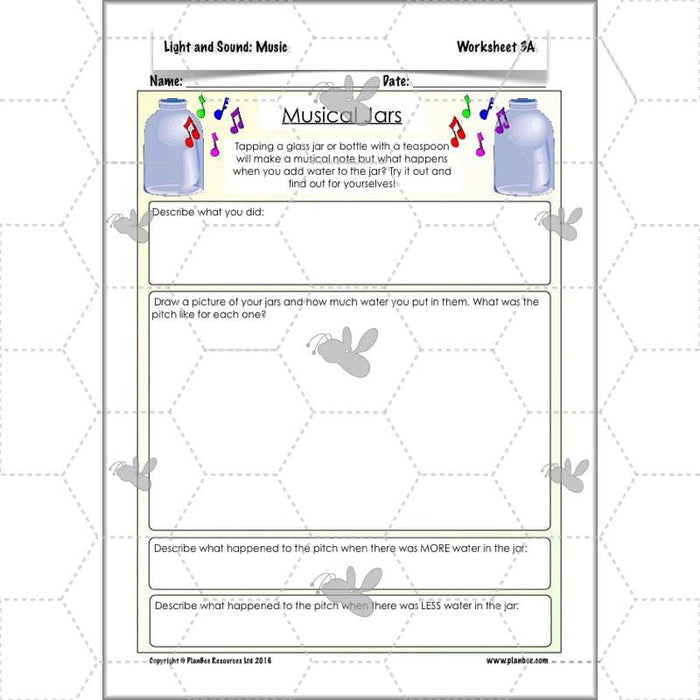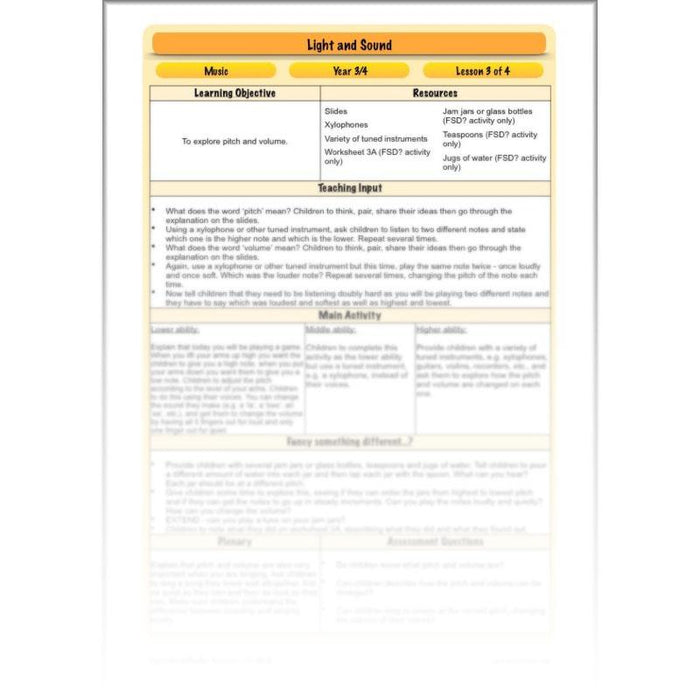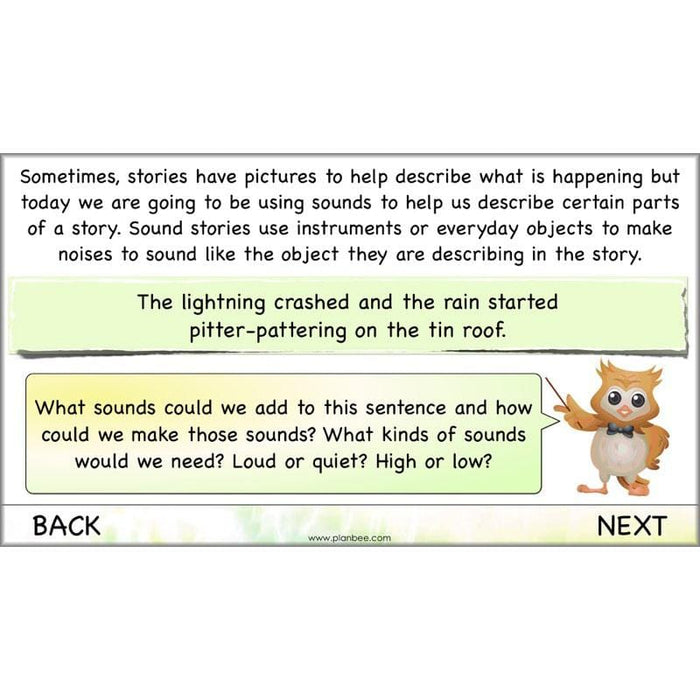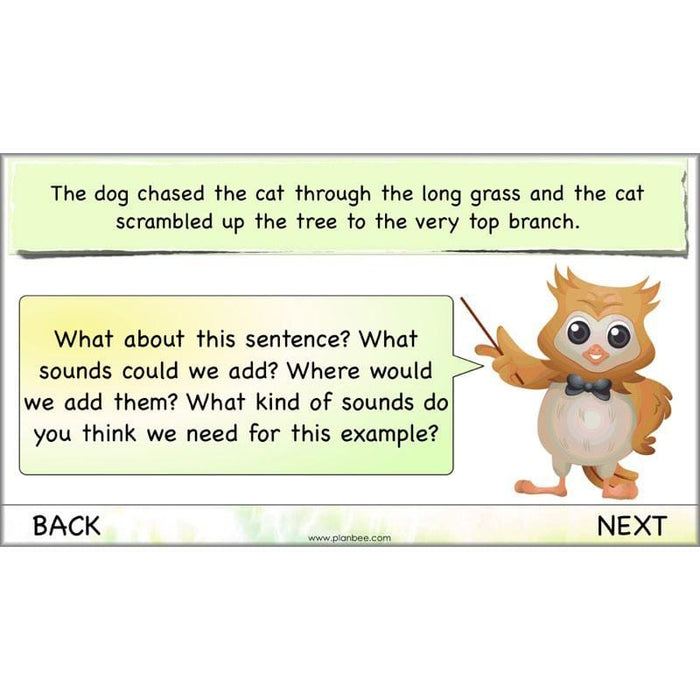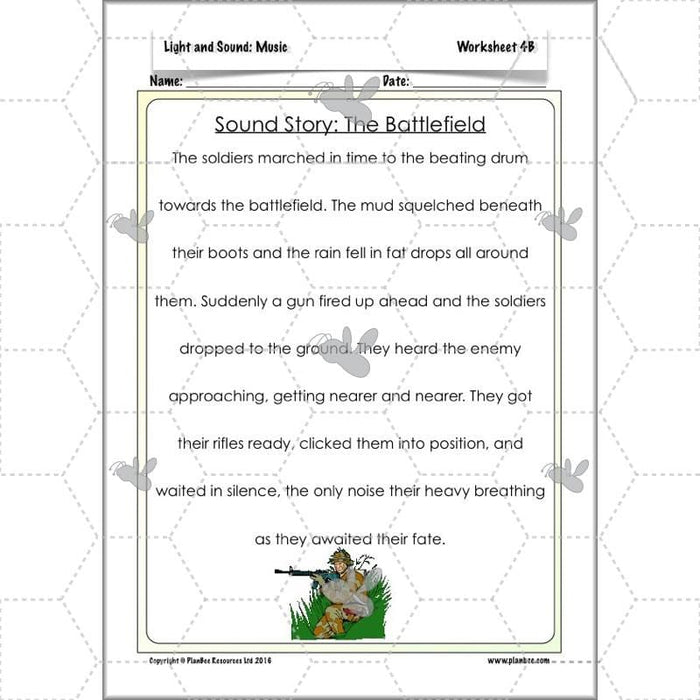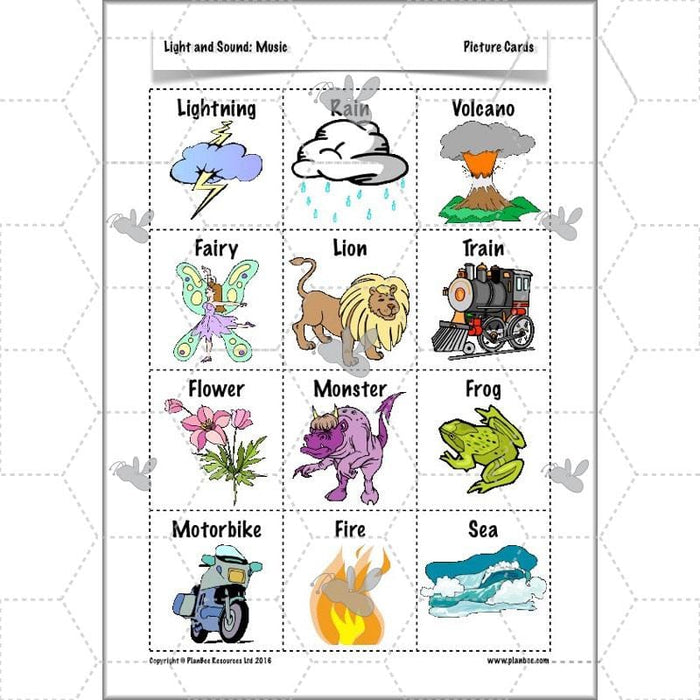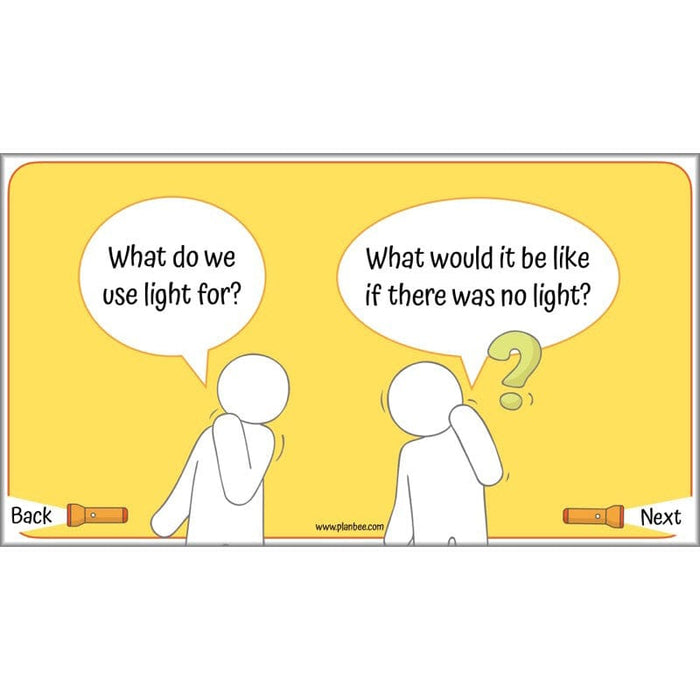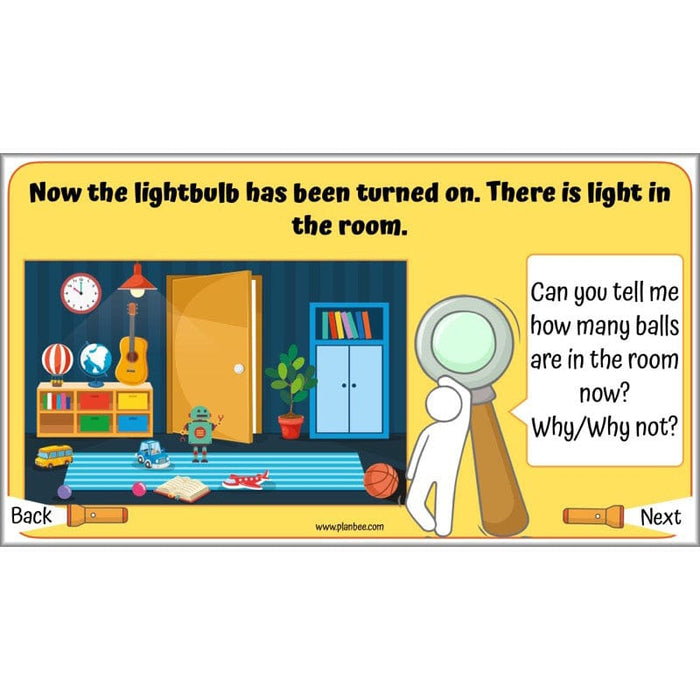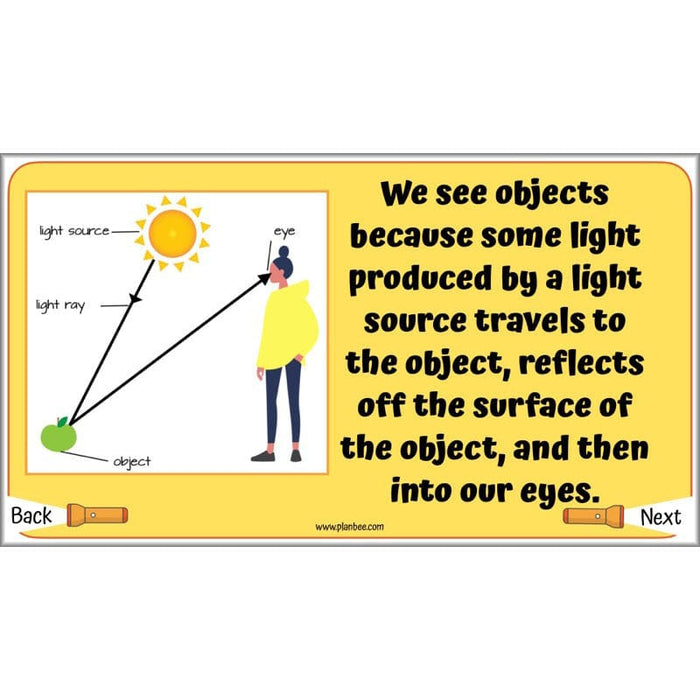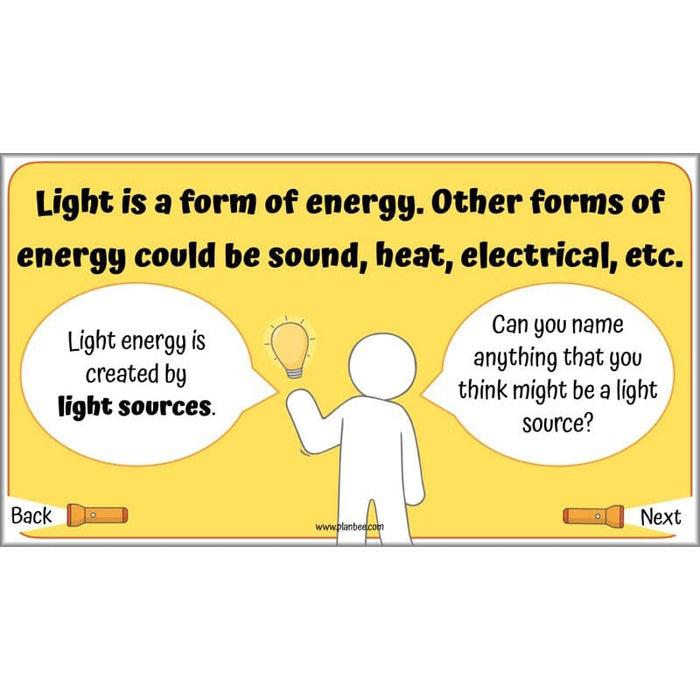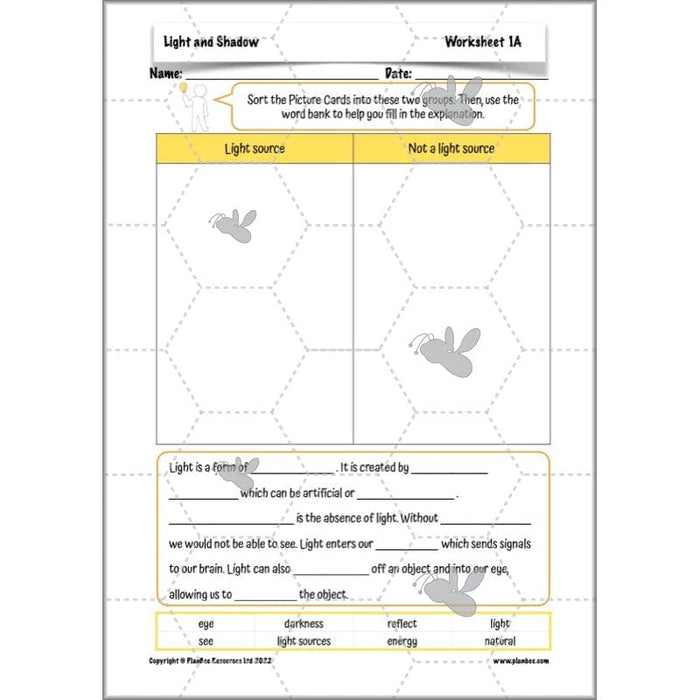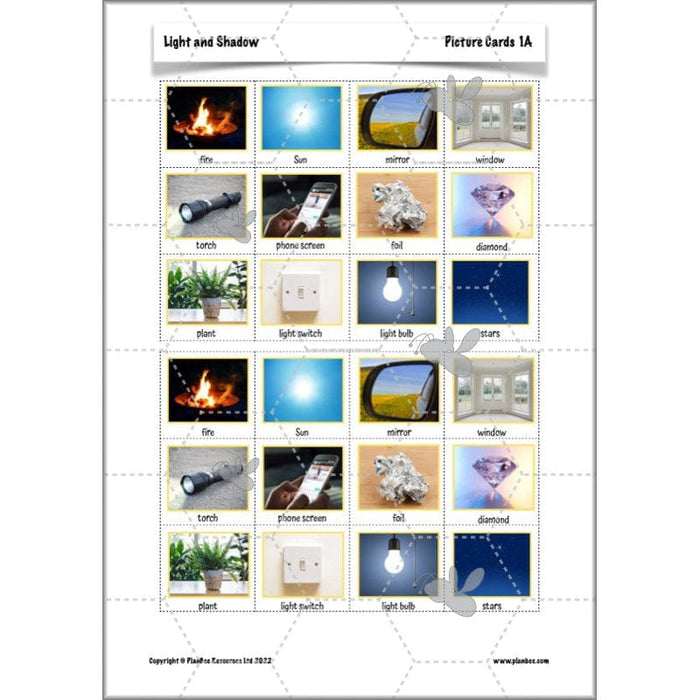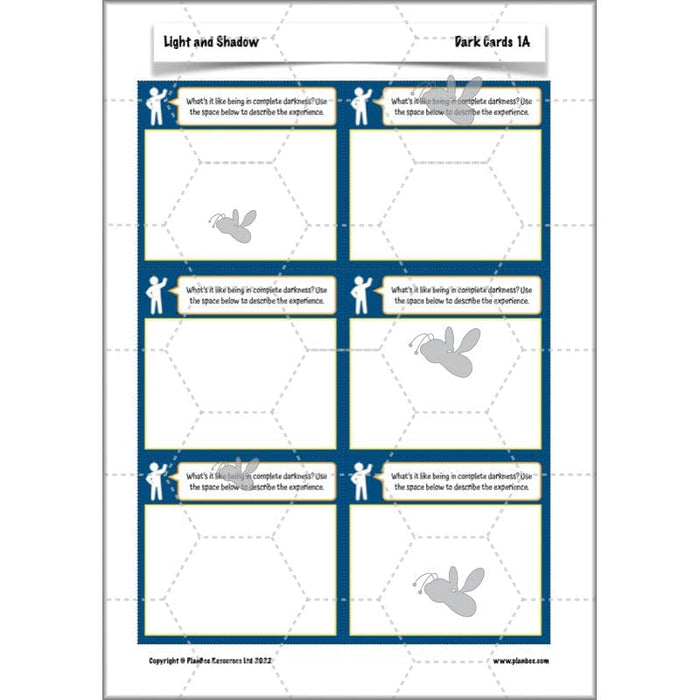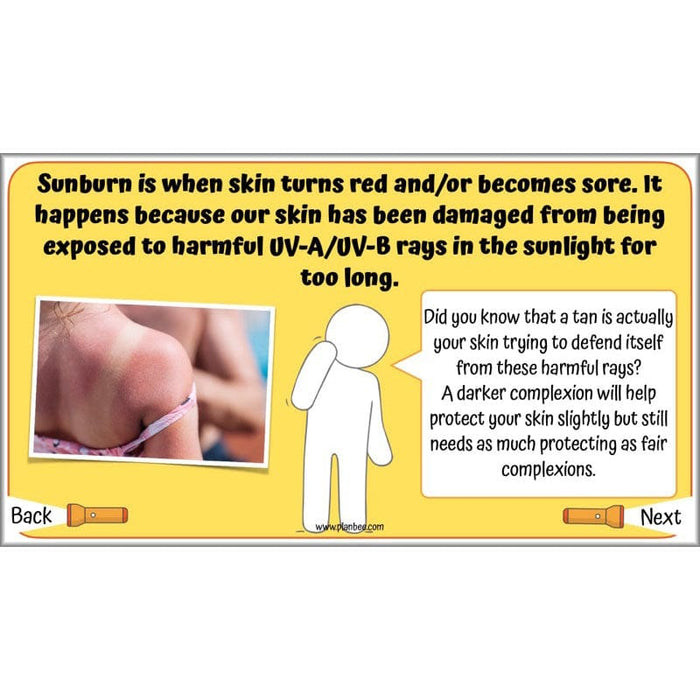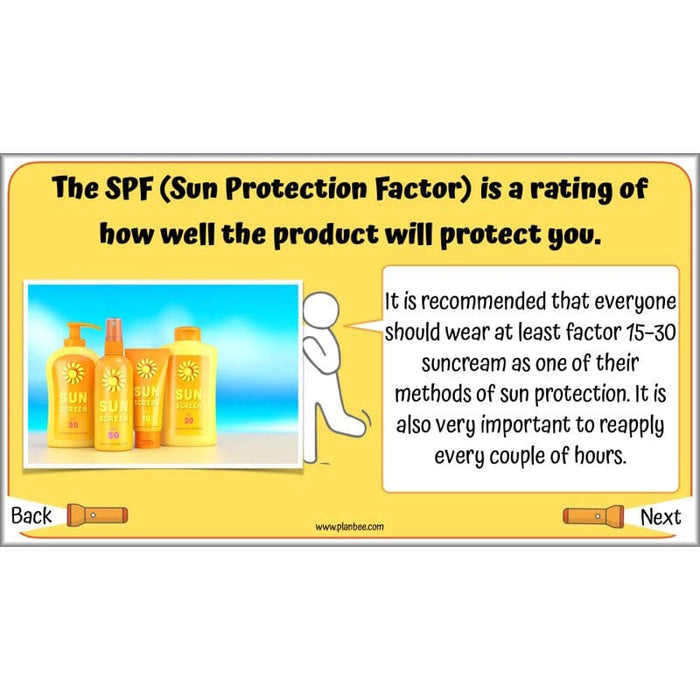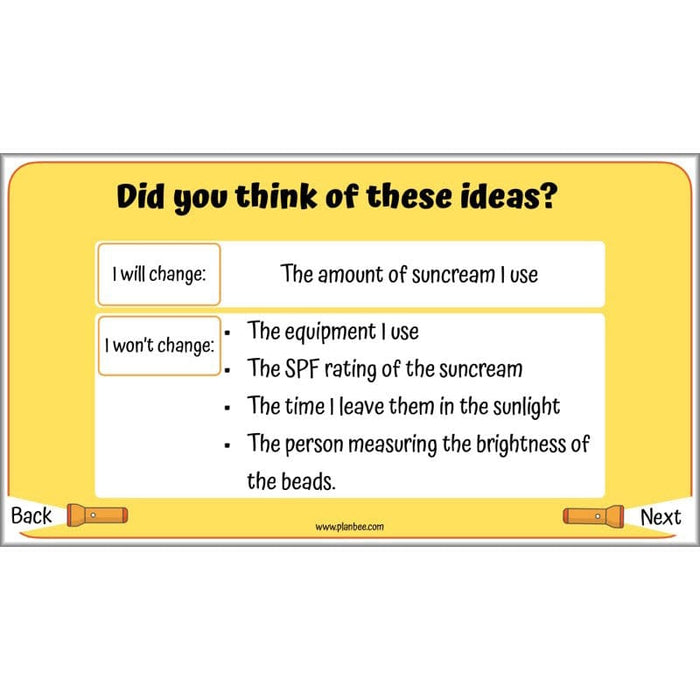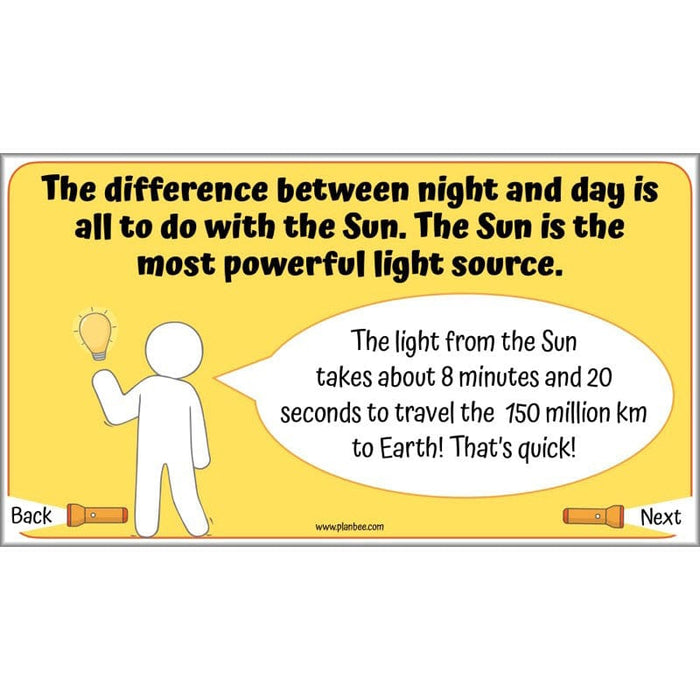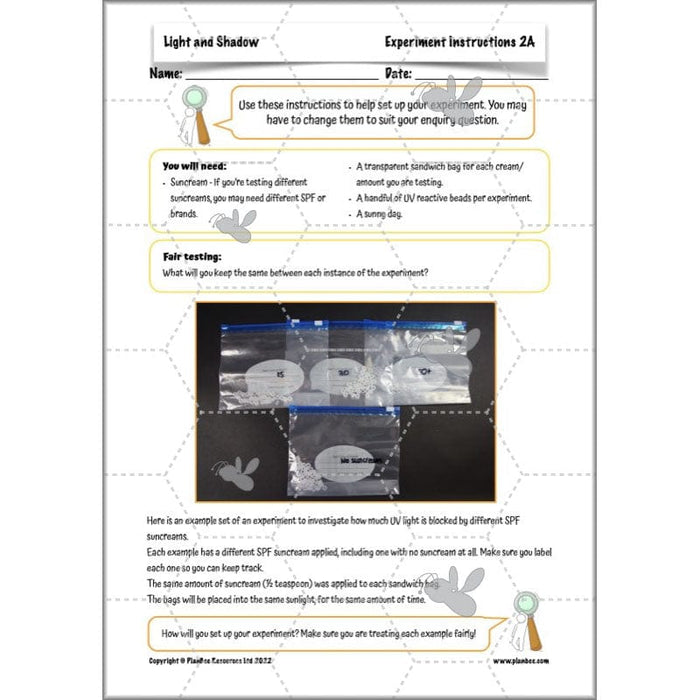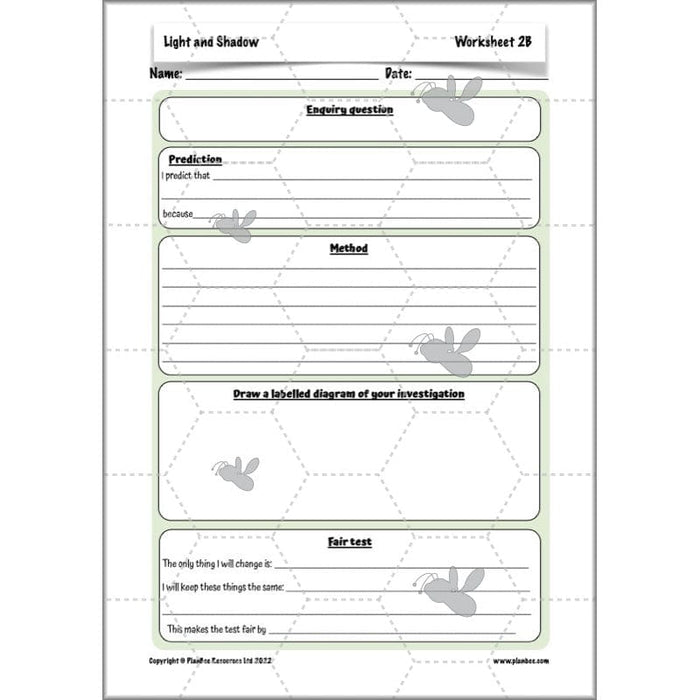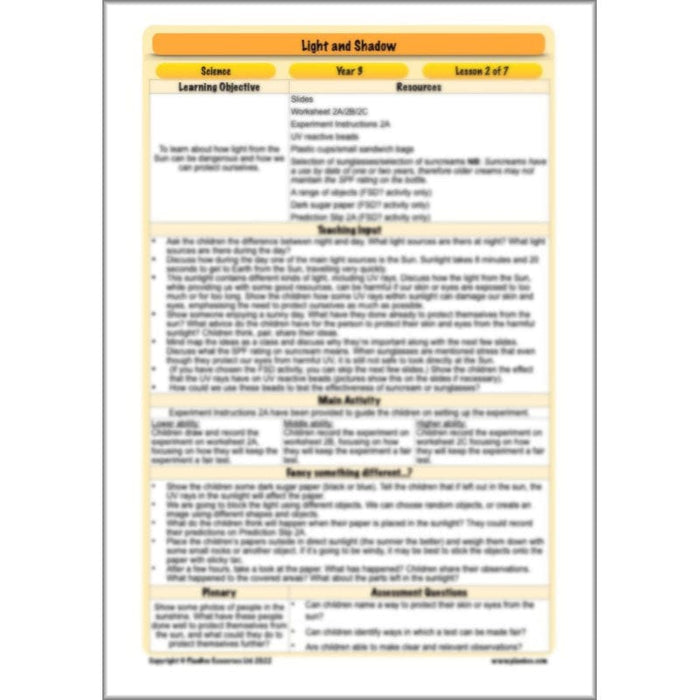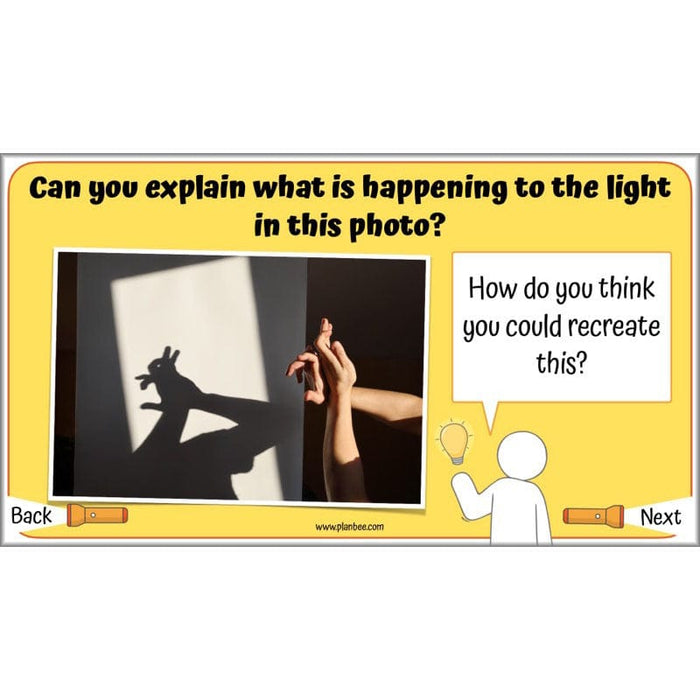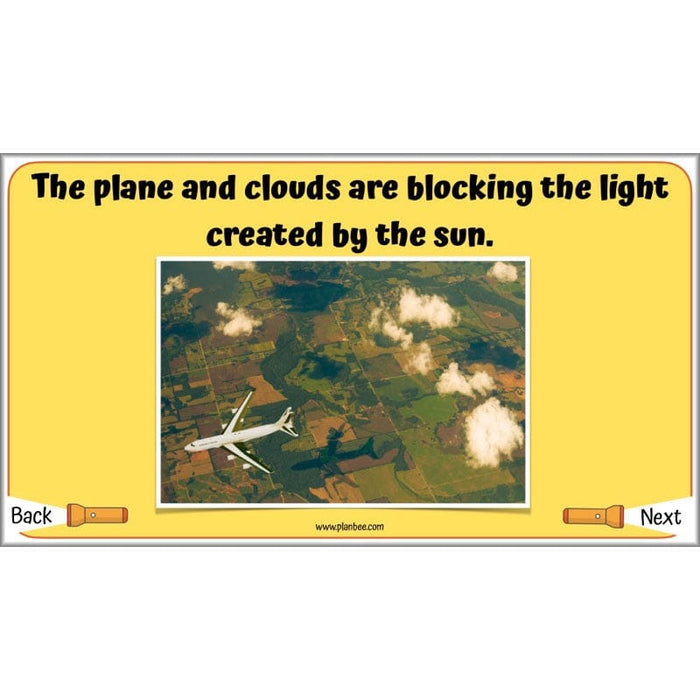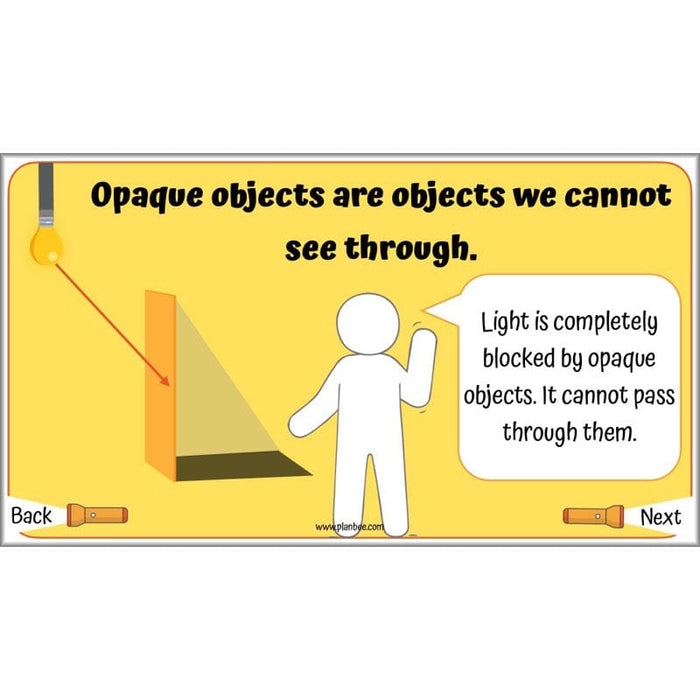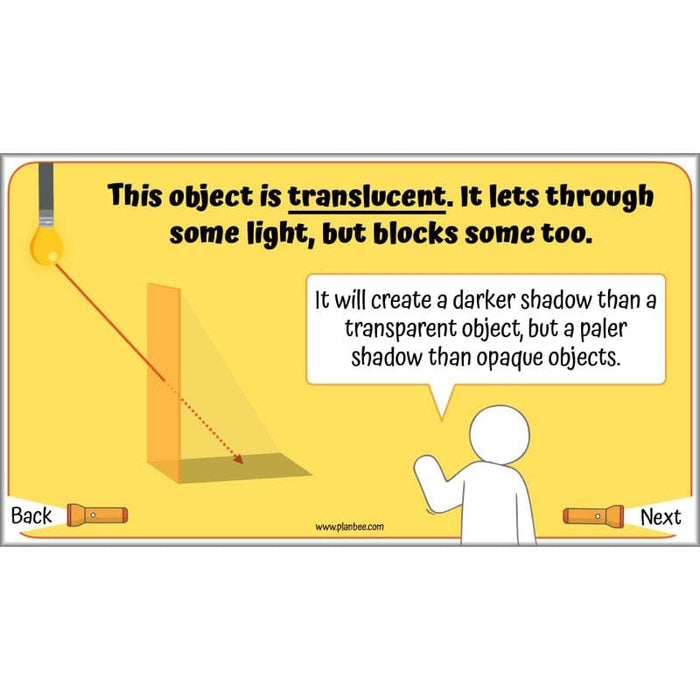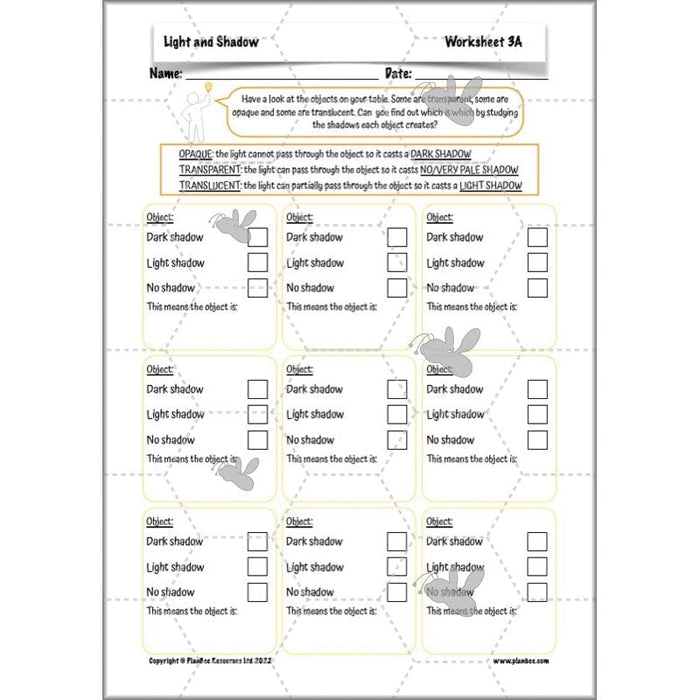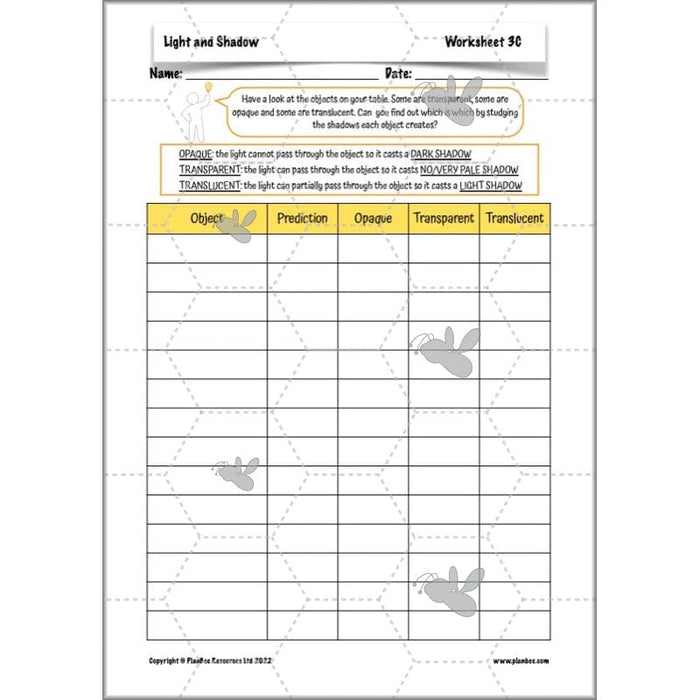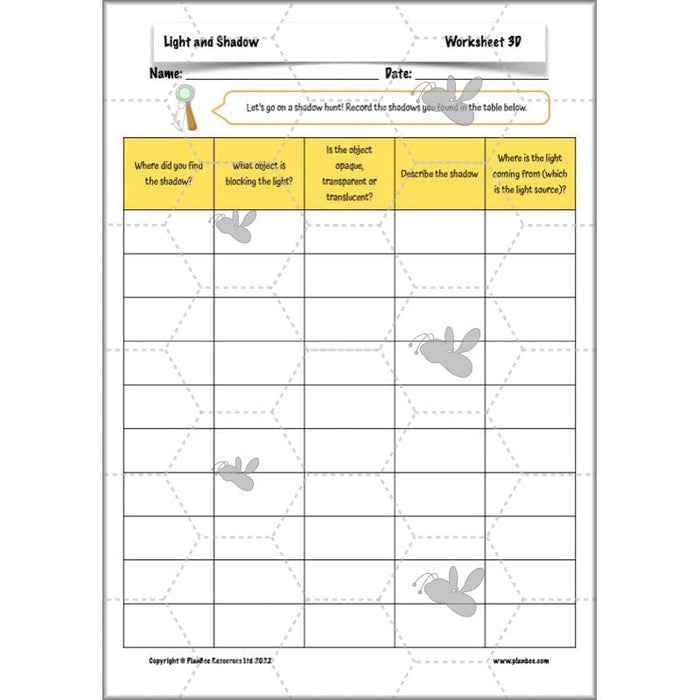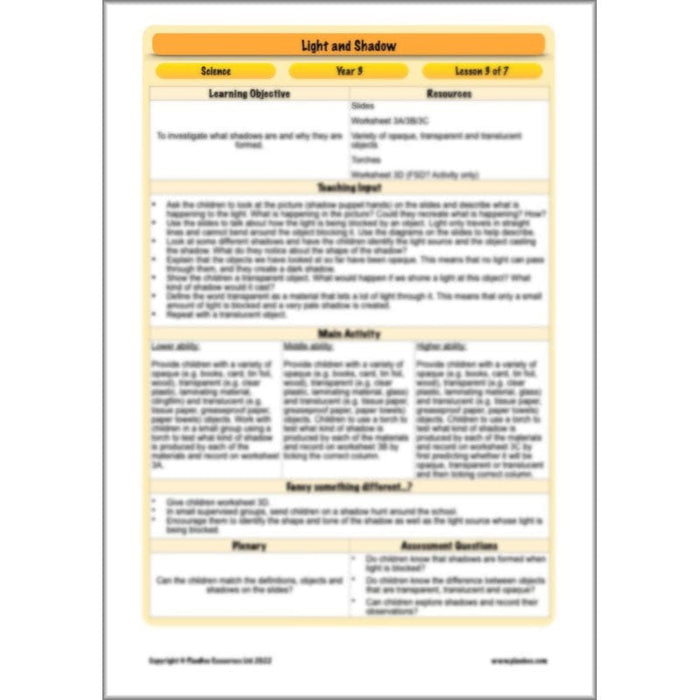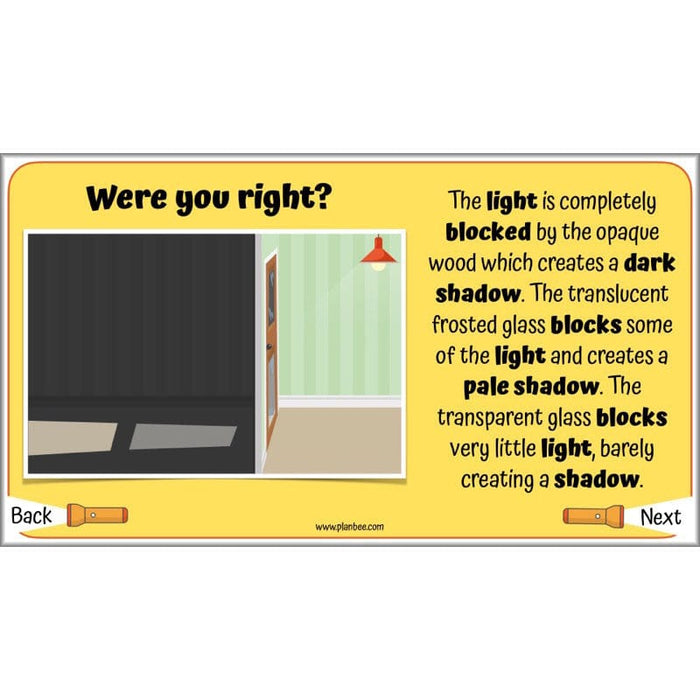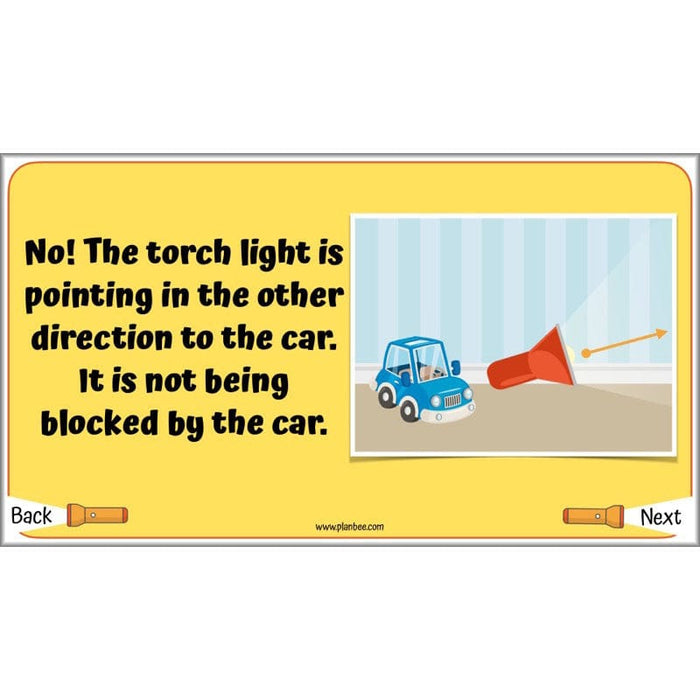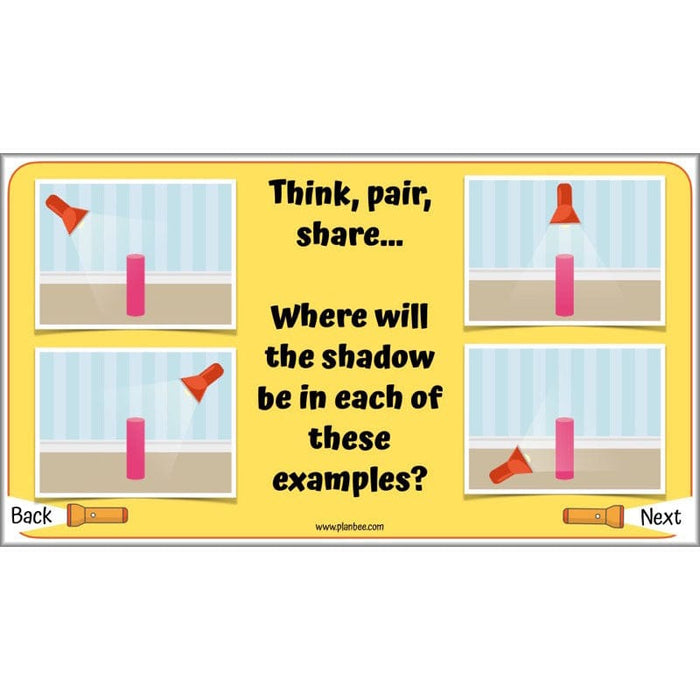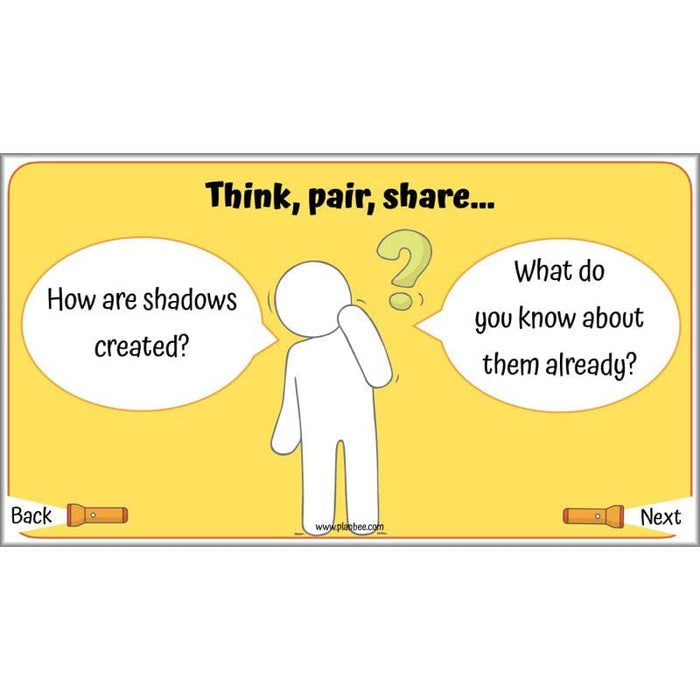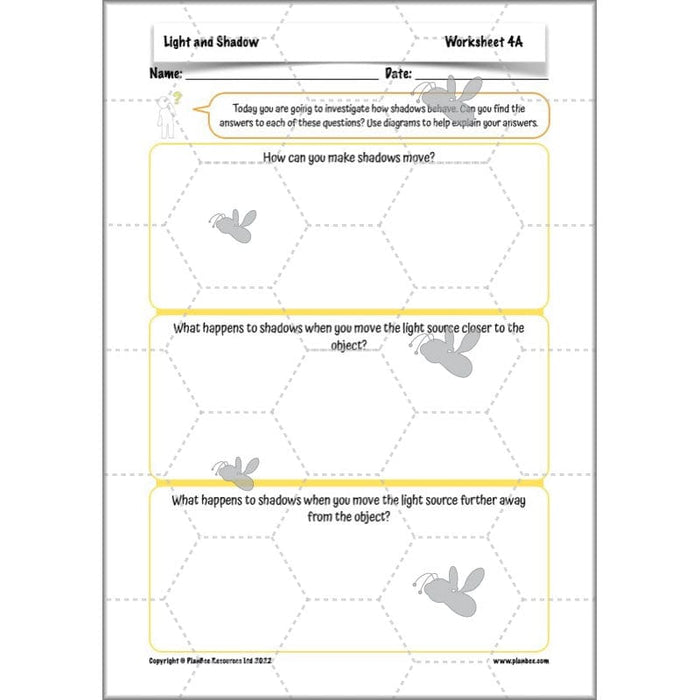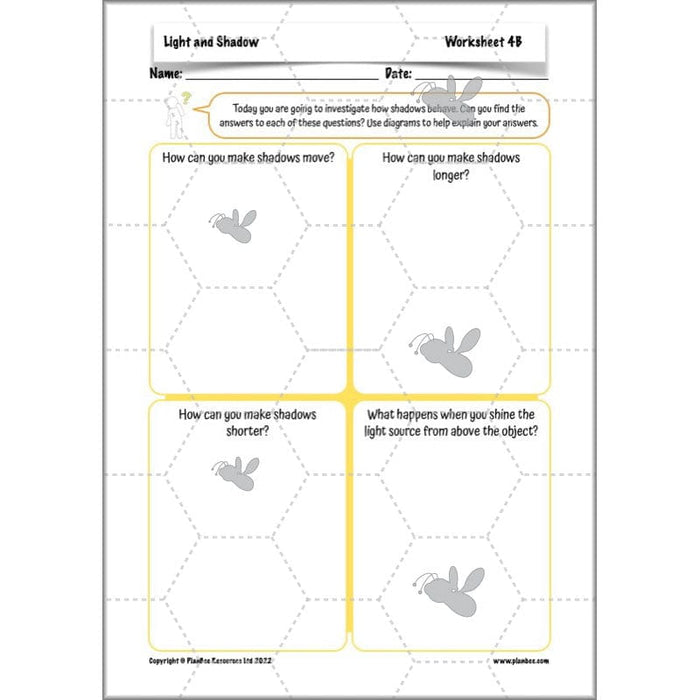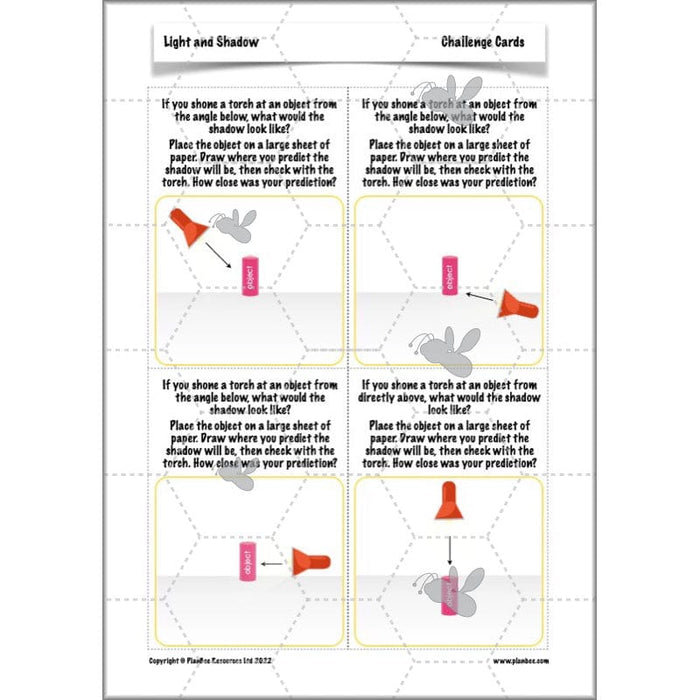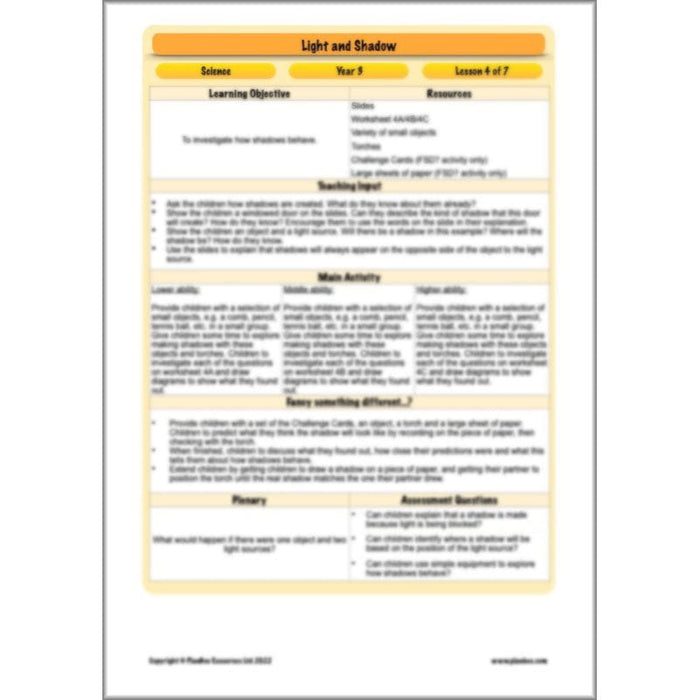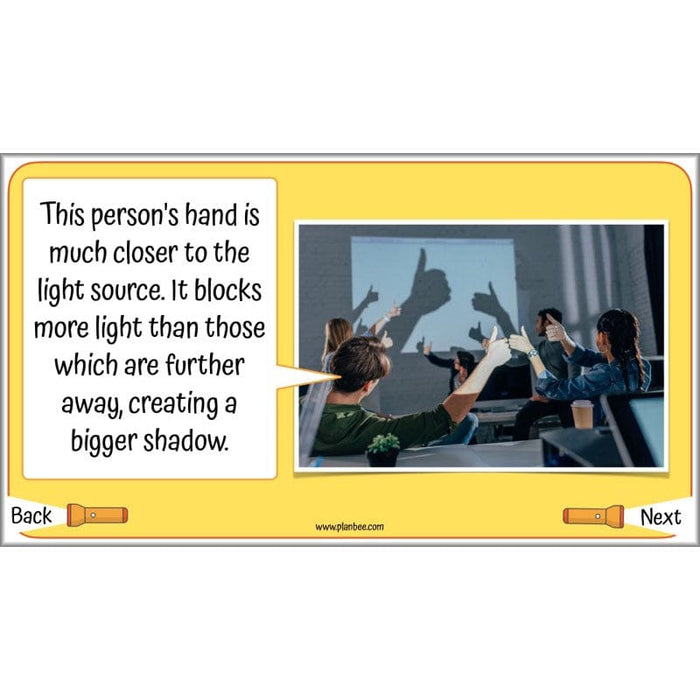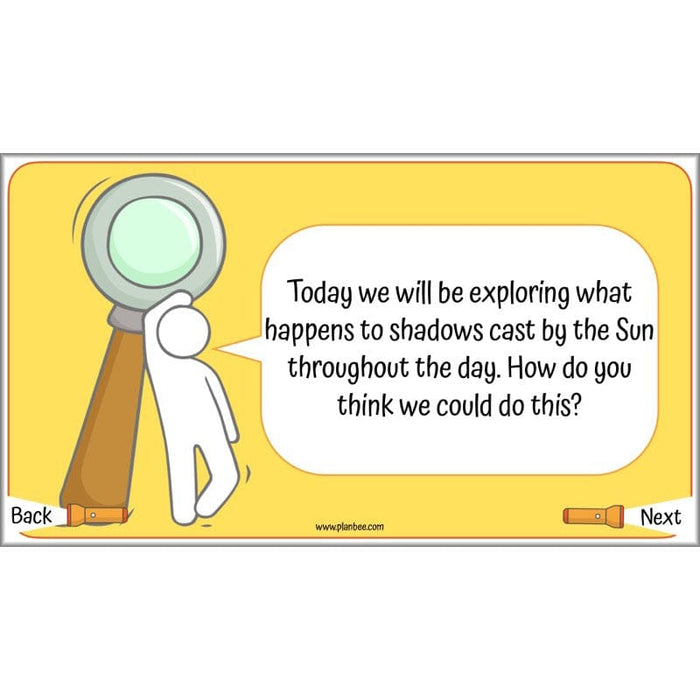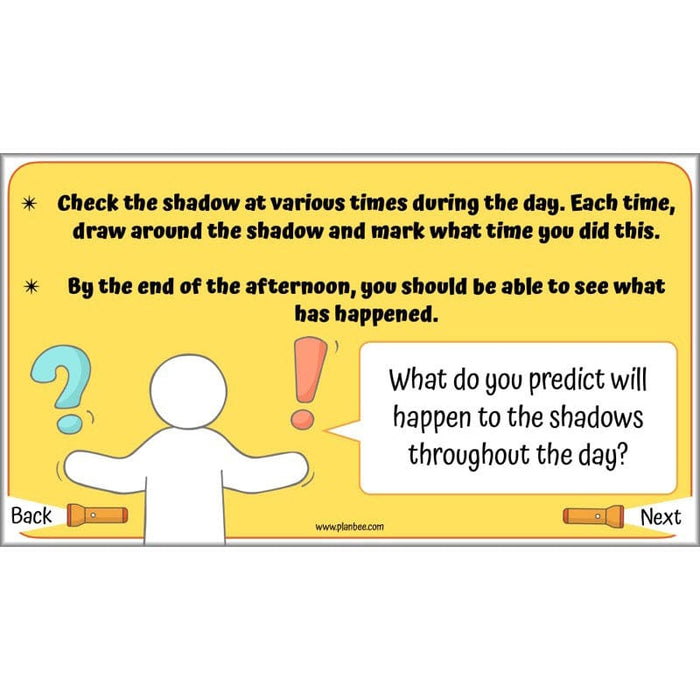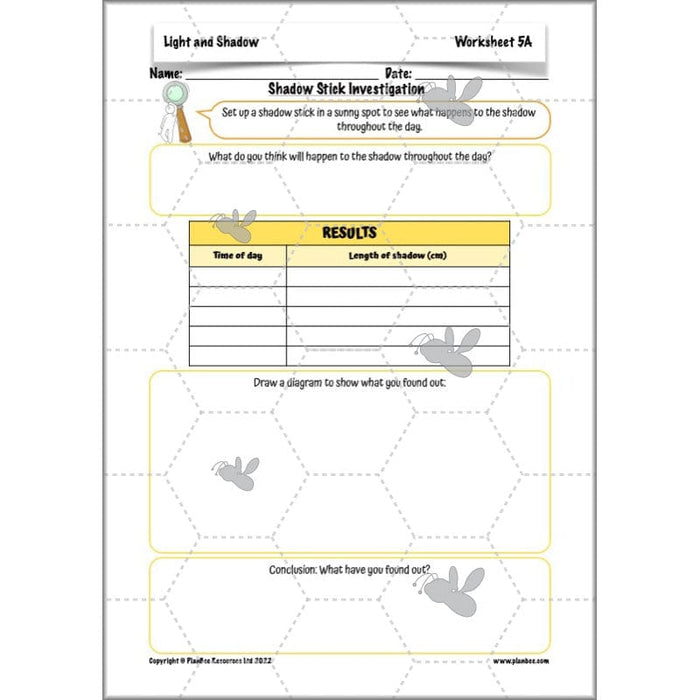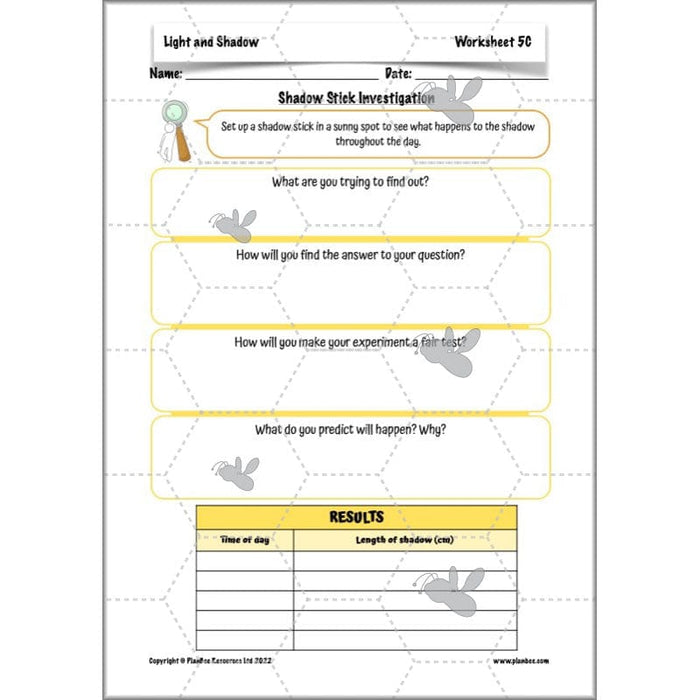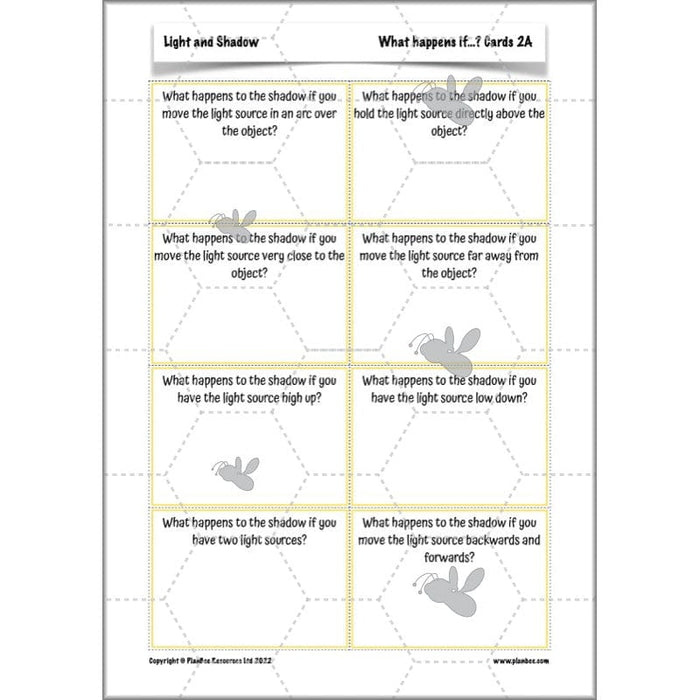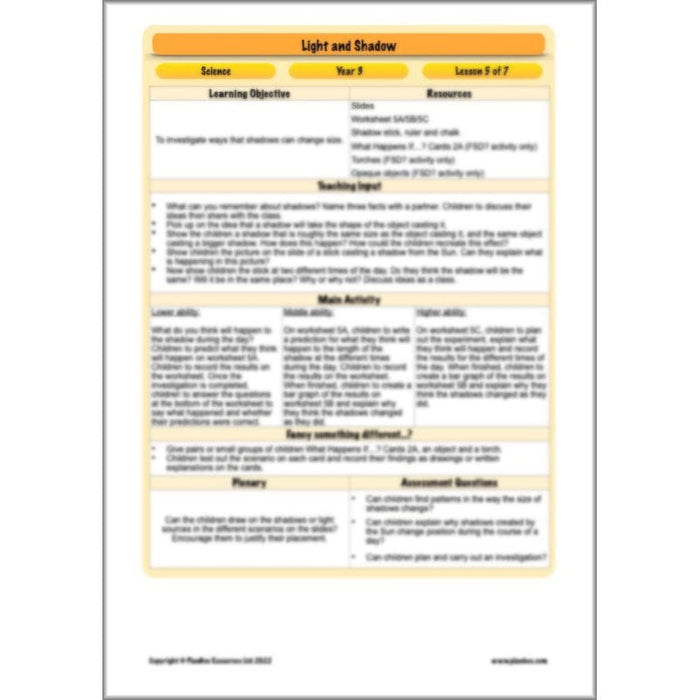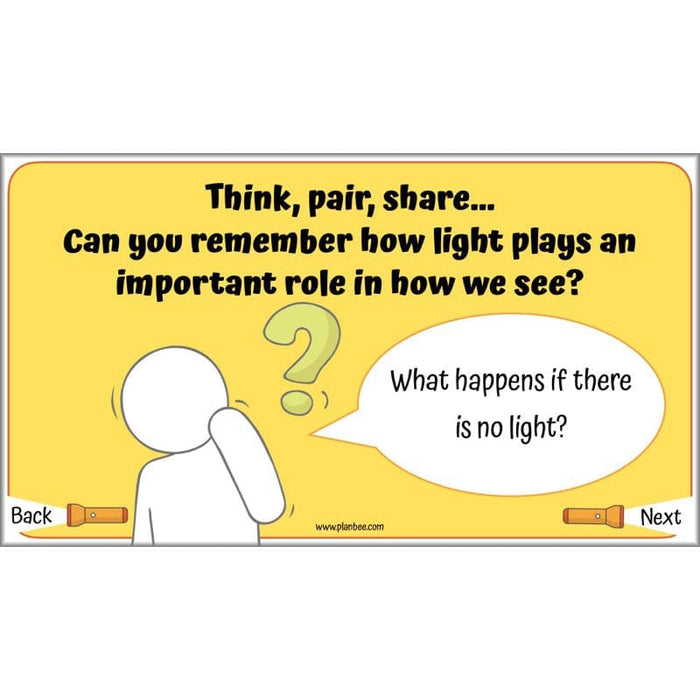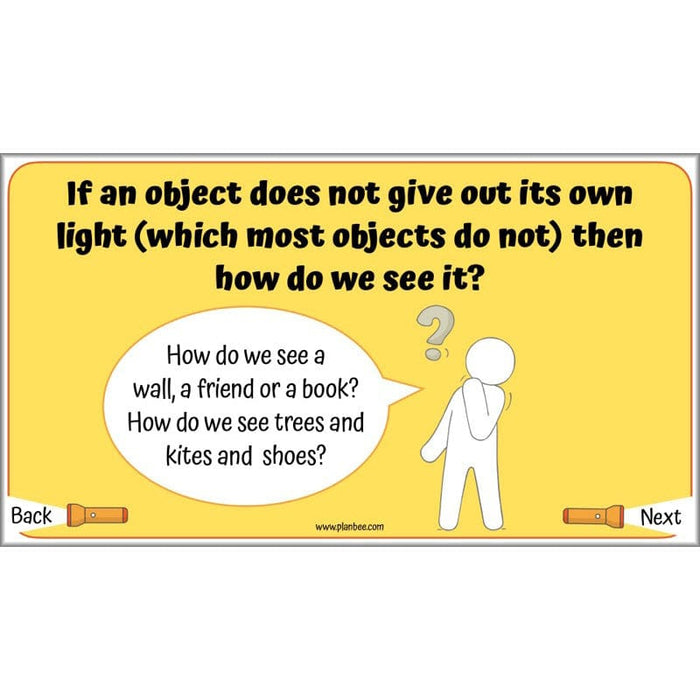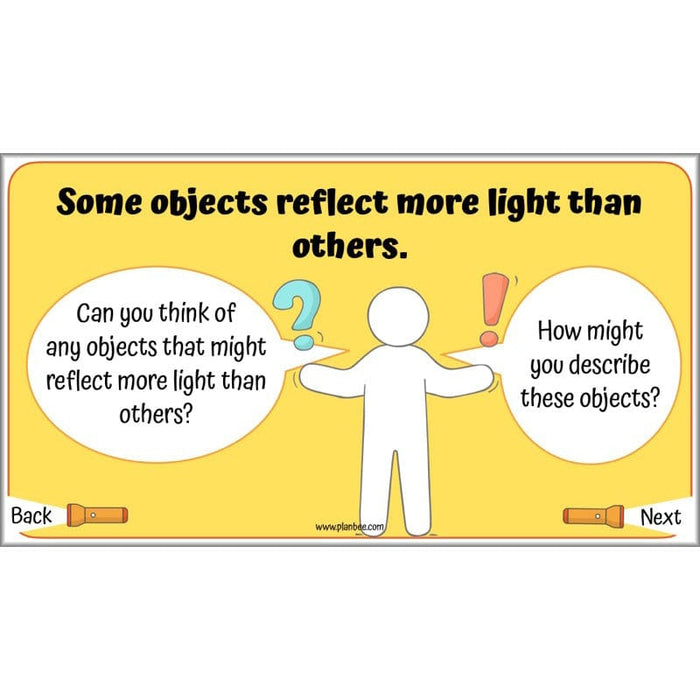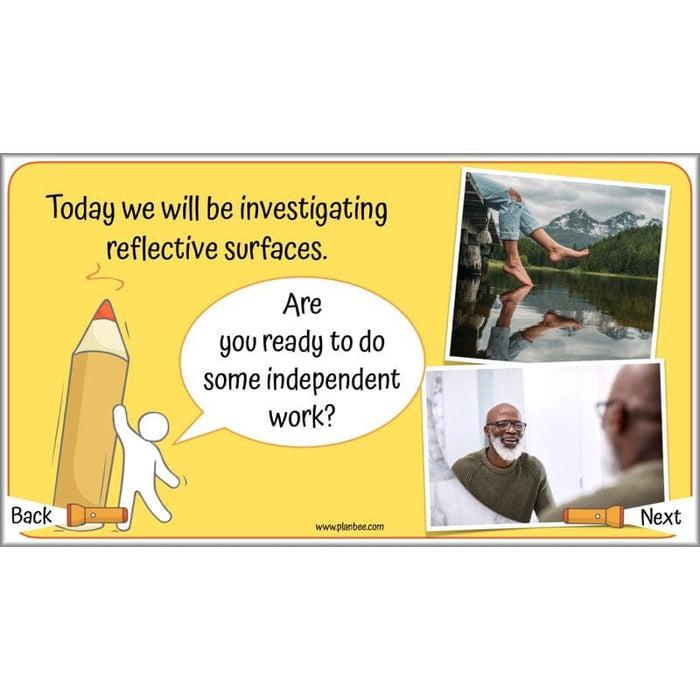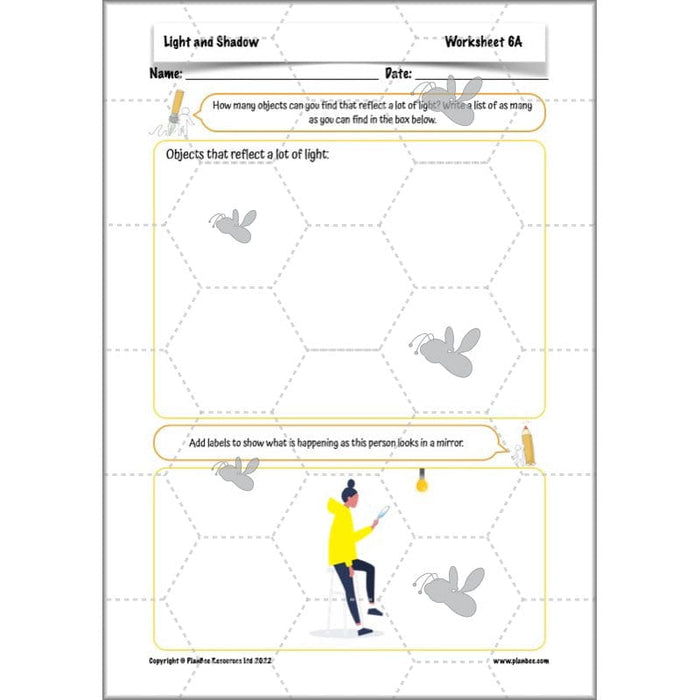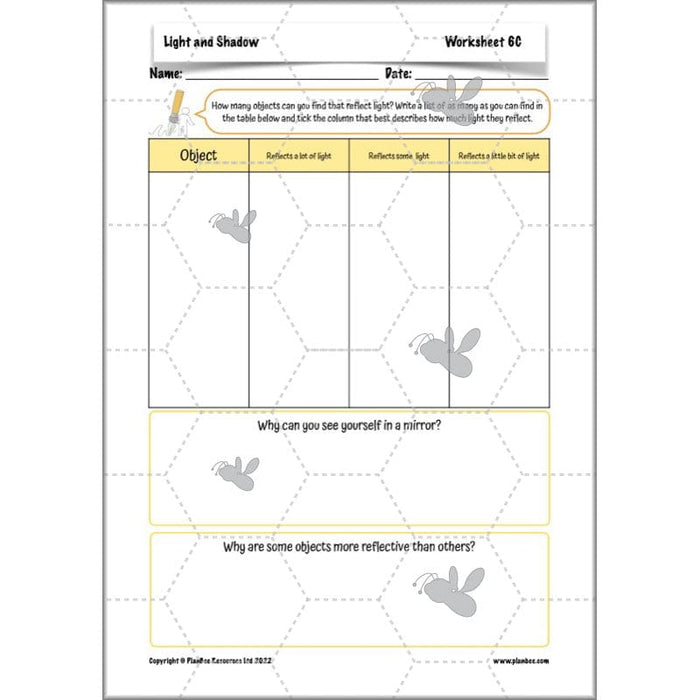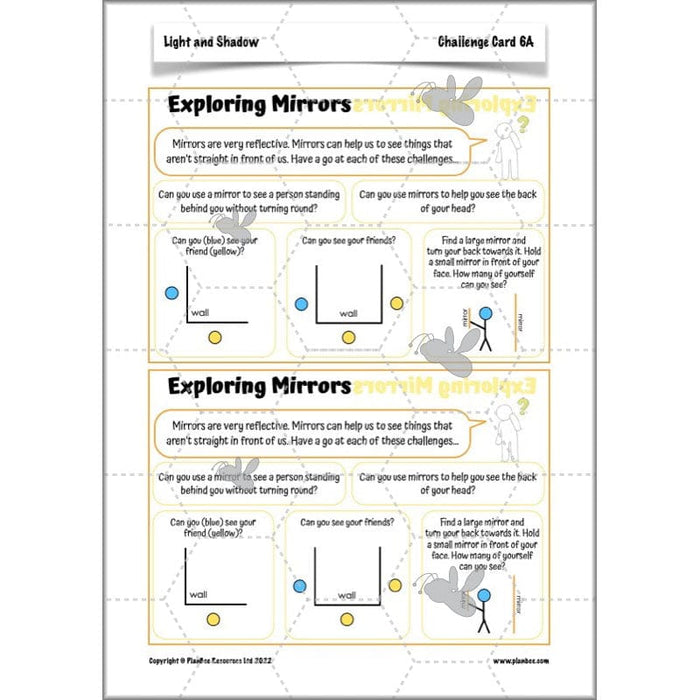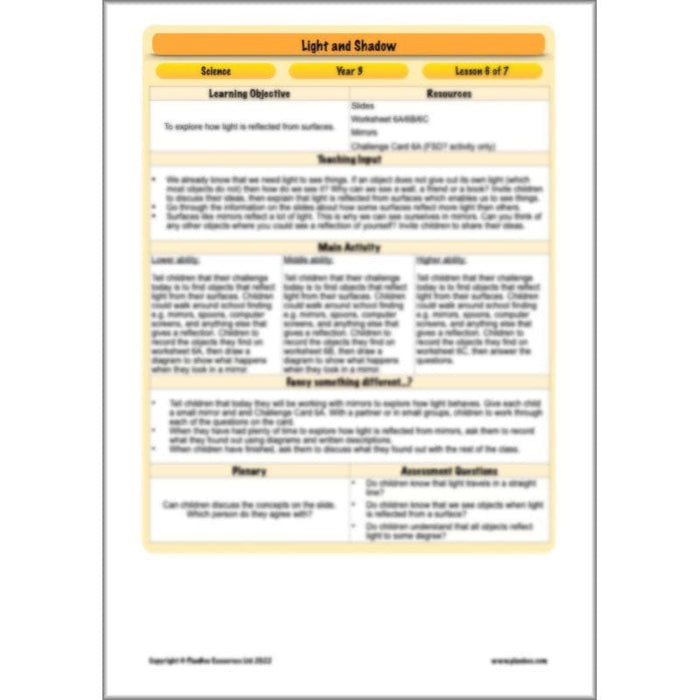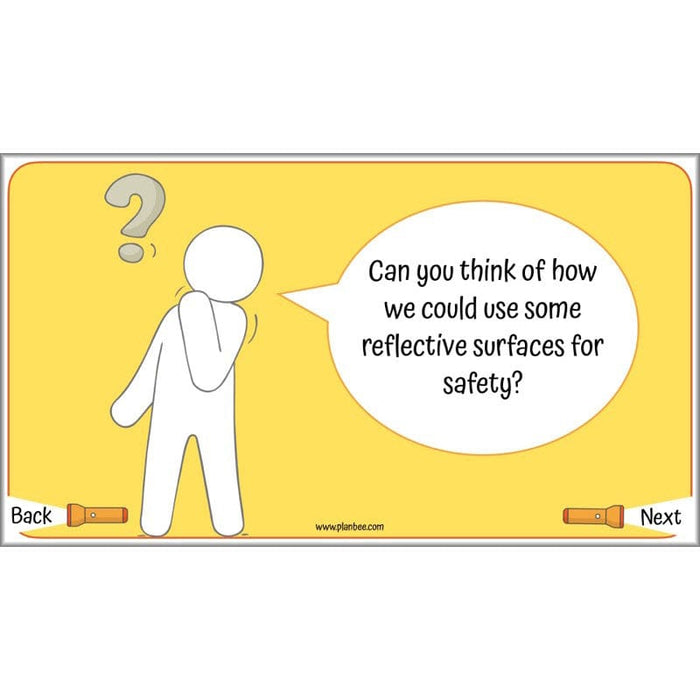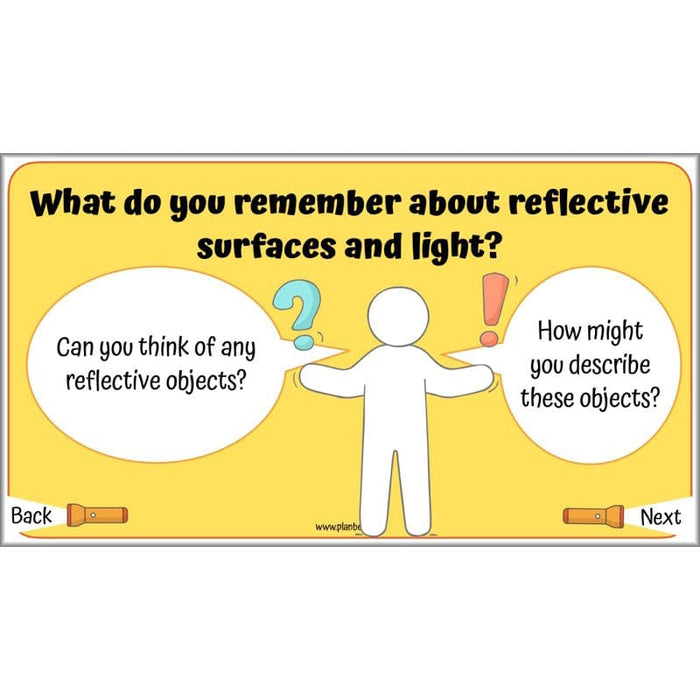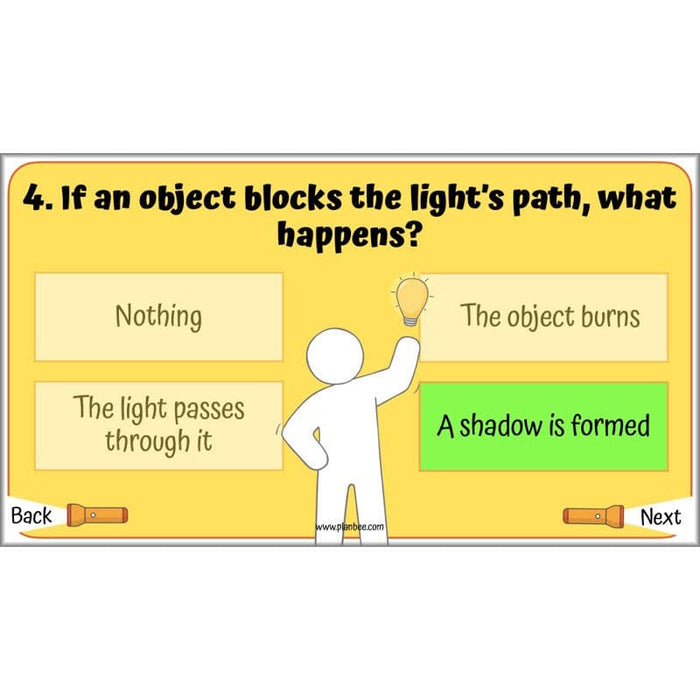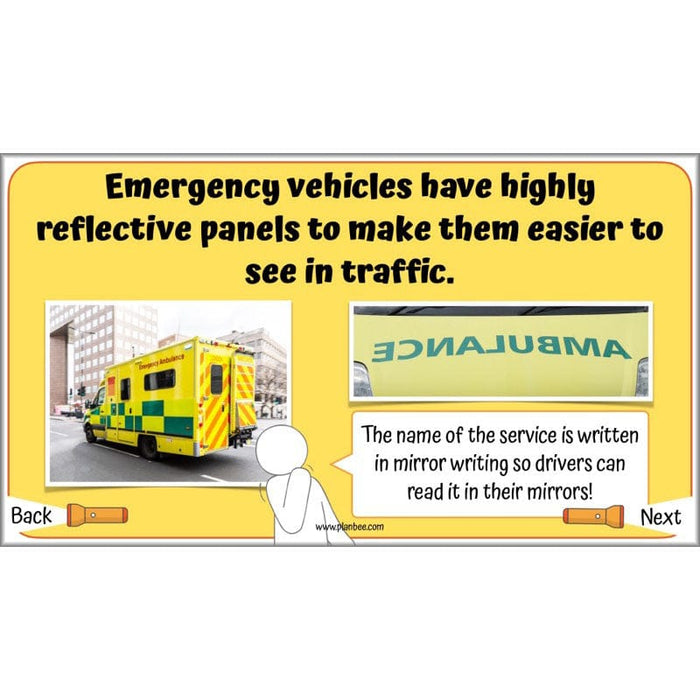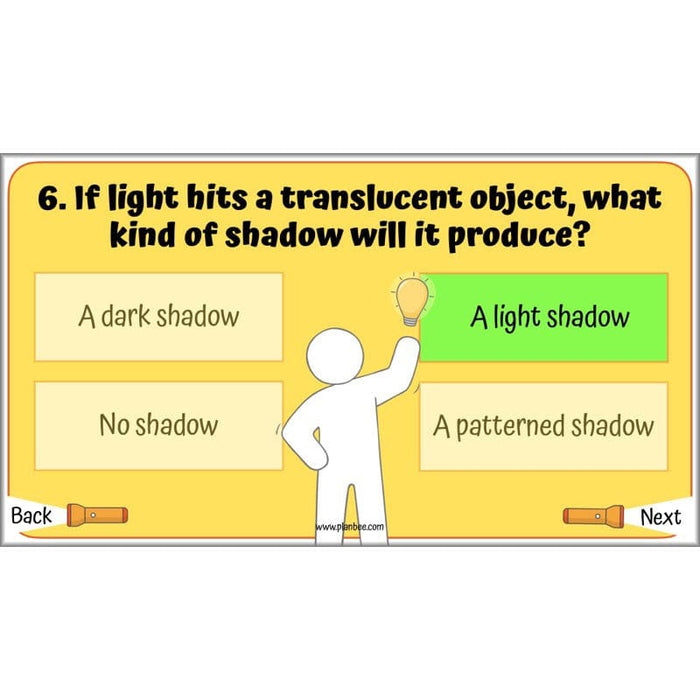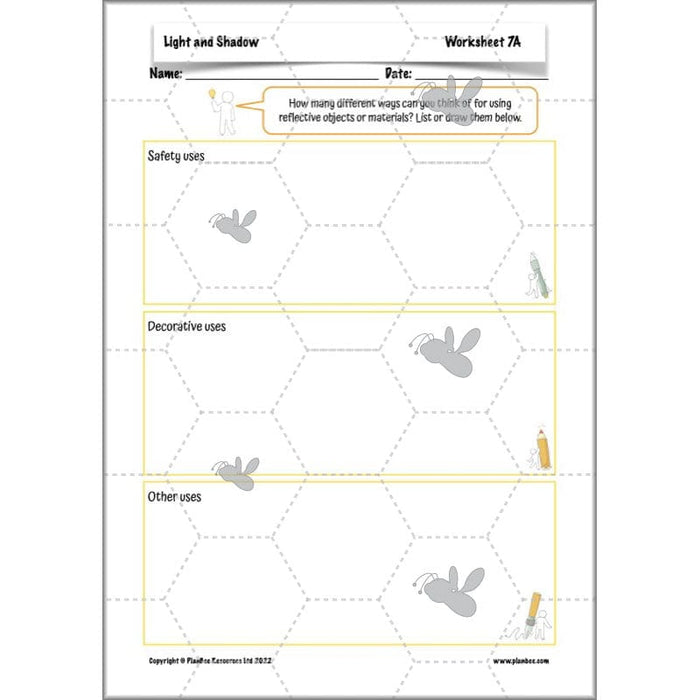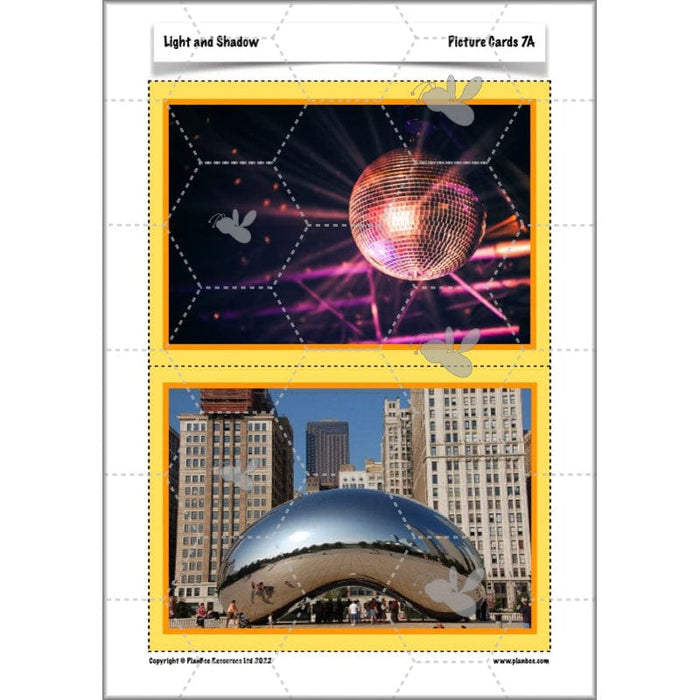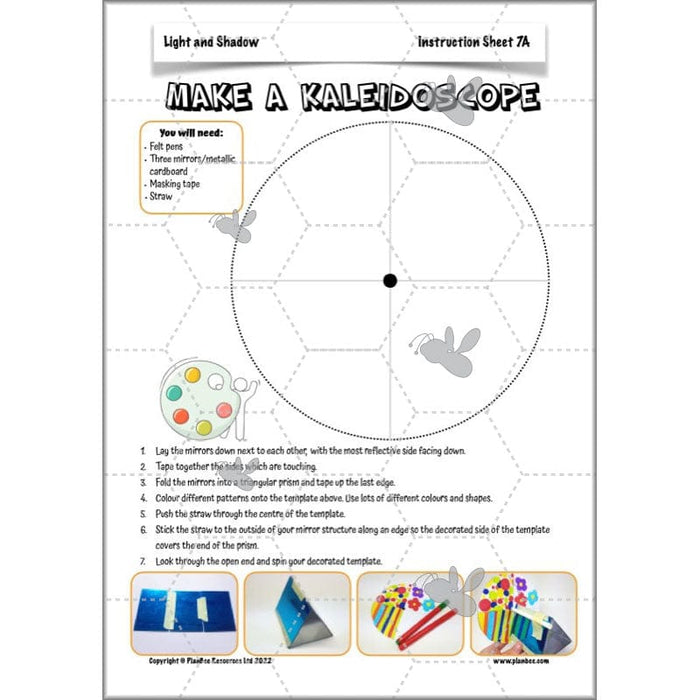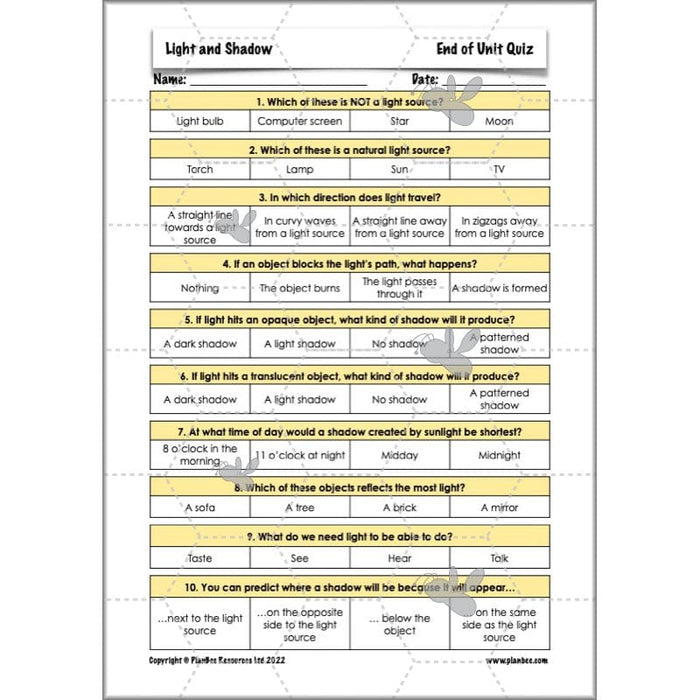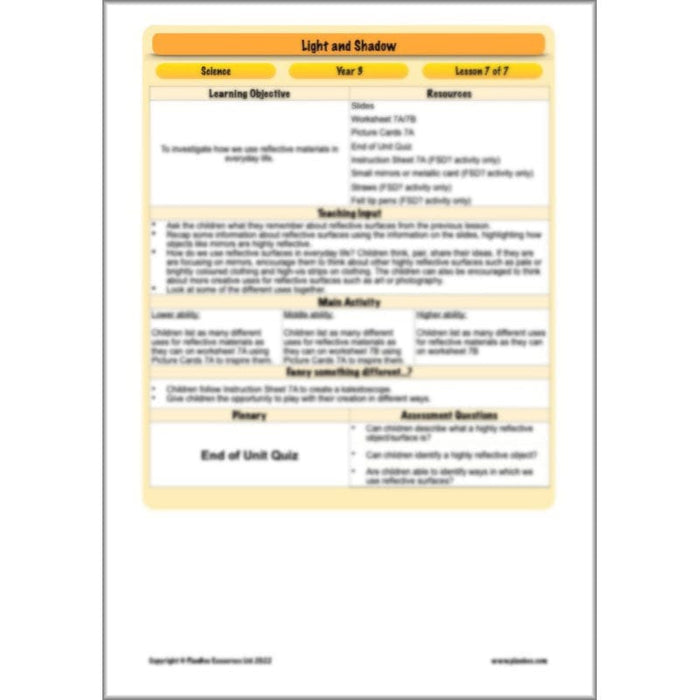Designed for Year 3/4 but easily adaptable for other age ranges, this 'Light and Sound' cross-curricular topic is great for any KS2 class to develop their knowledge of everything relating to light and sound.
Have you already purchased Light and Shadow but wish to upgrade to the topic? You are eligible for a refund on the Science scheme of work if you purchase this topic. Just contact us after your purchase.
Download a set of three Art lessons that form part of a complete Year 3/4 'Light and Sound' classic cross-curricular topic.
Download a set of two Computing lessons that form part of a complete Year 3/4 'Light and Sound' classic cross-curricular topic.
Download a set of two DT lessons that form part of a complete Year 3/4 'Light and Sound' classic cross-curricular topic.
Download a set of four Music lessons that form part of a complete Year 3/4 'Light and Sound' classic cross-curricular topic.
Download a set of seven Science lessons that form part of a complete Year 3/4 'Light and Sound' classic cross-curricular topic.
Please note that these Science lessons are identical to the 'Light and Shadow' lessons on our Science page.
What colour is light? This lesson shows your class how a prism splits white light into different colours and goes on to look at primary, secondary and tertiary colours. They will find out how these different colours can be made by mixing primary colours together using a colour wheel. These colour wheels can also be used to investigate complementary colours.
What's included:
- Lesson plan
- Slides
- Activity ideas
- Differentiated worksheets
- Colour wheel
- Picture cards
This lesson starts by exploring how and why artists incorporate light and shade into their work and goes on to develop your class's sketching skills as they practise their shading using pencils and paints. The independent learning activities within this lesson are packed full of practical activities that will help them improve their understanding of how to use shading to create depth in their artwork.
What's included:
- Lesson plan
- Slides
- Activity ideas
- Differentiated worksheets
- Shading sheets
- Picture cards
What does sound look like? After pondering this question, your class will explore sound waves and how they can be represented and then go on to create their own unique artwork to represent sound waves.
What's included:
- Lesson plan
- Slides
- Activity ideas
- Picture cards
This project looks at how different musical instruments could be made using a variety of different materials and techniques and then gives your class the chance to make and evaluate their own musical instruments, either from their own designs or using the step-by-step help sheets as a guide.
What's included:
- Lesson plan
- Slides
- Activity ideas
- Differentiated worksheets
- Differentiated help sheets
- Picture cards
After reminding your class how to construct electrical circuits to include bulbs and buzzers, this fun lesson allows them to put their design skills to the test as they design, make and evaluate a game including a circuit that lights up and makes noises. They can try their hand at creating buzzers for a game show or a wire ‘squiggle’ game!
What's included:
- Lesson plan
- Slides
- Activity ideas
- Differentiated worksheets
- Help sheet
This lesson looks at what a multimedia presentation is and what it might include before looking in more detail at how to insert sounds into a PowerPoint presentation. Children will then have the chance to try this out for themselves and even record their own sounds to include in their presentations.
What's included:
- Lesson plan
- Slides
- Activity ideas
- Presentation template
- Animal sound bytes file
This creative lesson looks at a variety of stained glass windows before giving your class the chance to design and create their own stained glass 'window' with the help of digital software.
What's included:
- Lesson plan
- Slides
- Activity ideas
- Worksheet
- Picture cards
This lessons gets your class thinking about all the musical instruments they are familiar with and challenges them to identify a variety of instruments, some of which may not be so familiar. They will then listen to a variety different instruments to find out what they sound like using the famous ‘Peter and the Wolf’ soundtrack.
What's included:
- Lesson plan
- Slides
- Activity ideas
- Differentiated worksheets
- Musical sounds templates
I'm afraid there is no way around it...this lesson will get noisy! Your class will investigate different ways of making sounds to match a description using the objects they can see around them. Can they make low, booming noises? Can they make a high, tinkly sound? Find out if you dare!
What's included:
- Lesson plan
- Slides
- Activity ideas
- Differentiated worksheets
After defining the terms 'pitch' and 'volume', your class will then improve their listening skills as they identify high, low, loud and soft notes on tuned instruments. They can even explore how jars with different amounts of water in have a different pitch...a great science link!
What's included:
- Lesson plan
- Slides
- Activity ideas
- Worksheet
This lesson consolidates the learning over the last three music lessons by giving your class the opportunity to compose, rehearse and perform a sound story by adding sounds to a written narrative. The slides go through some examples for children to try altogether before creating their own sounds to enhance the telling of a story.
What's included:
- Lesson plan
- Slides
- Activity ideas
- Differentiated worksheets
- Picture cards
This Light Year 3 lesson plan explores what the difference between light and dark is and helps your children understand that we need light in order to see. It then goes on to explore different light sources and encourages your children to find as many different examples of light sources as they can.
This Light Sources Year 3 planning pack contains a detailed lesson plan, a PDF slideshow for the teaching input and a range of handy printable resources for the children's independent learning.
What's included:
- Lesson Plan
- Slides
- Activity ideas
- Picture cards
- Differentiated worksheets
- Dark cards
This lesson focuses on the need for us to protect ourselves in the sun and how we can do that. The children will look at the best ways we can protect their skin and eyes whilst outside in the sun, and conduct an experiment on how different SPFs or amounts of suncream can block UV light.
Alternatively, the children can spread advice on how others can protect themselves and stay safe in the sun by creating posters for your school.
This Year 3 Light planning pack contains a detailed lesson plan, a PDF slideshow for the teaching input and a range of handy printable resources for your children's independent learning.
What's included:
- Lesson Plan
- Slides
- Activity ideas
- Differentiated worksheets
- Experiment instructions
- Prediction slip
This Transparent, Translucent, Opaque KS2 Science lesson begins by challenging your Year 3 class to think about what shadows are and how they are formed, before going on to consider whether all objects cast shadows.
Your class can then investigate and identify objects which are transparent, translucent and opaque during their independent learning time.
This Year 3 Light and Shadow lesson pack comes completely ready to teach. There's a lesson plan, a PDF slideshow for the teaching input, differentiated activity ideas and a range of handy printable teaching resources.
What's included:
- Lesson Plan
- Slides
- Activity ideas
- Differentiated worksheets
How do shadows change as the light source moves? How do shadows change as the light source gets nearer or further away? Your Year 3 class will have the chance to explore these questions for themselves in this lesson as they investigate how shadows behave.
The PDF slideshow for the whole-class input spends some time exploring how shadows fall in relation to the light source. During their independent learning time, they can then explore how shadows change by experimenting with torches and opaque objects.
This Year 3 Science planning pack comes with an easy-to-follow lesson plan, a PDF slideshow presentation, differentiated activity ideas and a range of printable teaching resources.
What's included:
- Lesson Plan
- Slides
- Activity ideas
- Differentiated worksheets
- Challenge cards
This Shadow Length Investigation lesson for KS2 gives your Year 3 class the opportunity to carry out a complete investigation to explore how shadows cast from the Sun change throughout the day, putting their knowledge and understanding of shadows to the test as they make predictions and draw conclusions from their results.
This Shadow Length Investigation planning pack comes completely ready for you to teach to your class. The download includes a lesson plan with differentiated activity ideas plus an alternative activity, a slideshow for the whole-class teaching input, and a range of printable teaching resources.
What's included:
- Lesson Plan
- Slides
- Activity ideas
- Differentiated worksheets
- What happens if...? cards
This Reflective Materials KS2 Science lesson for Year 3, the final lesson in this series, gets your class thinking about how they see objects that do not give out light. They will explore how light is reflected from different surfaces and recognise that some surfaces are more reflective than others. There is also the fun option of using mirrors to see if they can look round corners and spy friends they can't see!
An easy-to-follow lesson plan, a PDF slideshow for the whole-class input, differentiated activity ideas and a range of printable teaching resources are all included in the Reflective Materials lesson planning pack, meaning you can just download, teach and enjoy with your class.
What's included:
- Lesson Plan
- Slides
- Activity ideas
- Differentiated worksheets
- Challenge cards
In this Light Year 3 lesson plan, the children will think about how we use different reflective surfaces for different reasons, including keeping us safe and decorating.
The complete lesson pack includes instructions on how the children can create a basic kaleidoscope as well as a challenge to think of different uses for reflective surfaces. All the resources in this pack come as PDFs, including a lesson plan, differentiated activities and lesson input slides.
What's included:
- Lesson Plan
- Slides
- Activity ideas
- Differentiated worksheets
- Picture cards
- Instruction sheet
- End of unit quiz
<<
-
free overview (medium-term plan)
...
-
free assessment grid
...
-
curriculum objectives covered
...
>>
Download a free overview to support your teaching of this scheme of work.
Download a free, editable assessment grid to support your teaching of this scheme of work.
Art Objectives:
- KS2 - to create sketch books to record their observations
- KS2 - to improve their mastery of art and design techniques, including drawing with a range of materials
- KS2 - to improve their mastery of art and design techniques, including painting with a range of materials
Computing Objectives:
- KS2 - select, use and combine a variety of software (including internet services) on a range of digital devices to design and create a range of programs, systems and content that accomplish given goals, including collecting, analysing, evaluating and presenting data and information
DT Objectives:
- KS2 - use research and develop design criteria to inform the design of innovative, functional, appealing products that are fit for purpose, aimed at particular individuals or groups
- KS2 - generate, develop, model and communicate their ideas through discussion, annotated sketches, cross-sectional and exploded diagrams, prototypes, pattern pieces and computer-aided design
- KS2 - select from and use a wider range of tools and equipment to perform practical tasks [for example, cutting, shaping, joining and finishing], accurately
- KS2 - select from and use a wider range of materials and components, including construction materials, textiles and ingredients, according to their functional properties and aesthetic qualities
- KS2 - investigate and analyse a range of existing products
- KS2 - evaluate their ideas and products against their own design criteria and consider the views of others to improve their work
- KS2 - understand and use electrical systems in their products [for example, series circuits incorporating switches, bulbs, buzzers and motors]
Music Objectives:
- KS2 - play and perform in solo and ensemble contexts, using their voices and playing musical instruments with increasing accuracy, fluency, control and expression
- KS2 - improvise and compose music for a range of purposes using the inter-related dimensions of music
- KS2 - listen with attention to detail and recall sounds with increasing aural memory
- KS2 - appreciate and understand a wide range of high-quality live and recorded music drawn from different traditions and from great composers and musicians
Science Objectives:
Year 3/4 Working Scientifically Objectives
- asking relevant questions and using different types of scientific enquiries to answer them
- setting up simple practical enquiries, comparative and fair tests
- making systematic and careful observations and, where appropriate, taking accurate measurements using standard units, using a range of equipment, including thermometers and data loggers
- gathering, recording, classifying and presenting data in a variety of ways to help in answering questions
- recording findings using simple scientific language, drawings, labelled diagrams, keys, bar charts, and tables
- reporting on findings from enquiries, including oral and written explanations, displays or presentations of results and conclusions
- using results to draw simple conclusions, make predictions for new values, suggest improvements and raise further questions
- using straightforward scientific evidence to answer questions or to support their findings
Year 3 Forces Objectives
- recognise that they need light in order to see things and that dark is the absence of light
- notice that light is reflected from surfaces
- recognise that light from the sun can be dangerous and that there are ways to protect their eyes
- recognise that shadows are formed when the light from a light source is blocked by a solid object
- find patterns in the way that the size of shadows change
